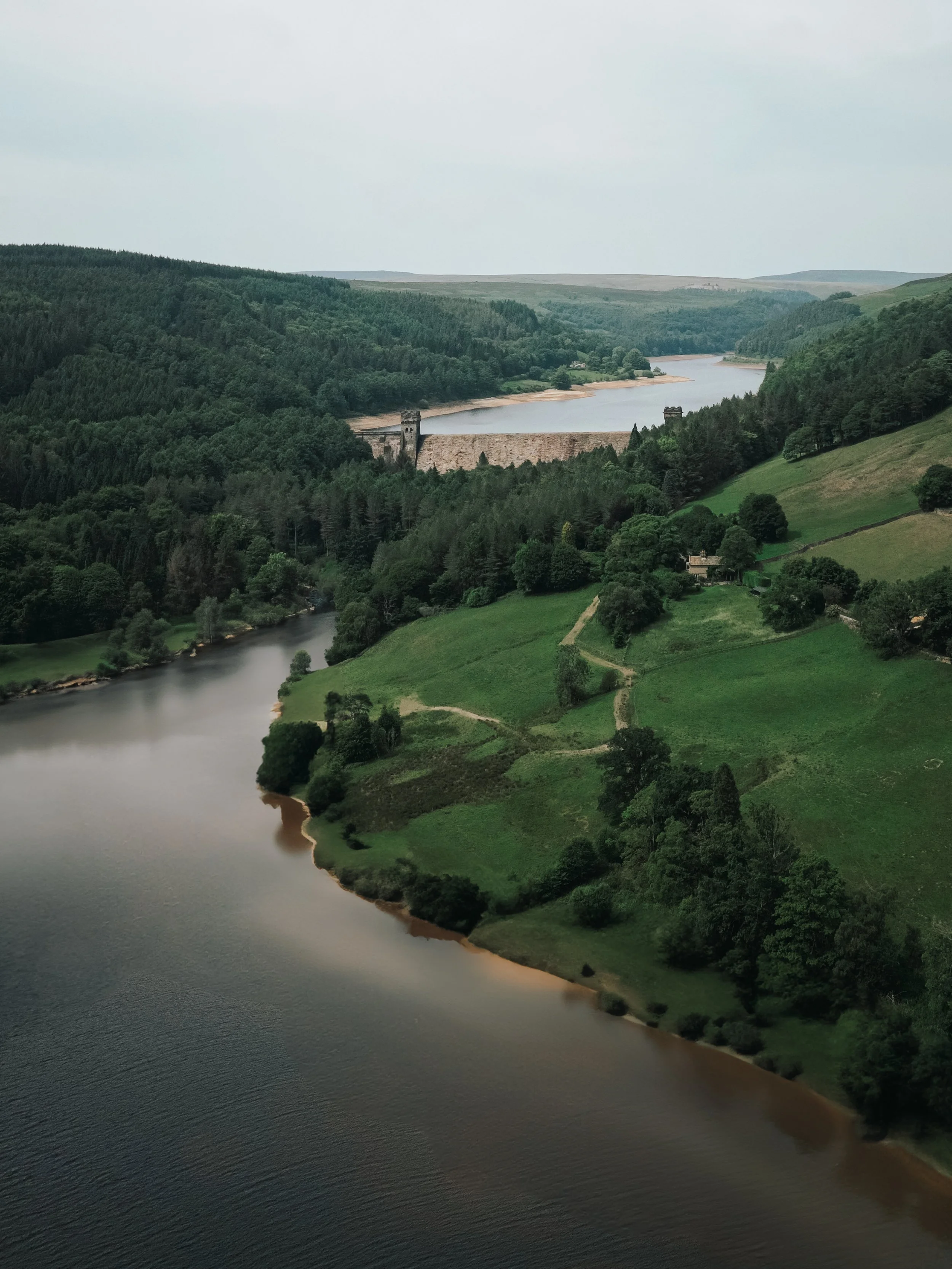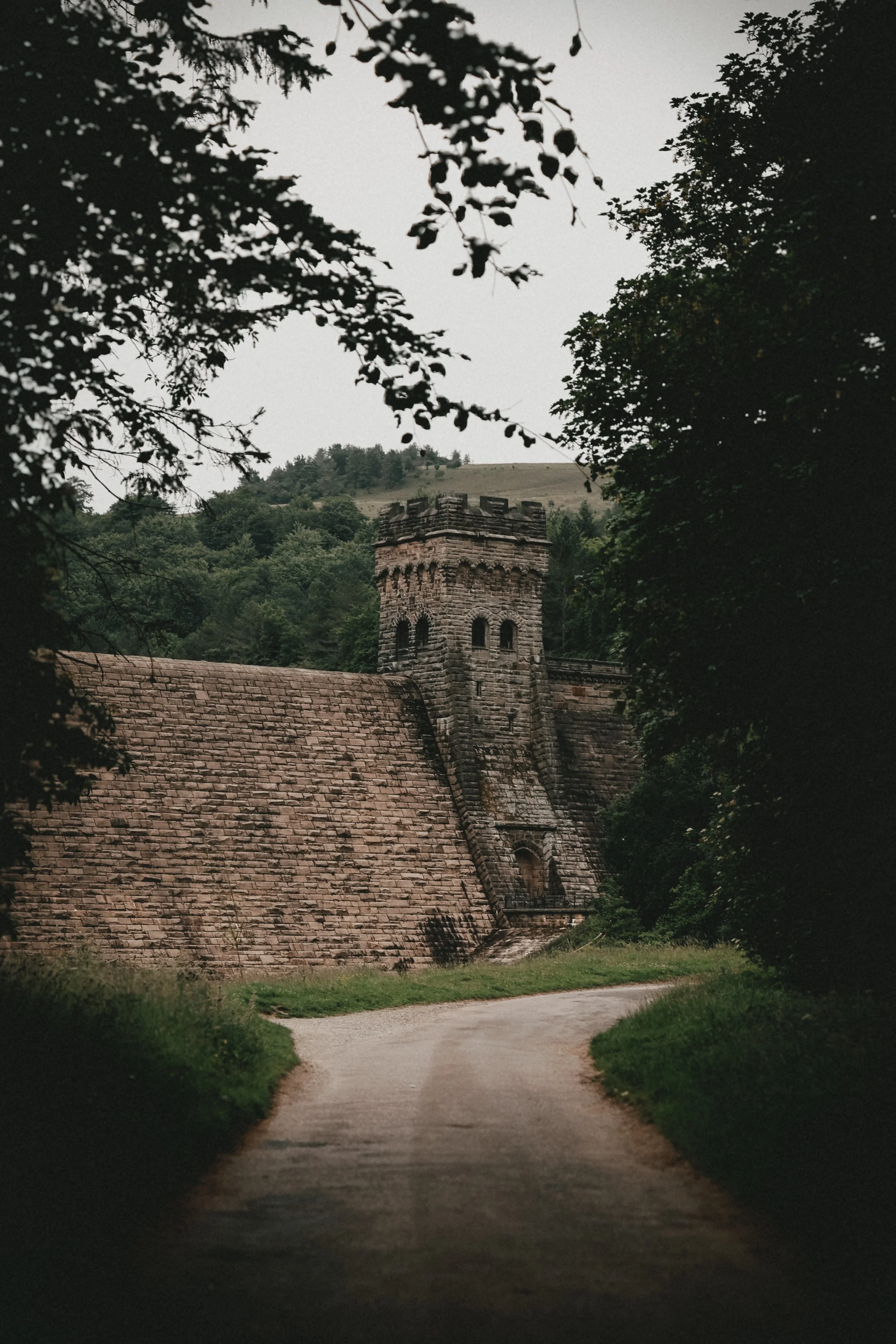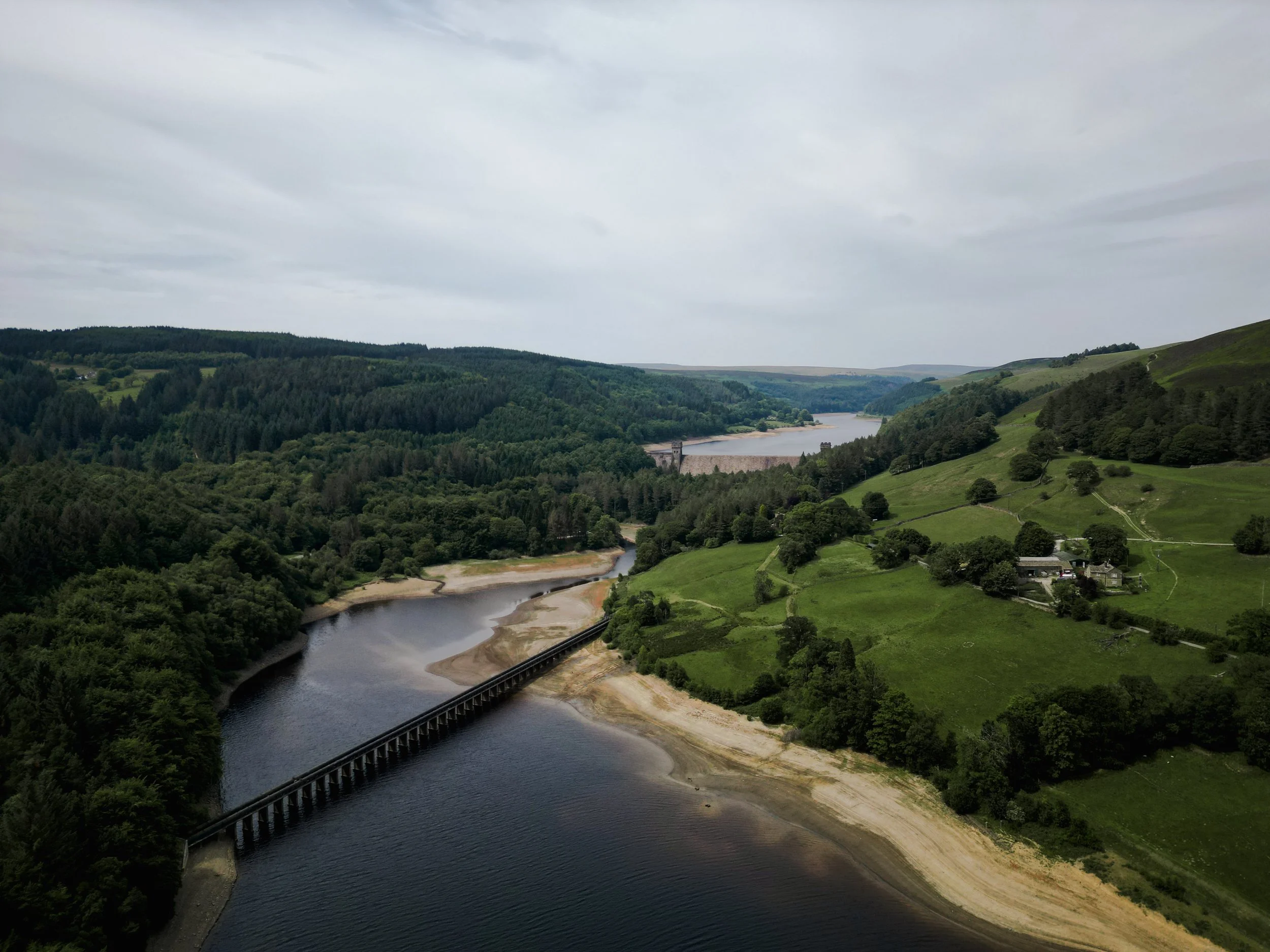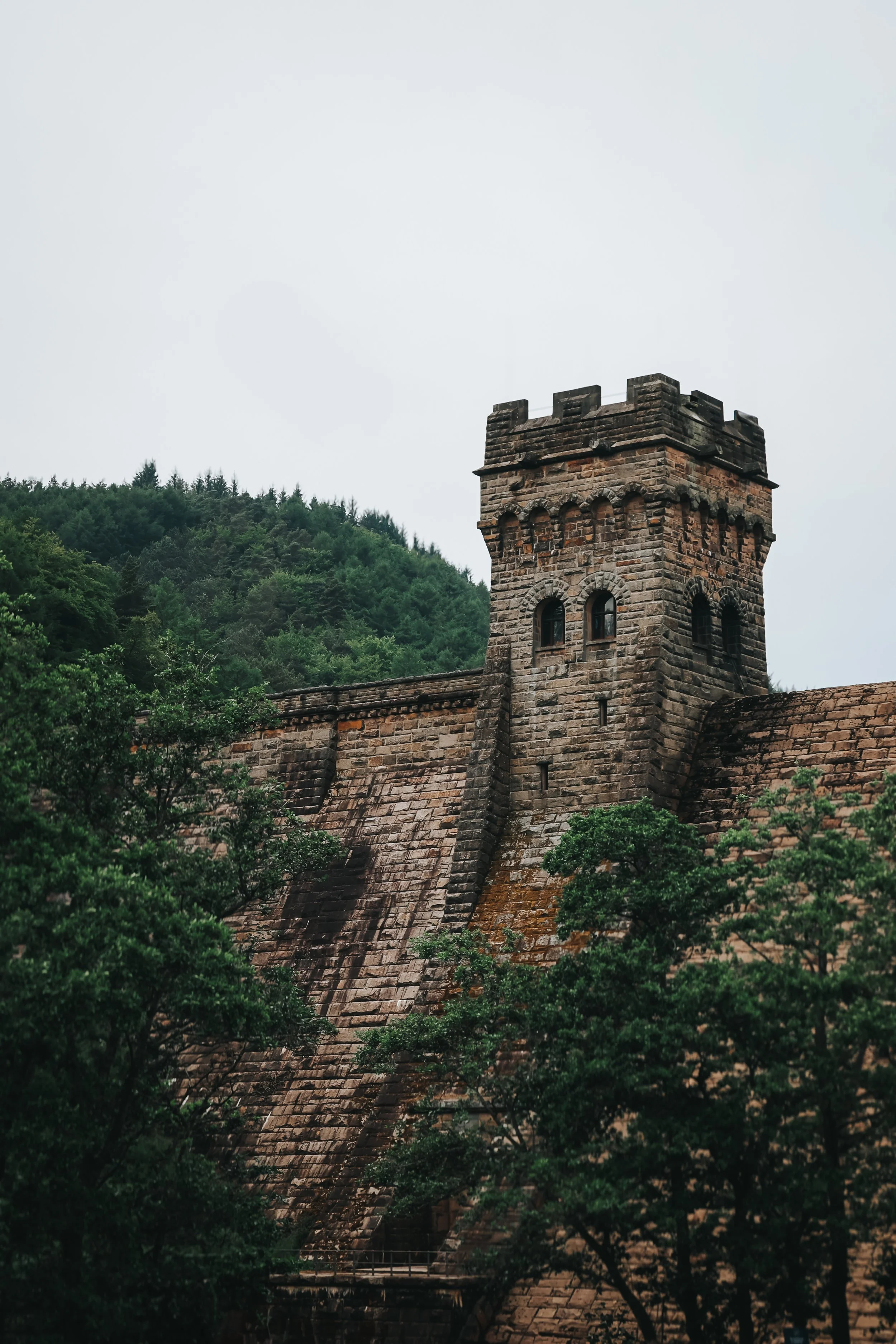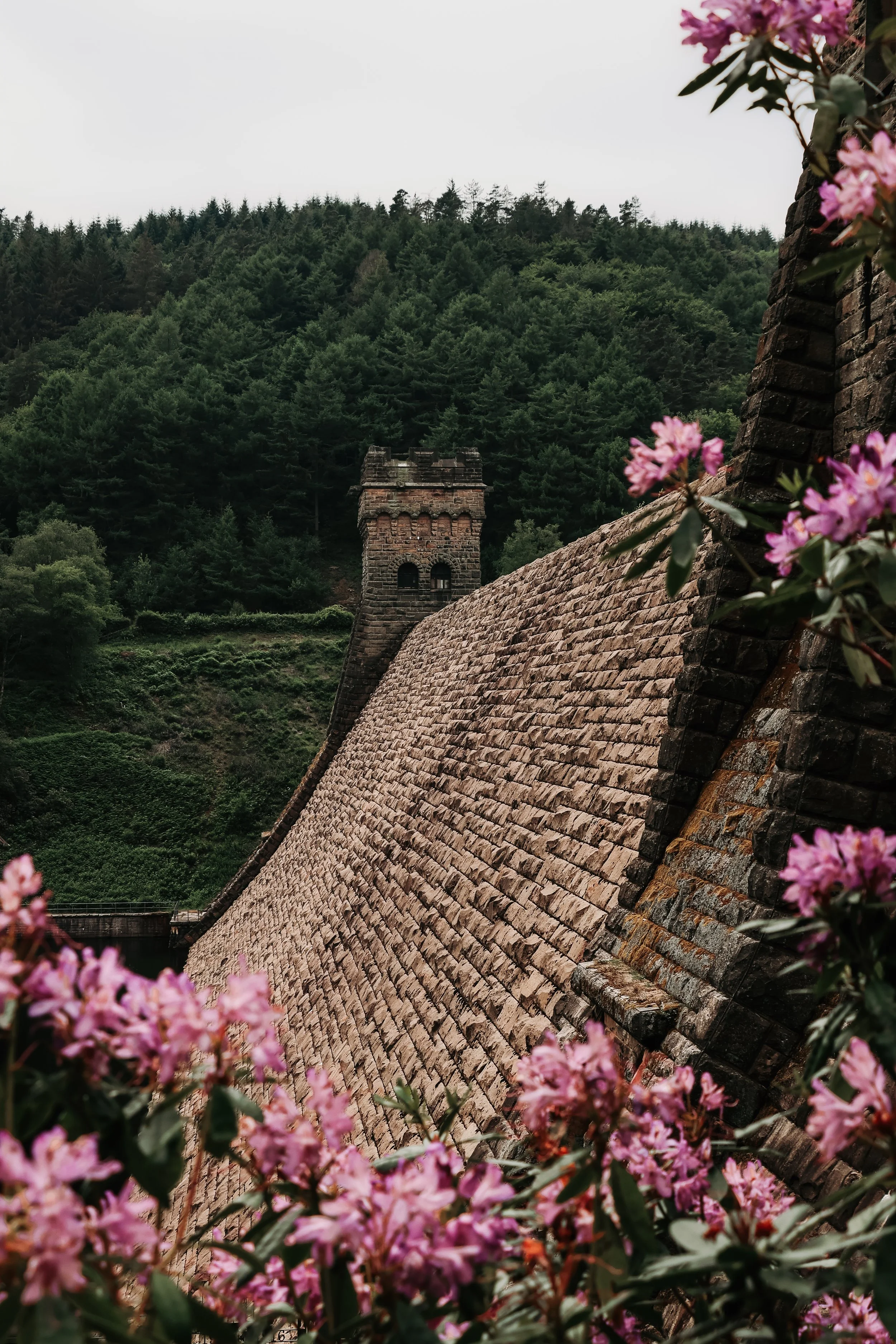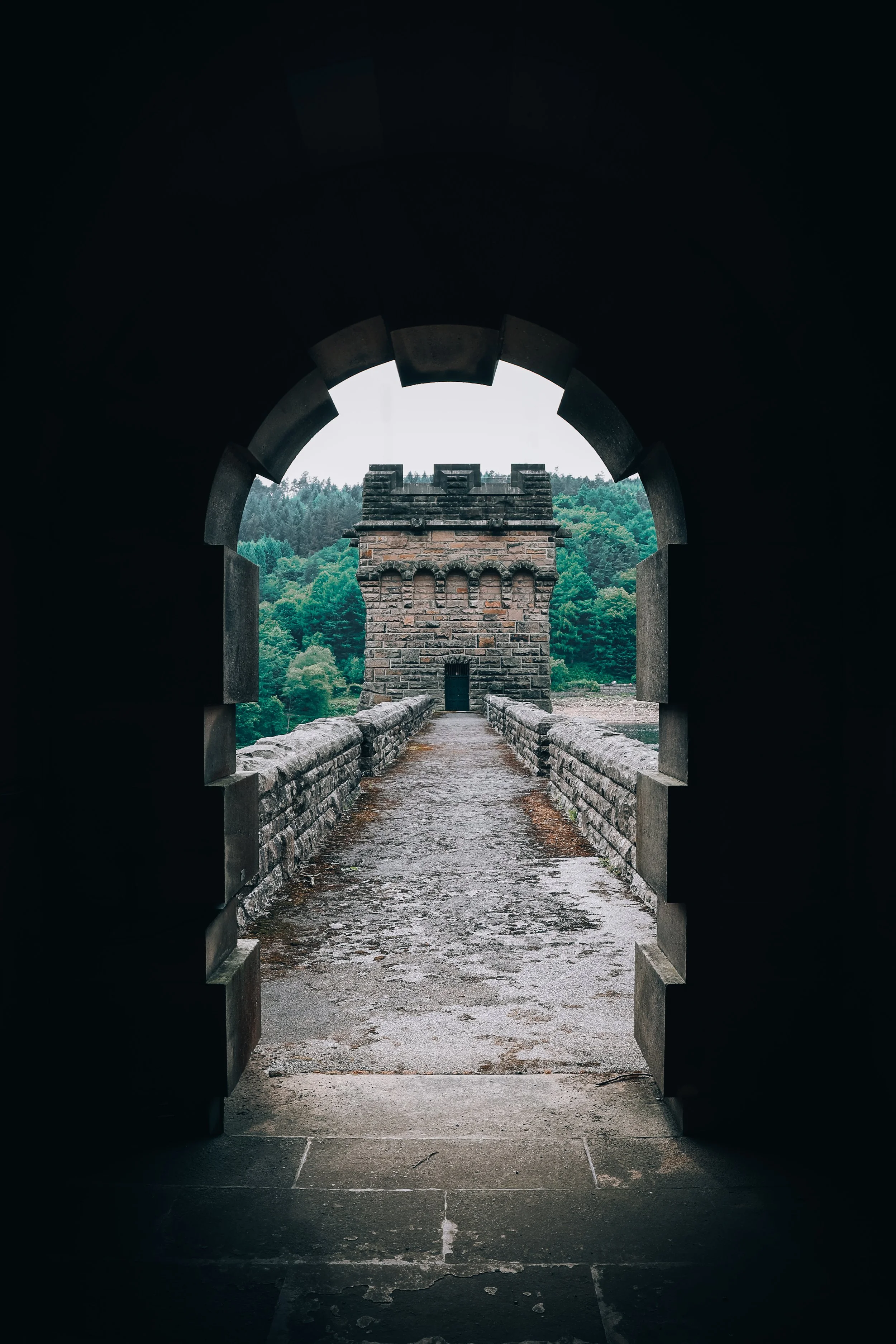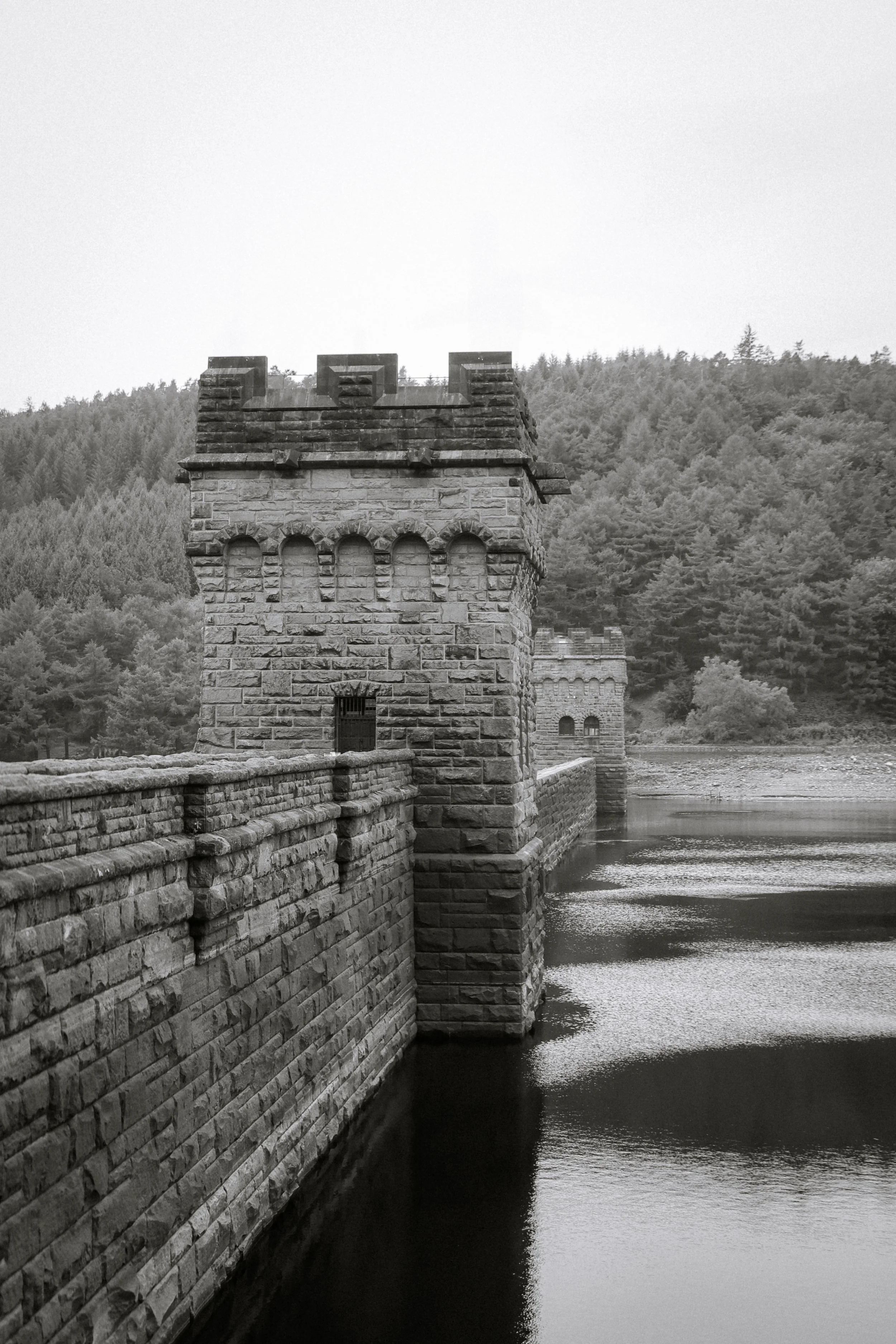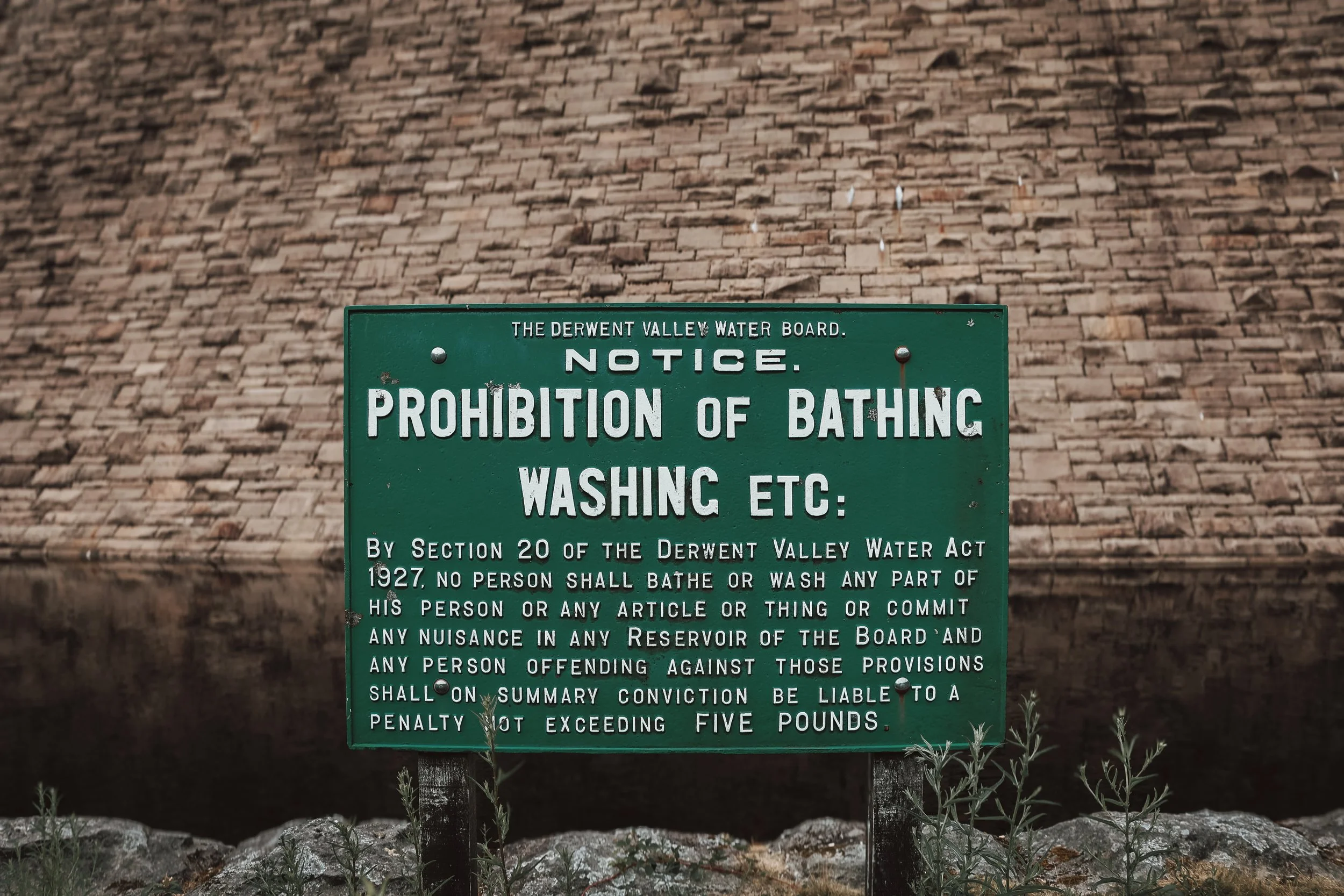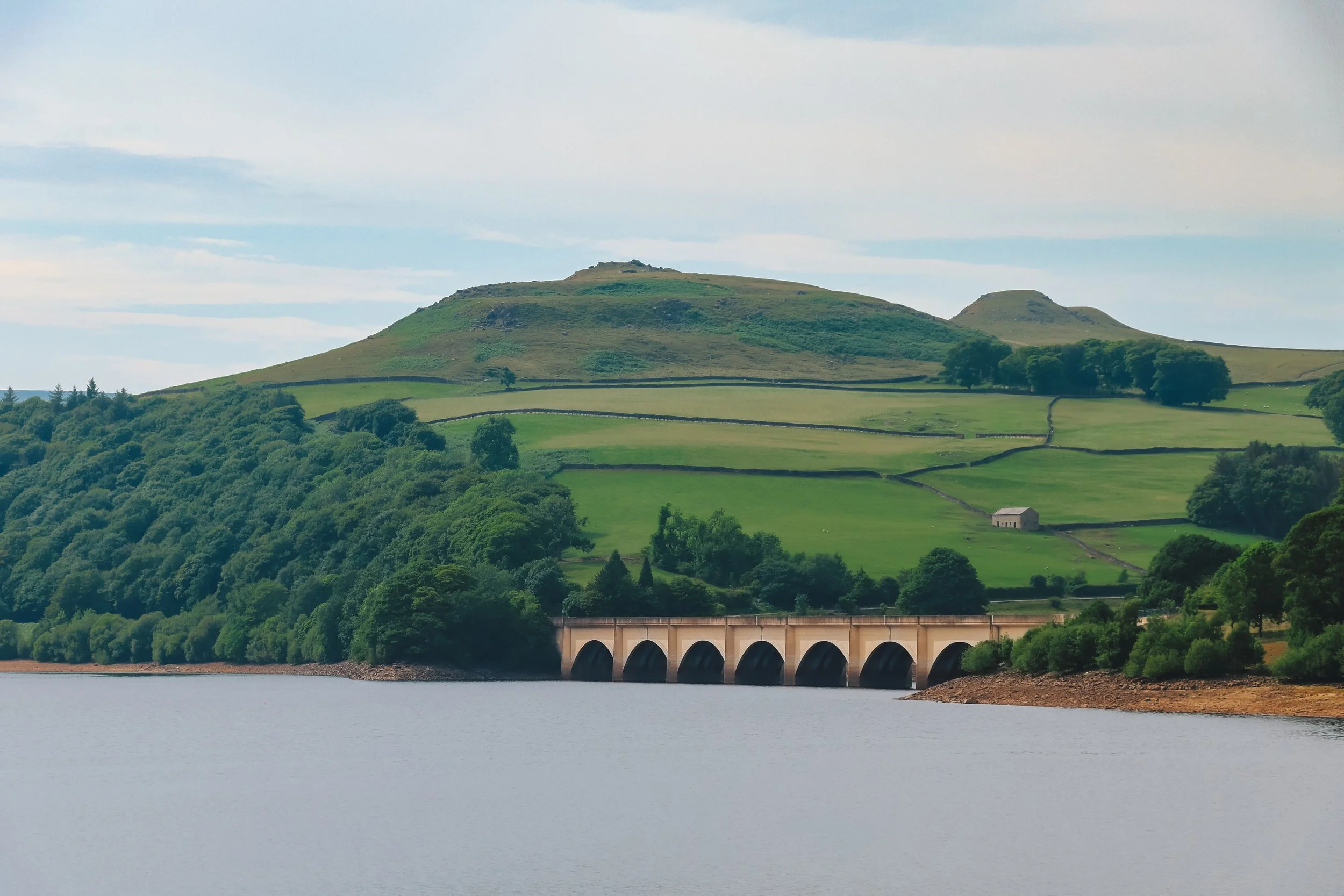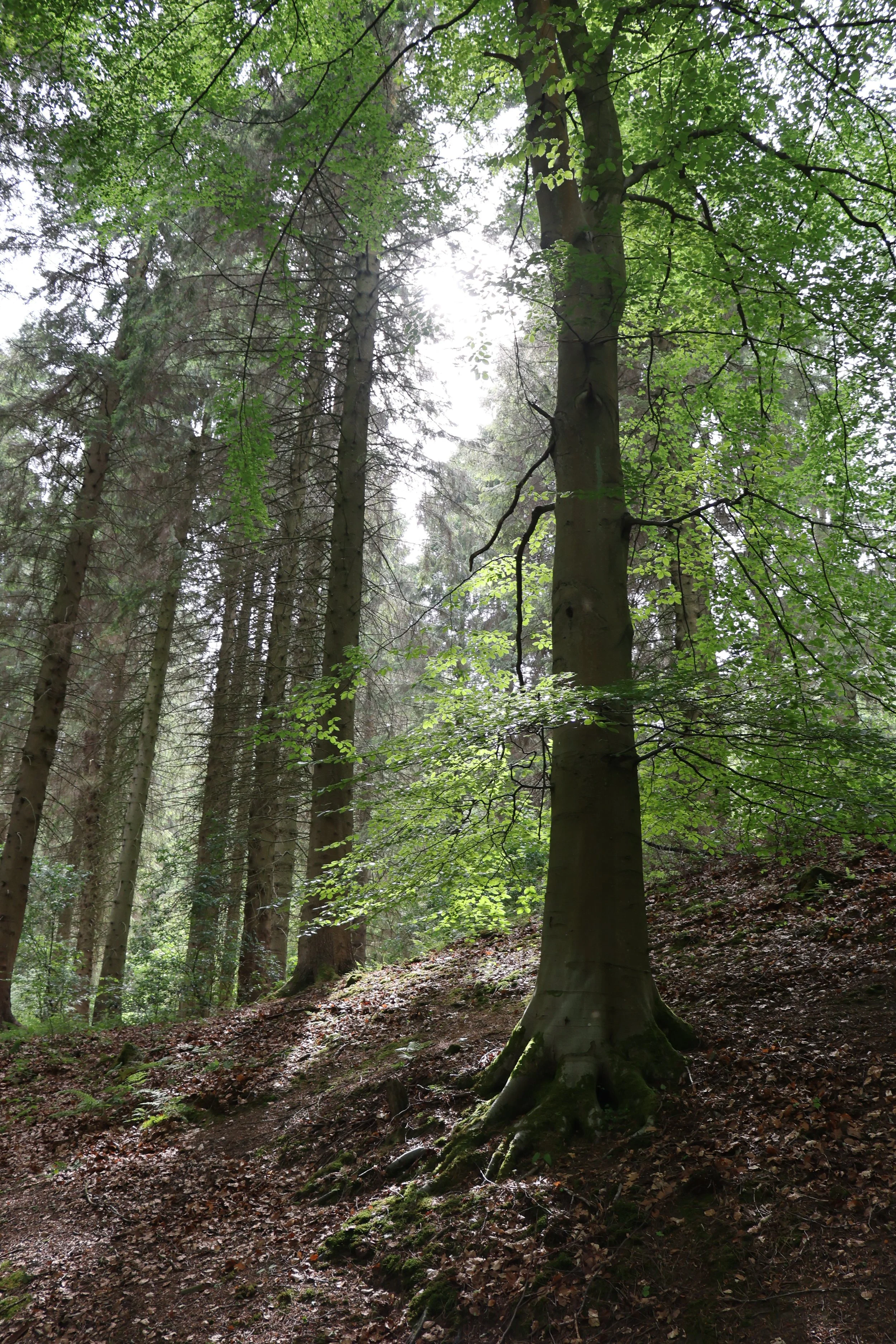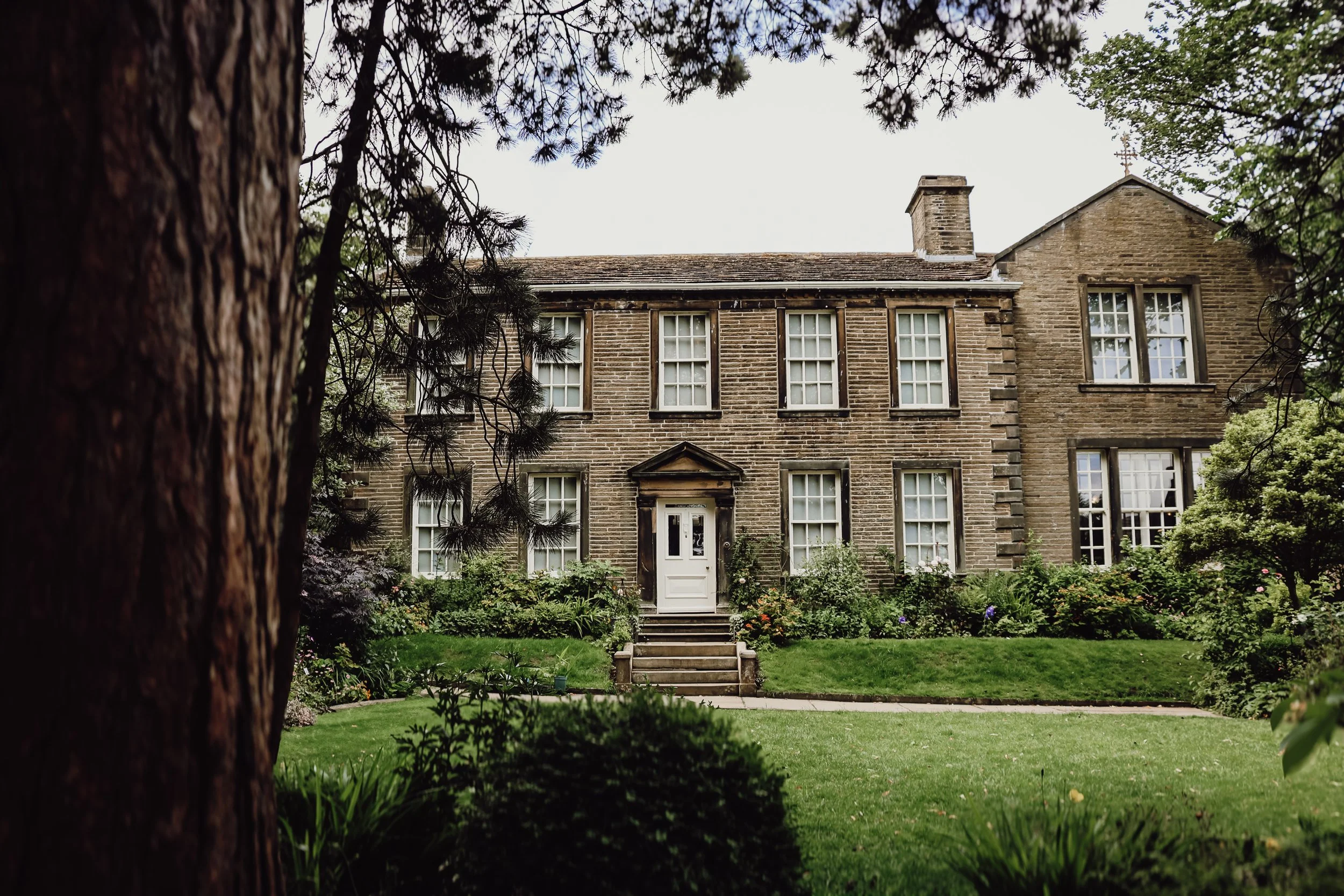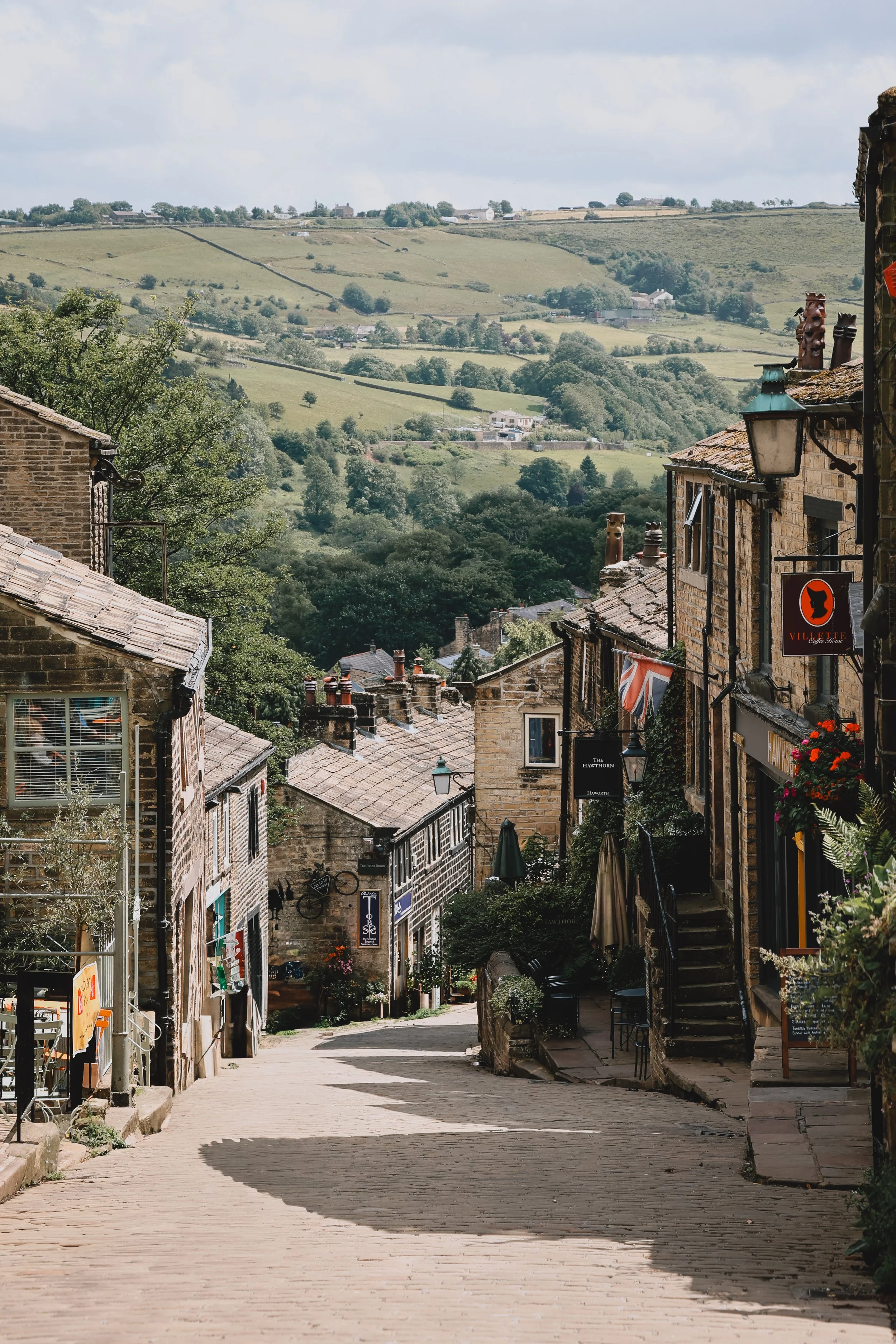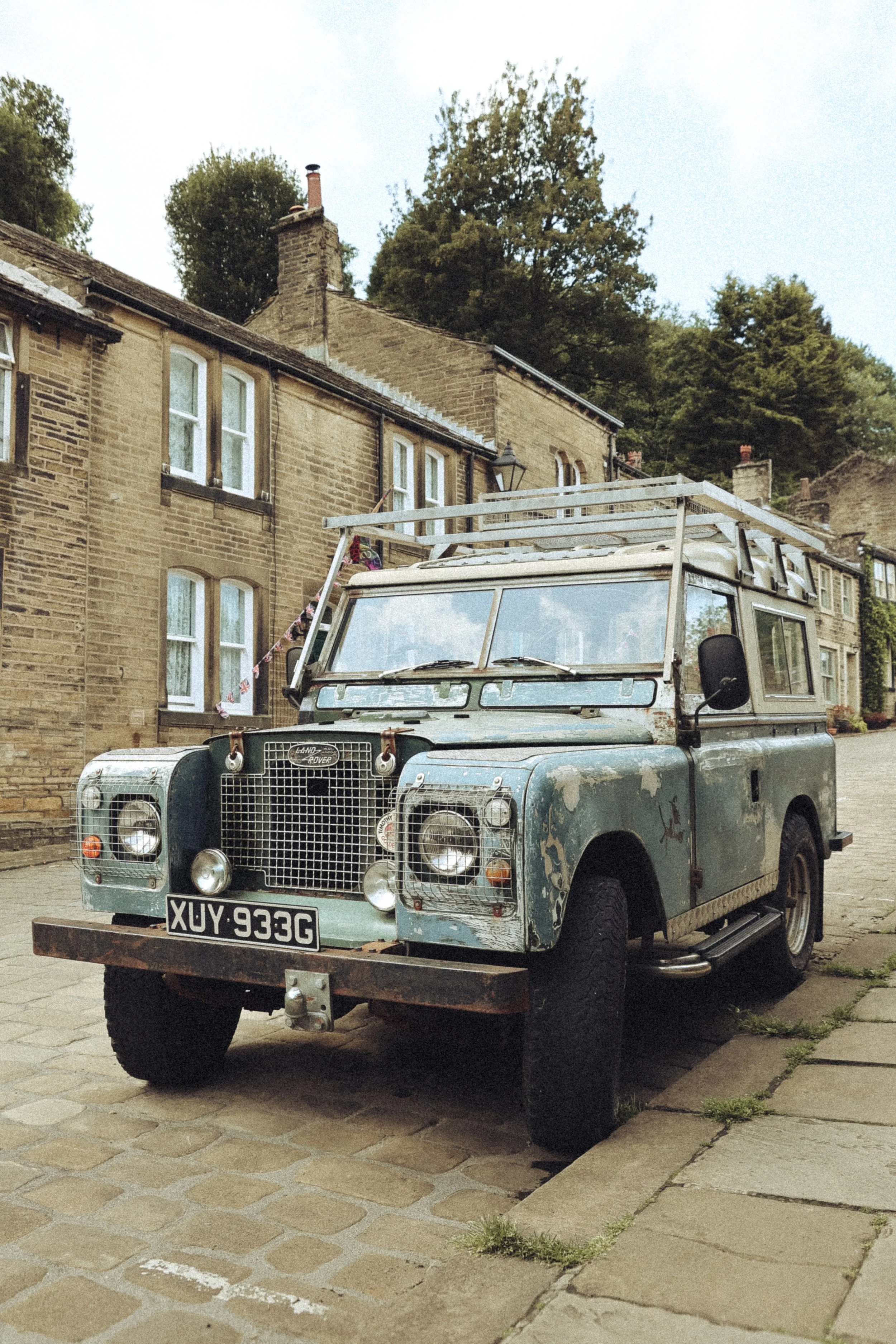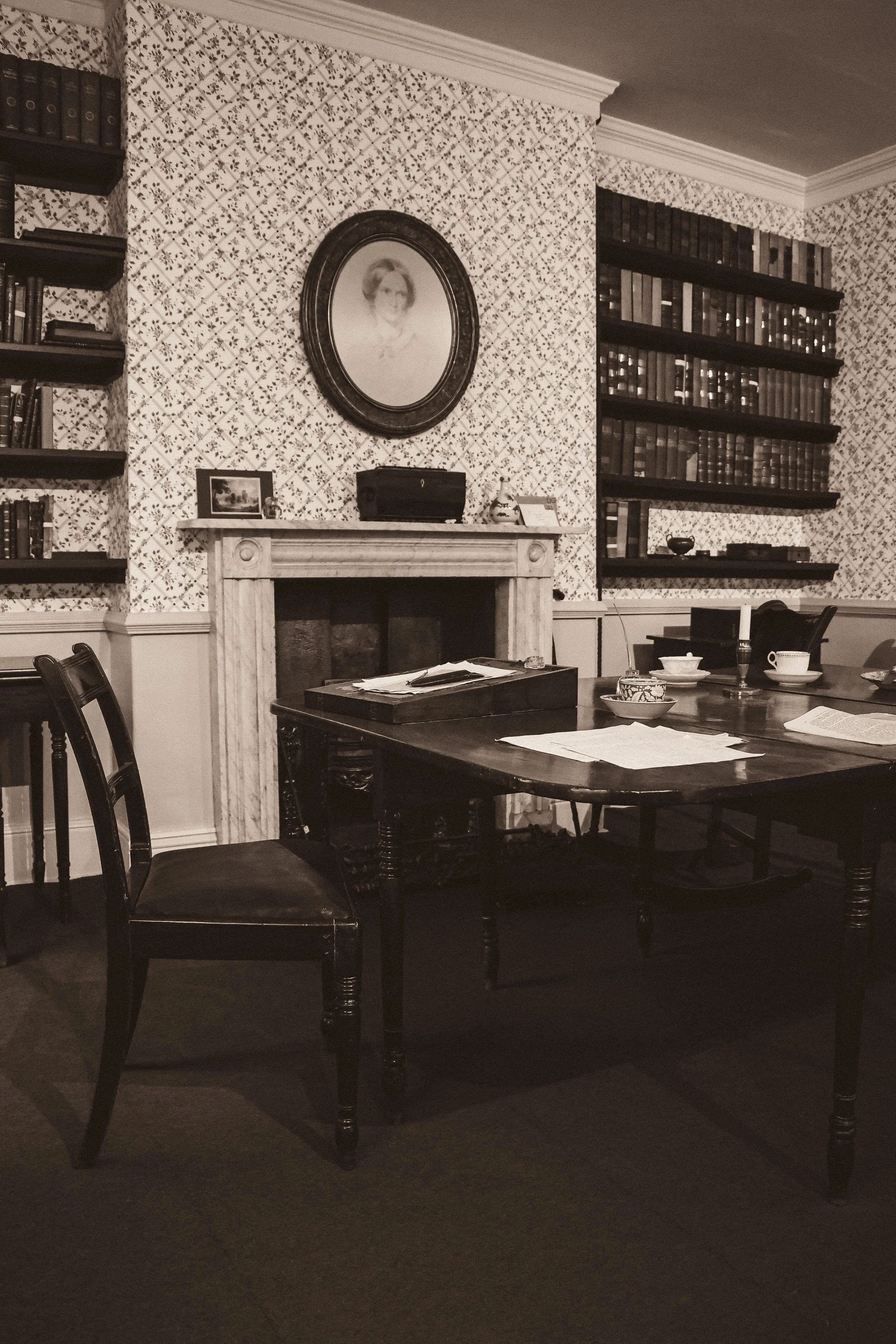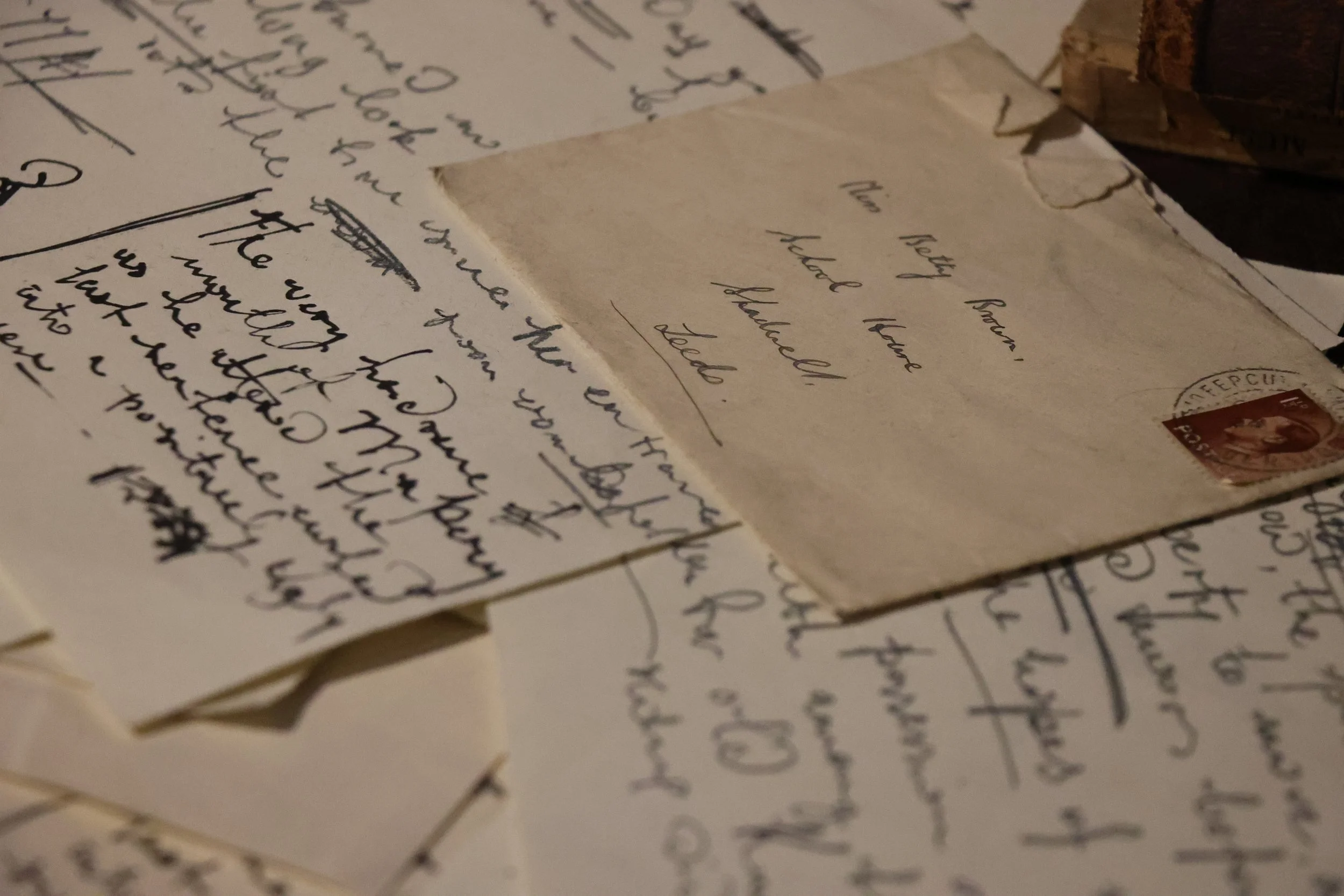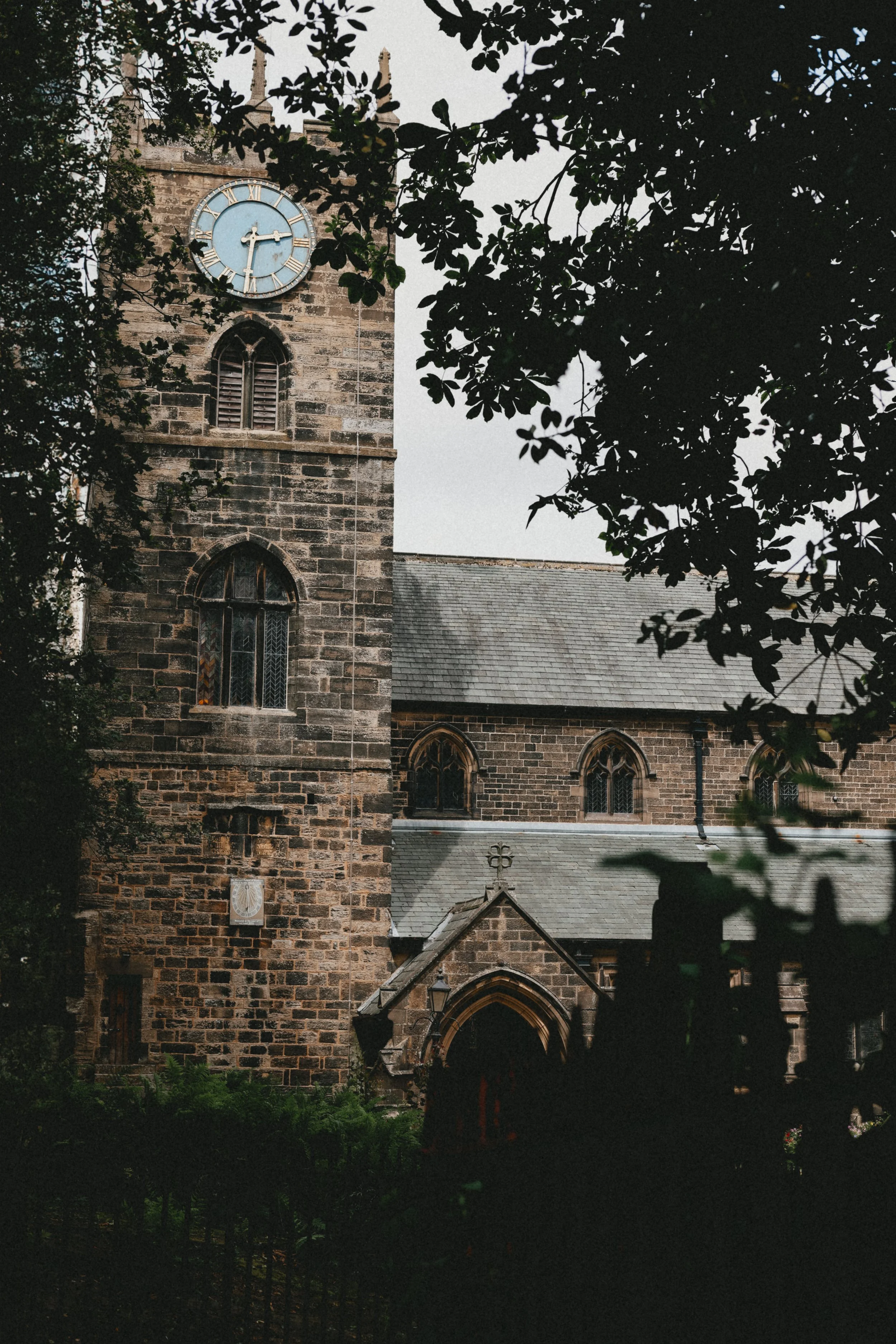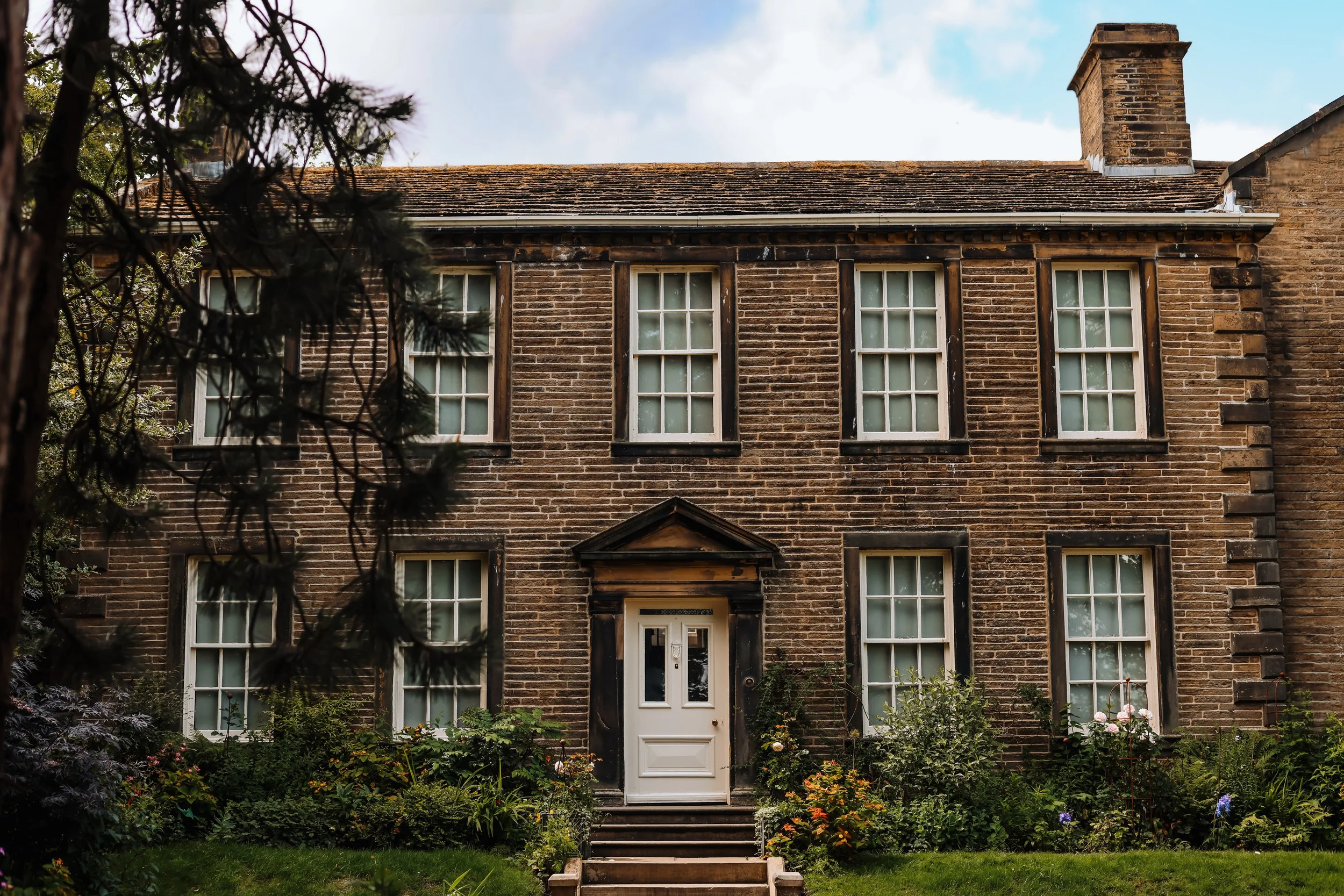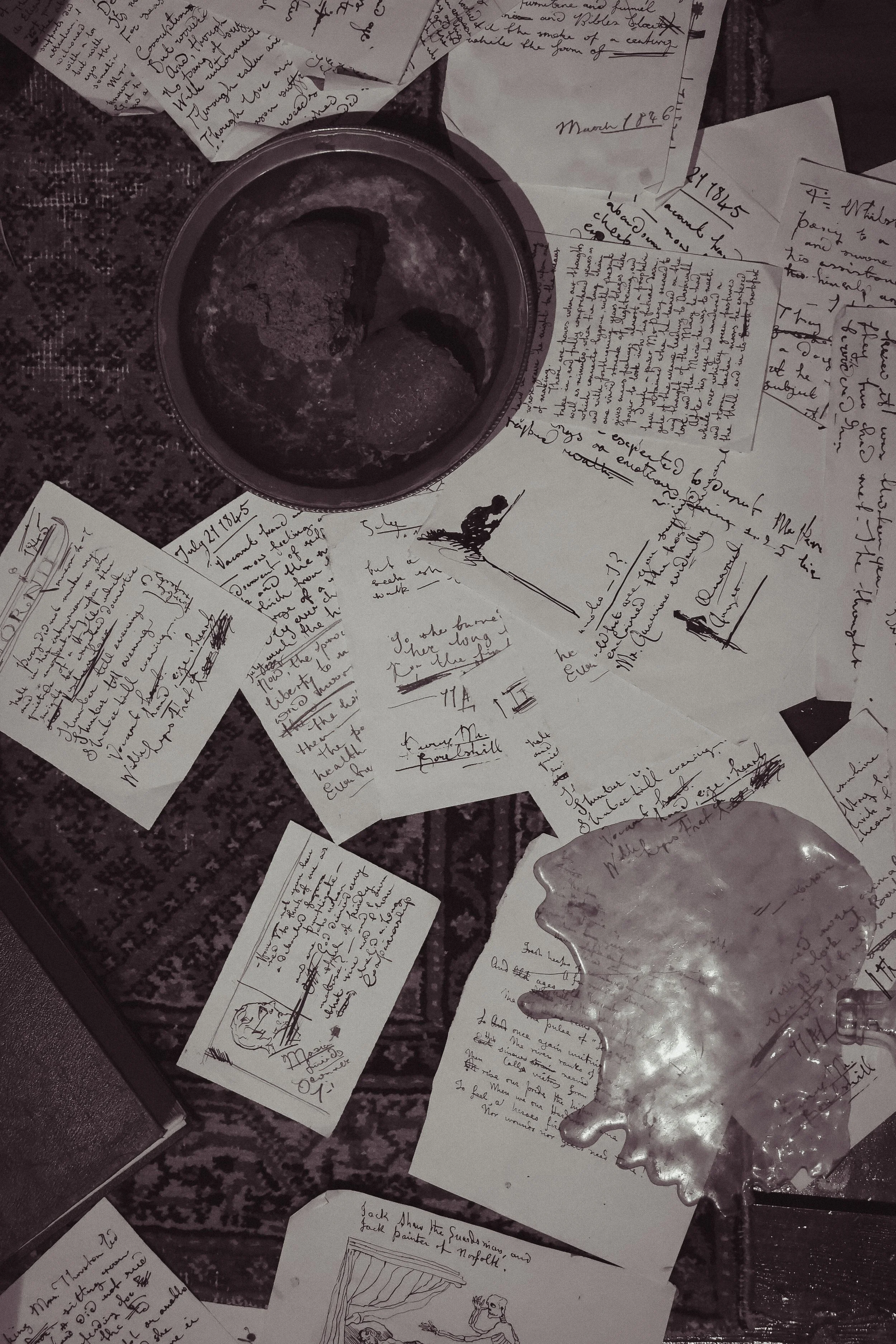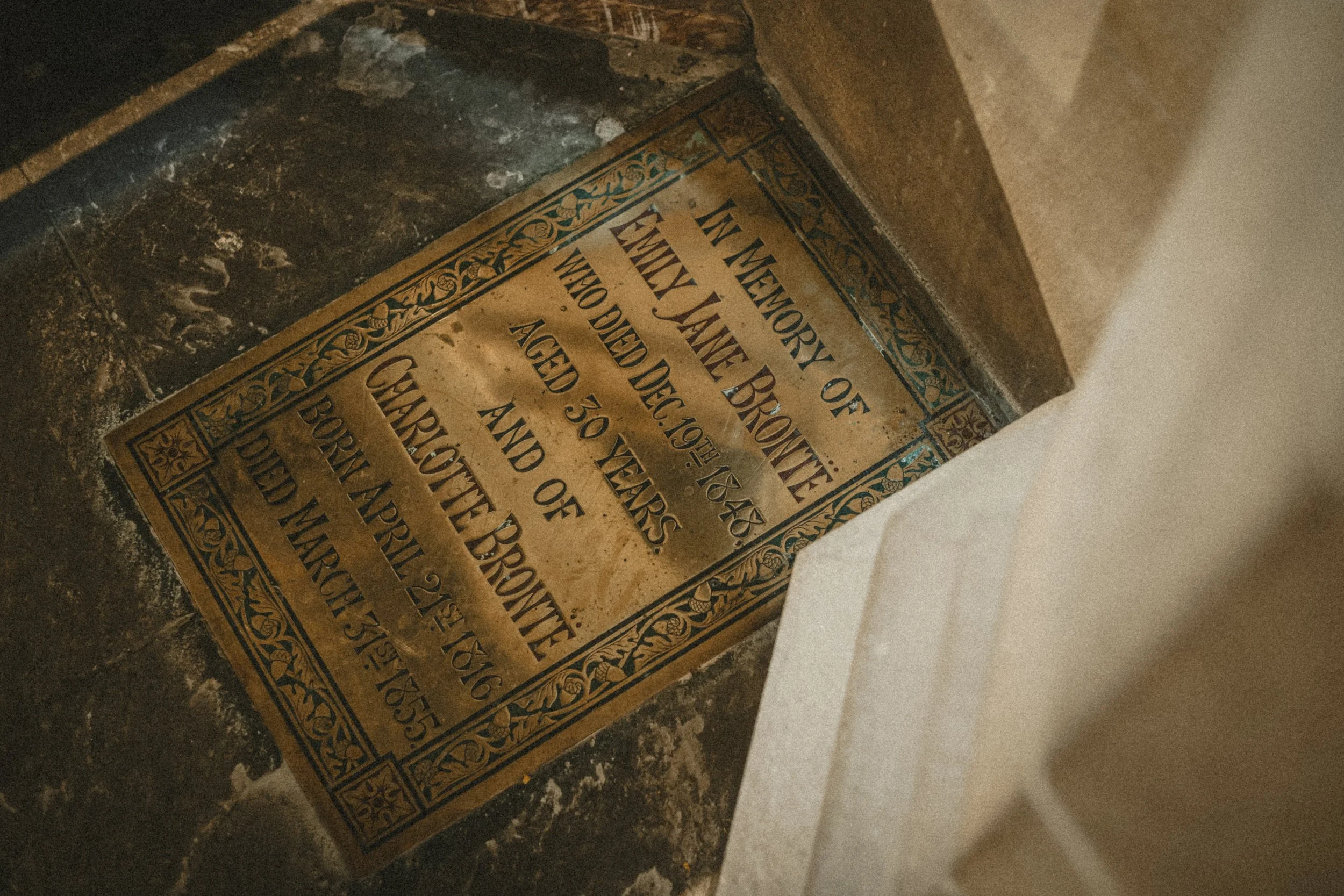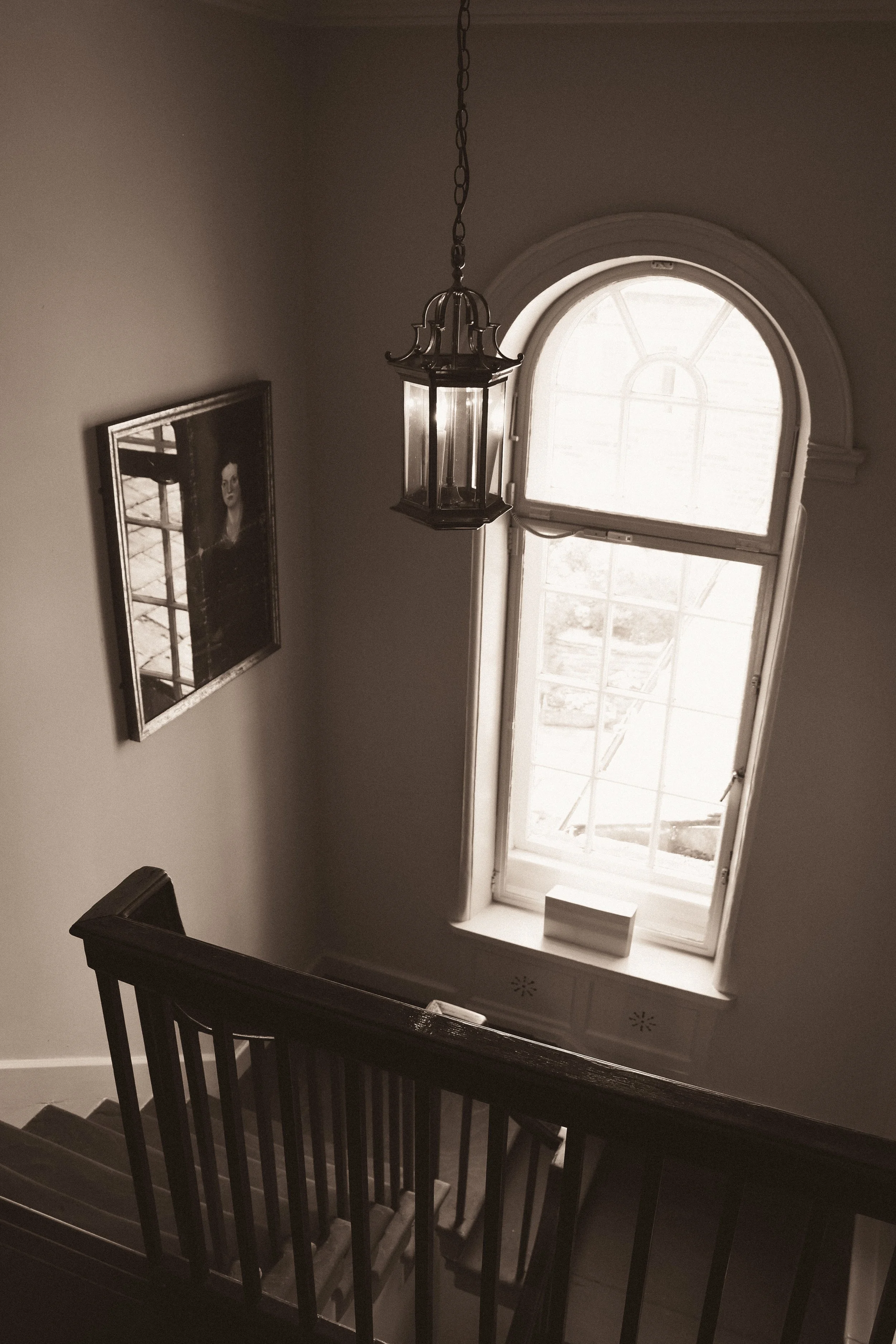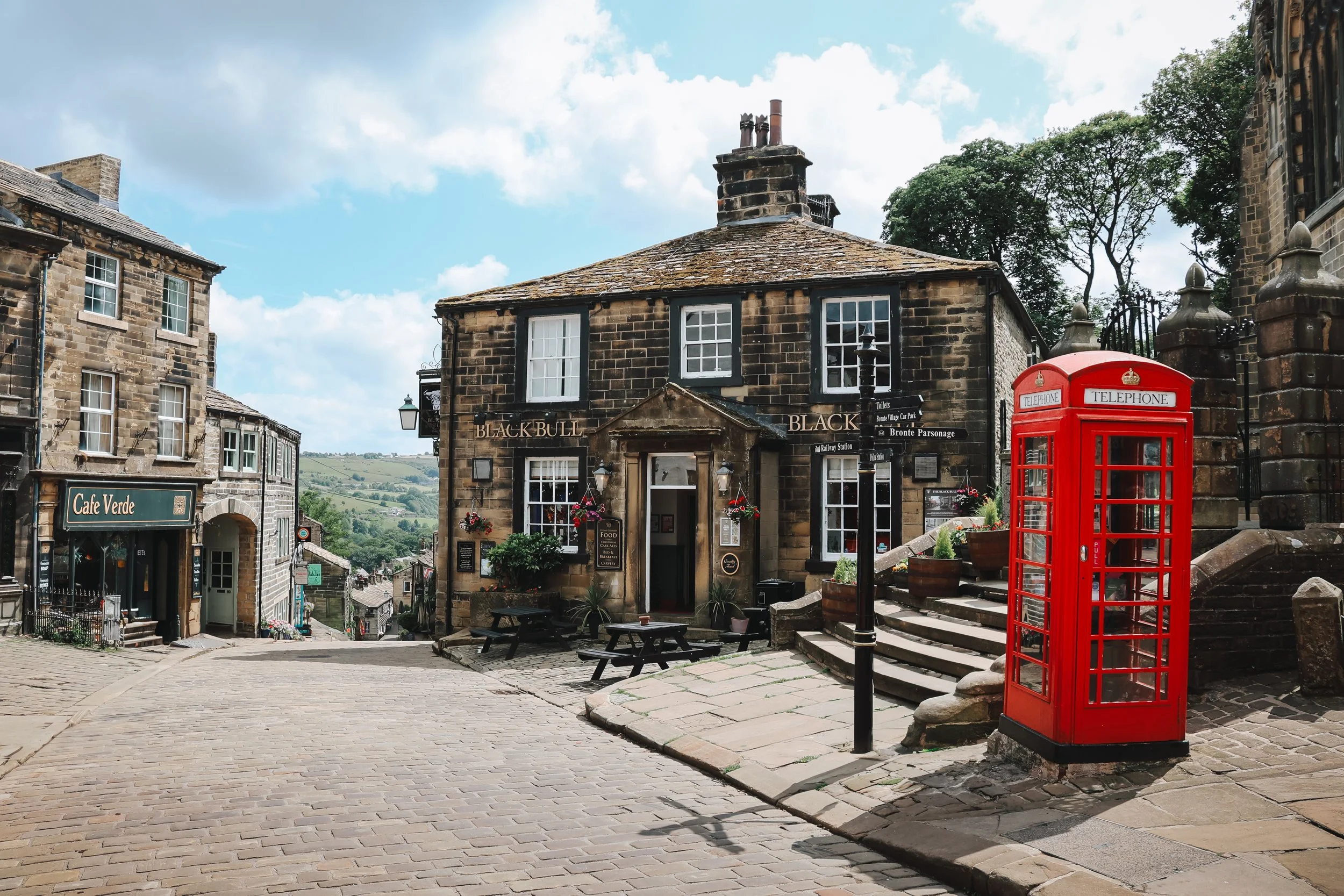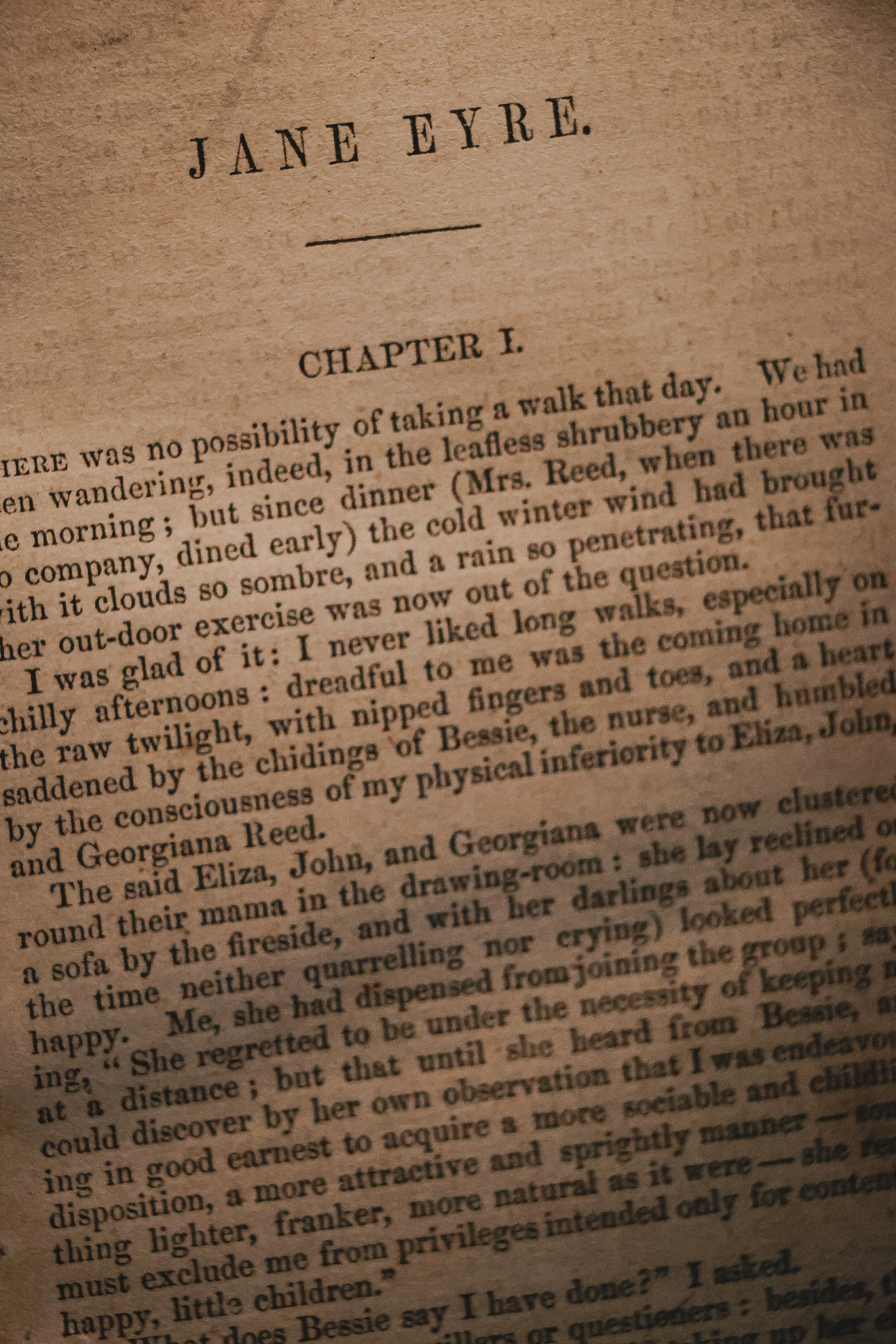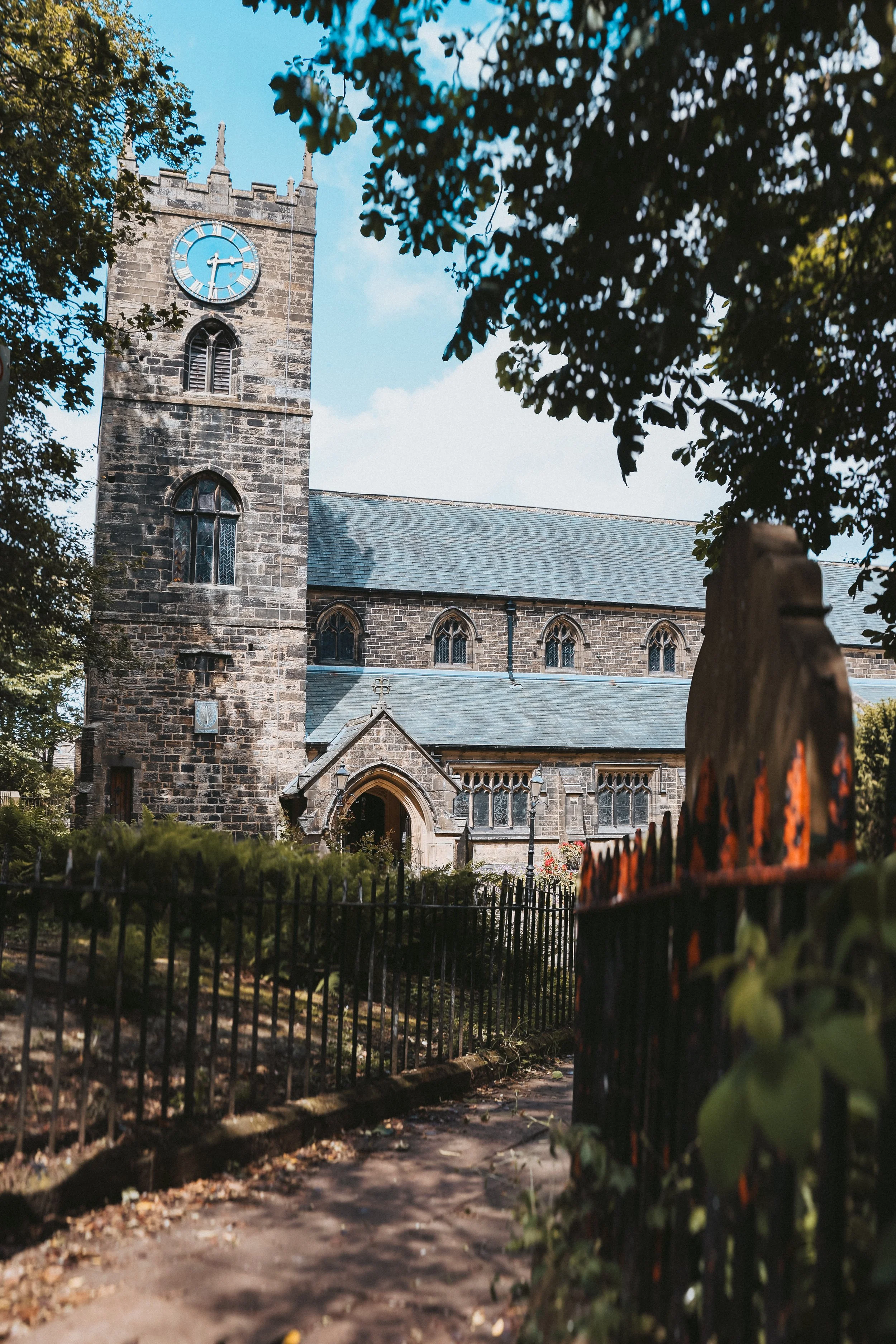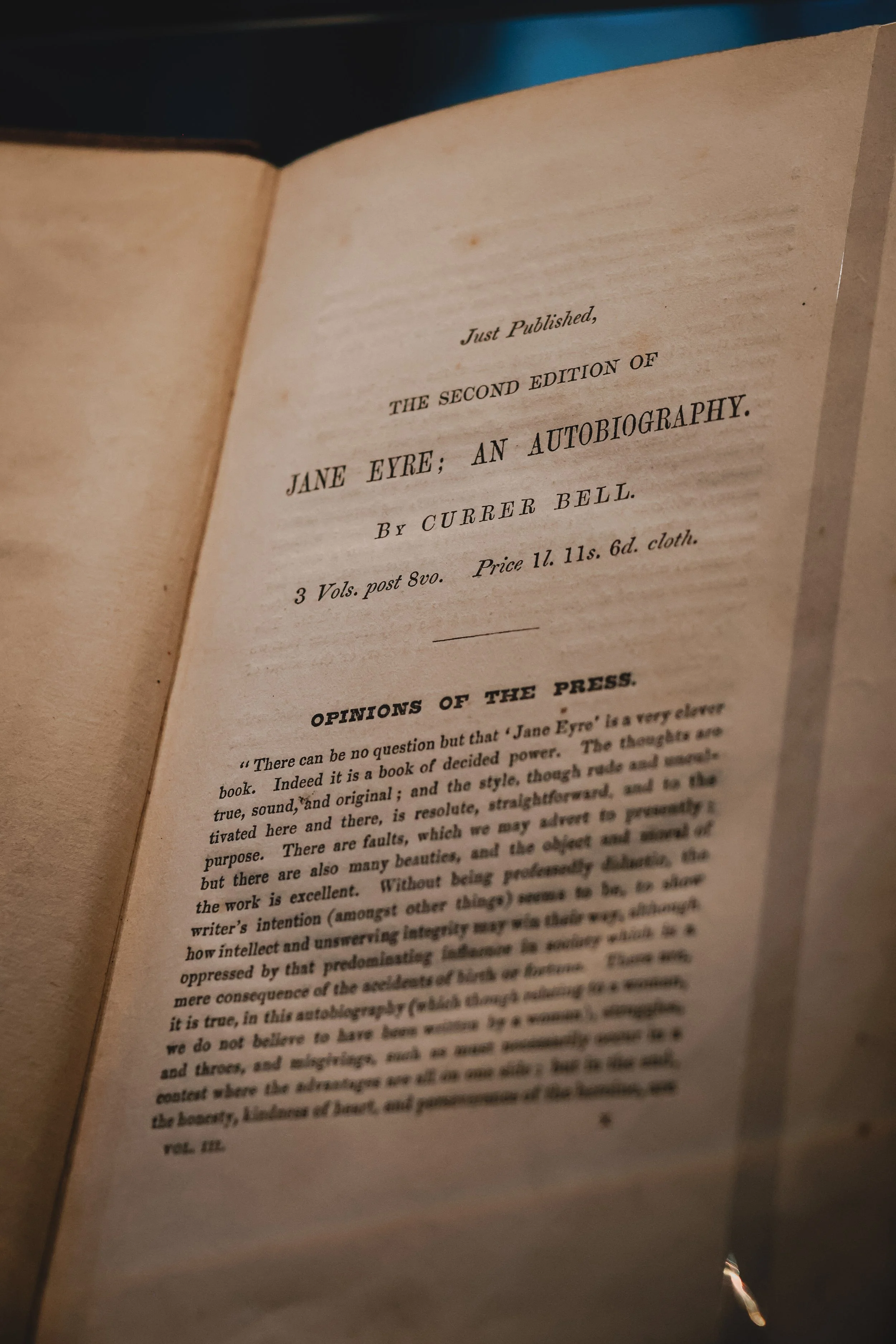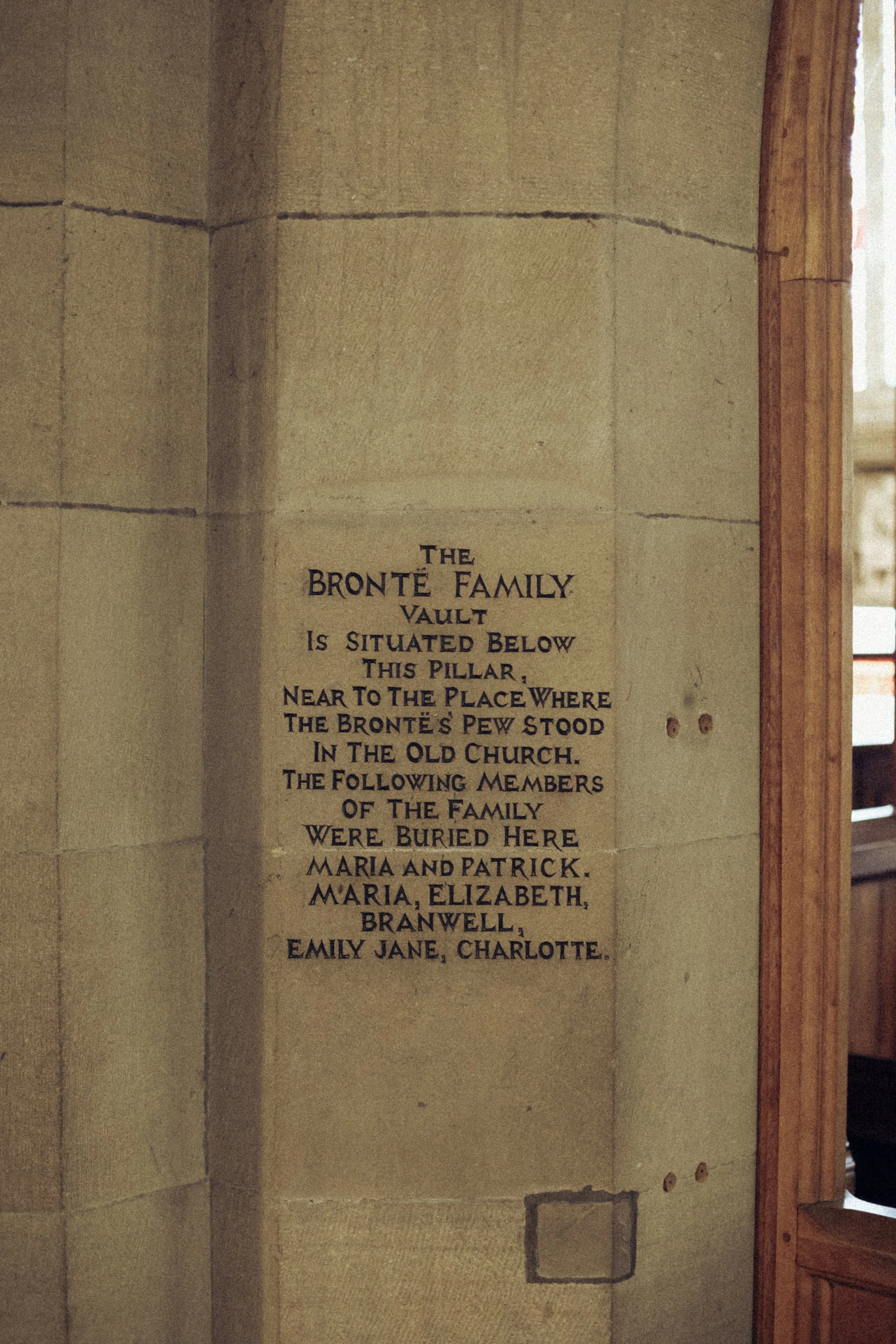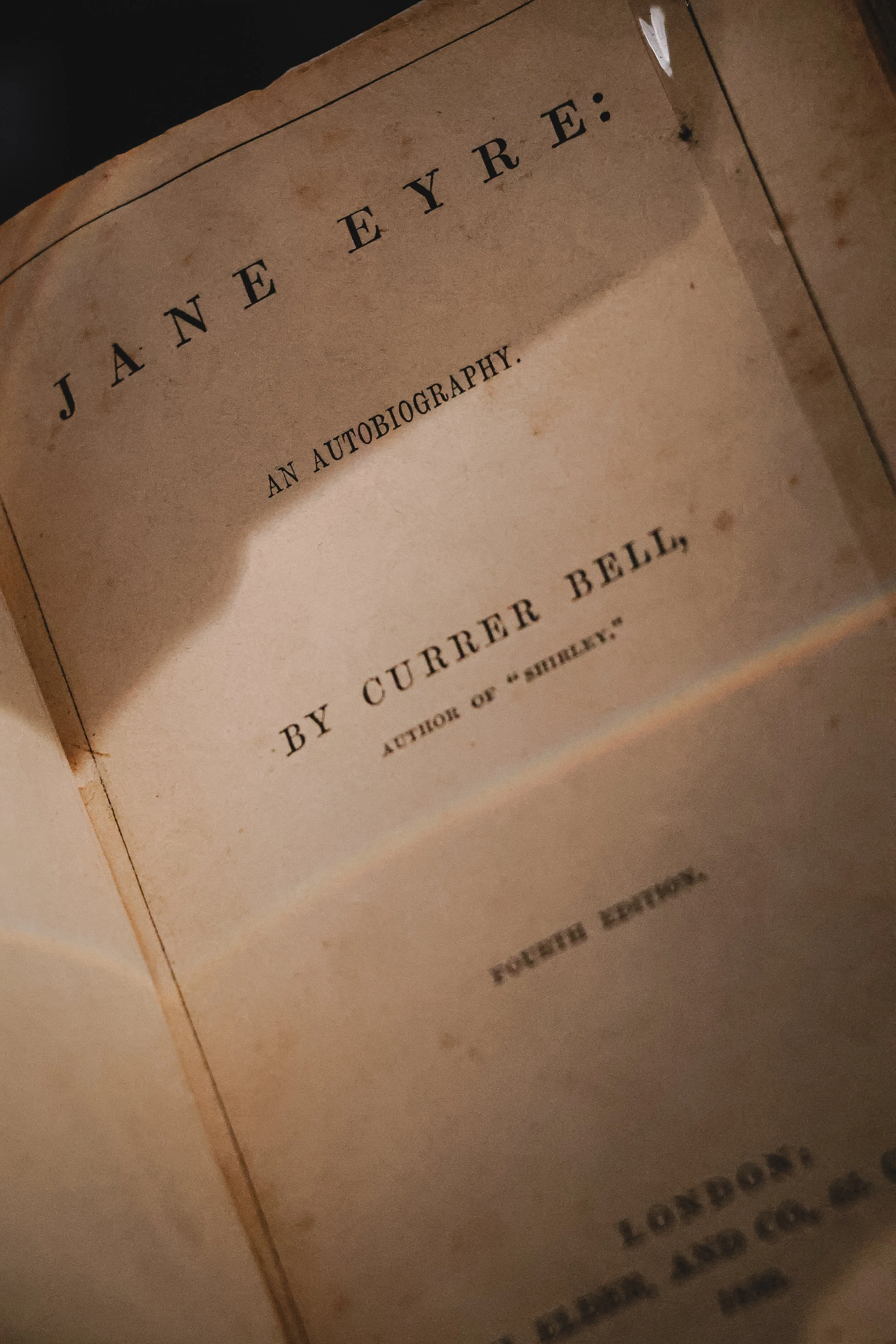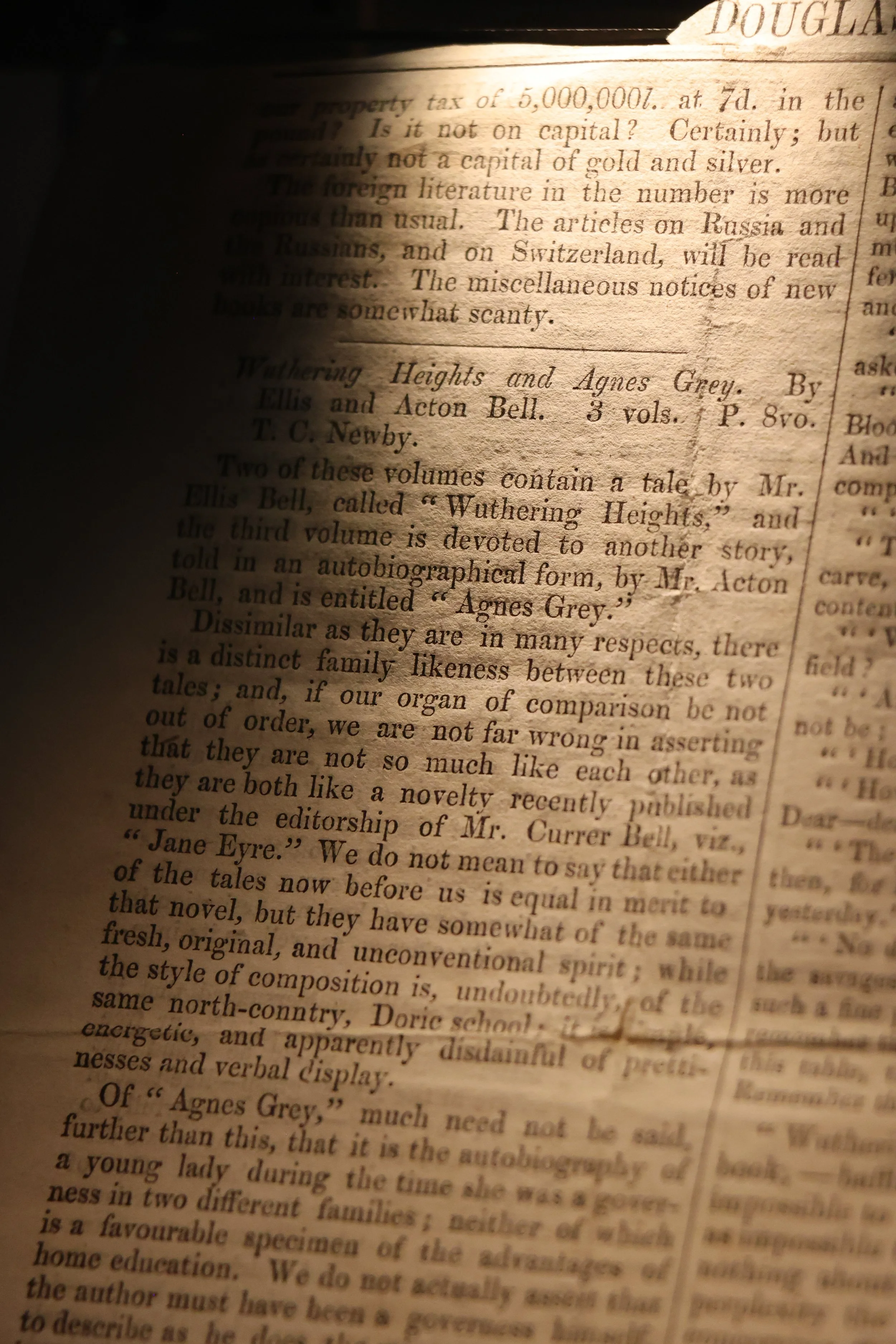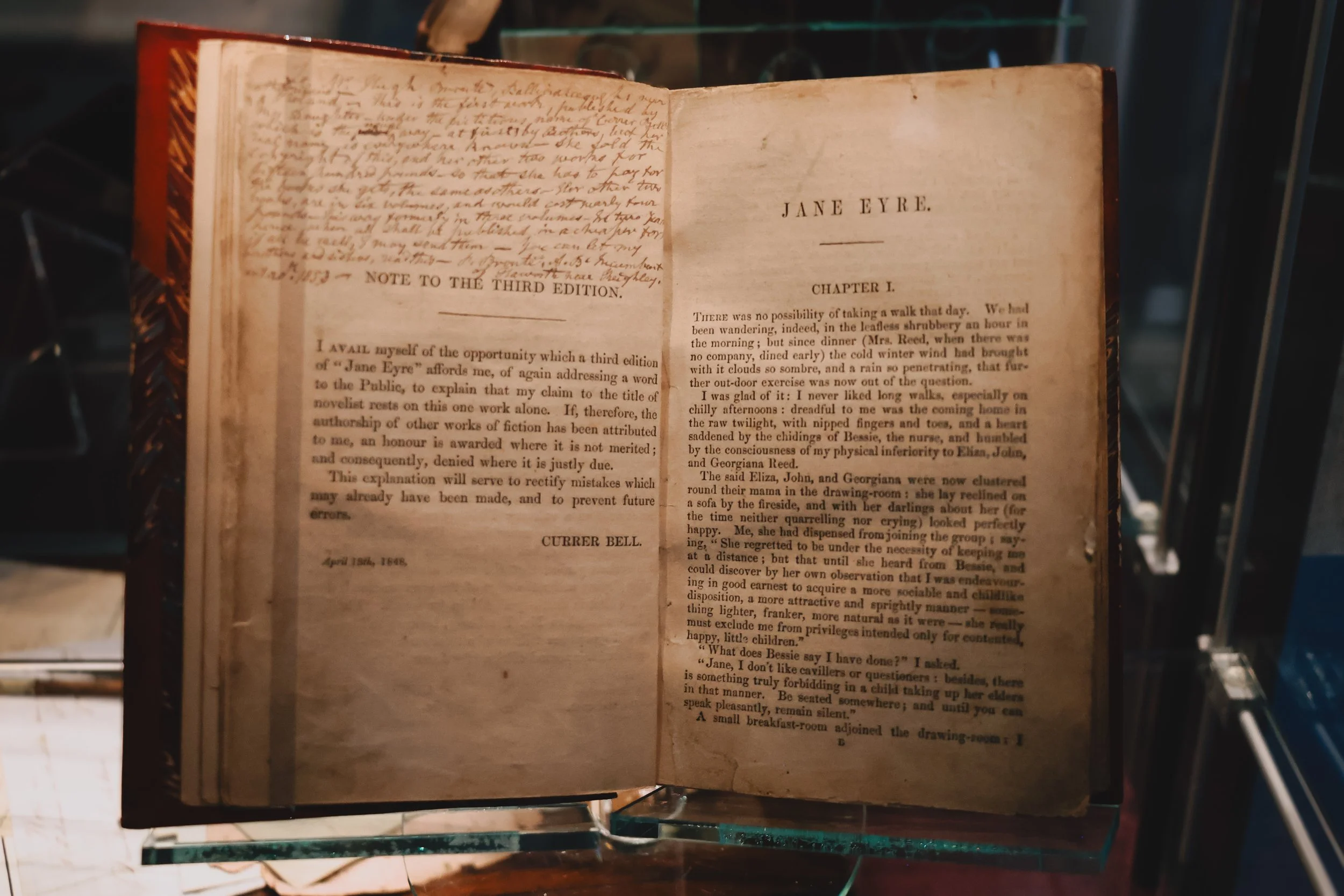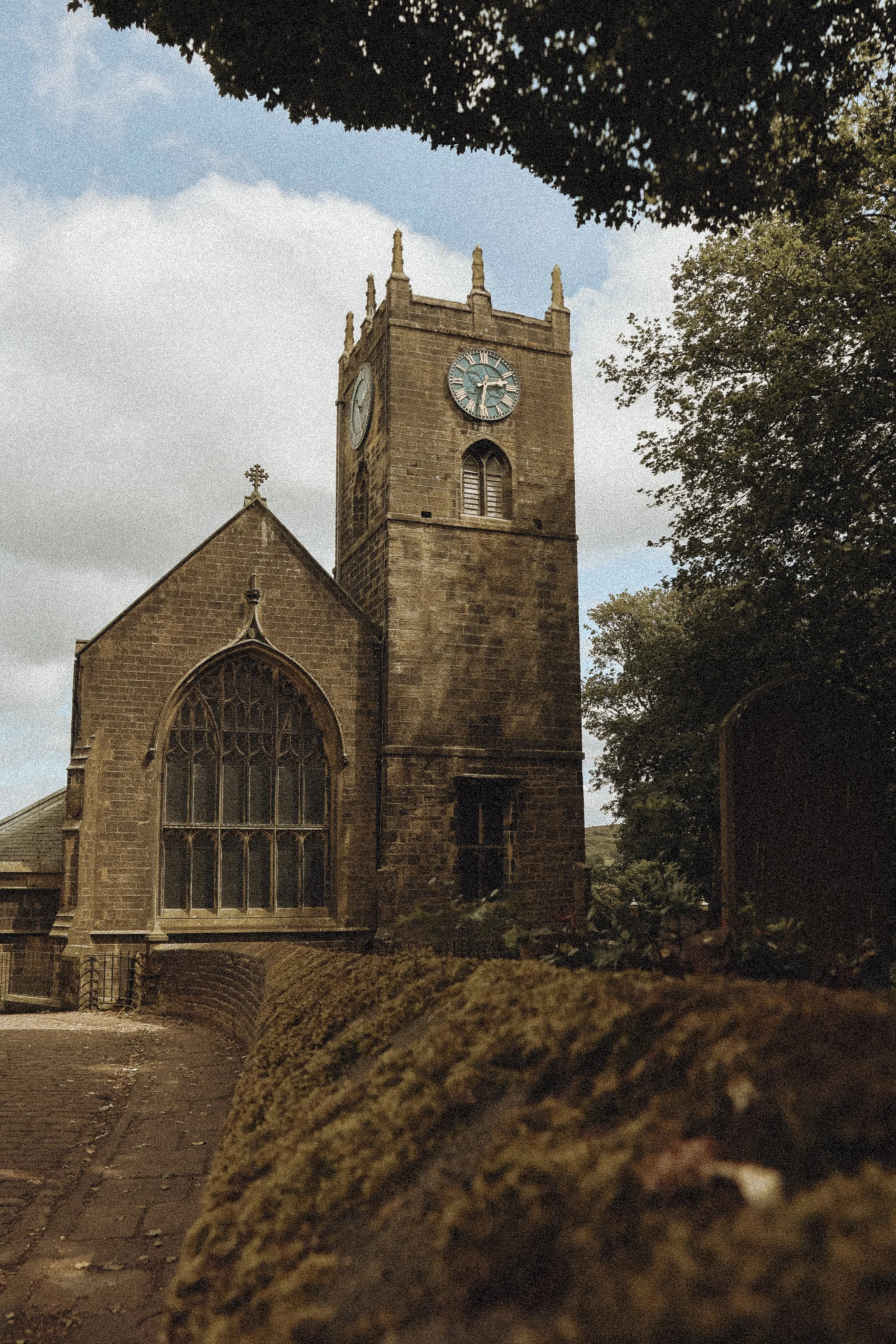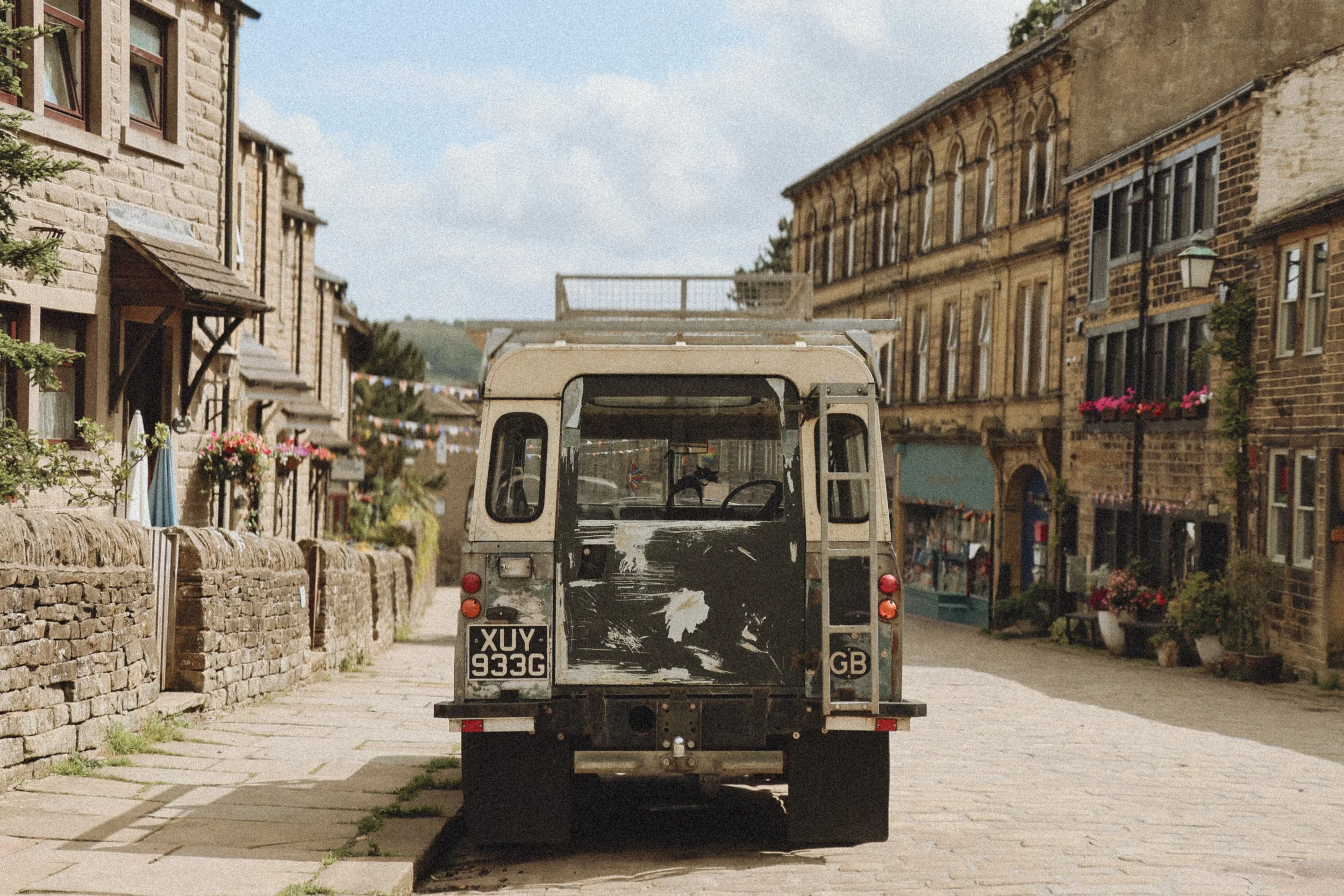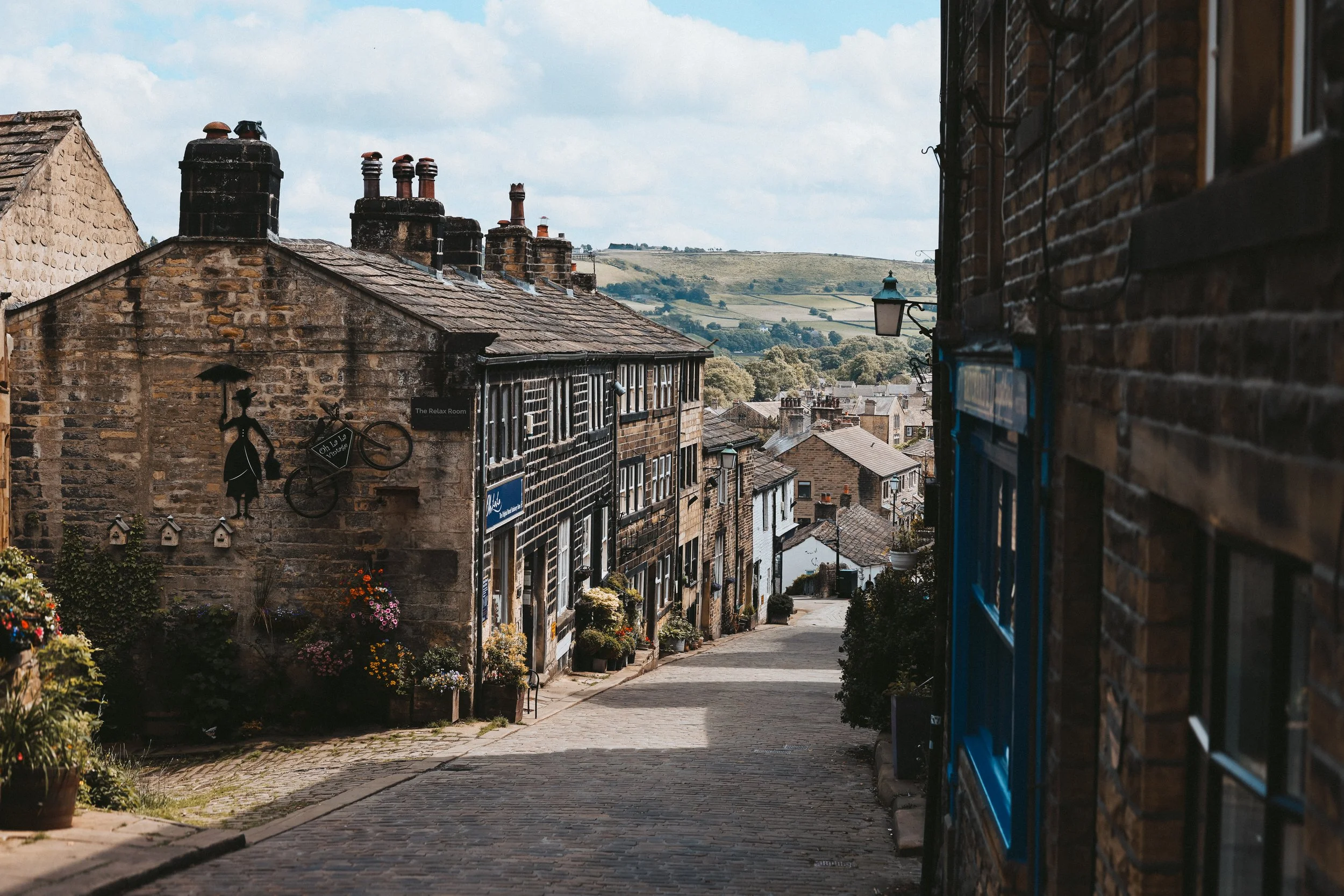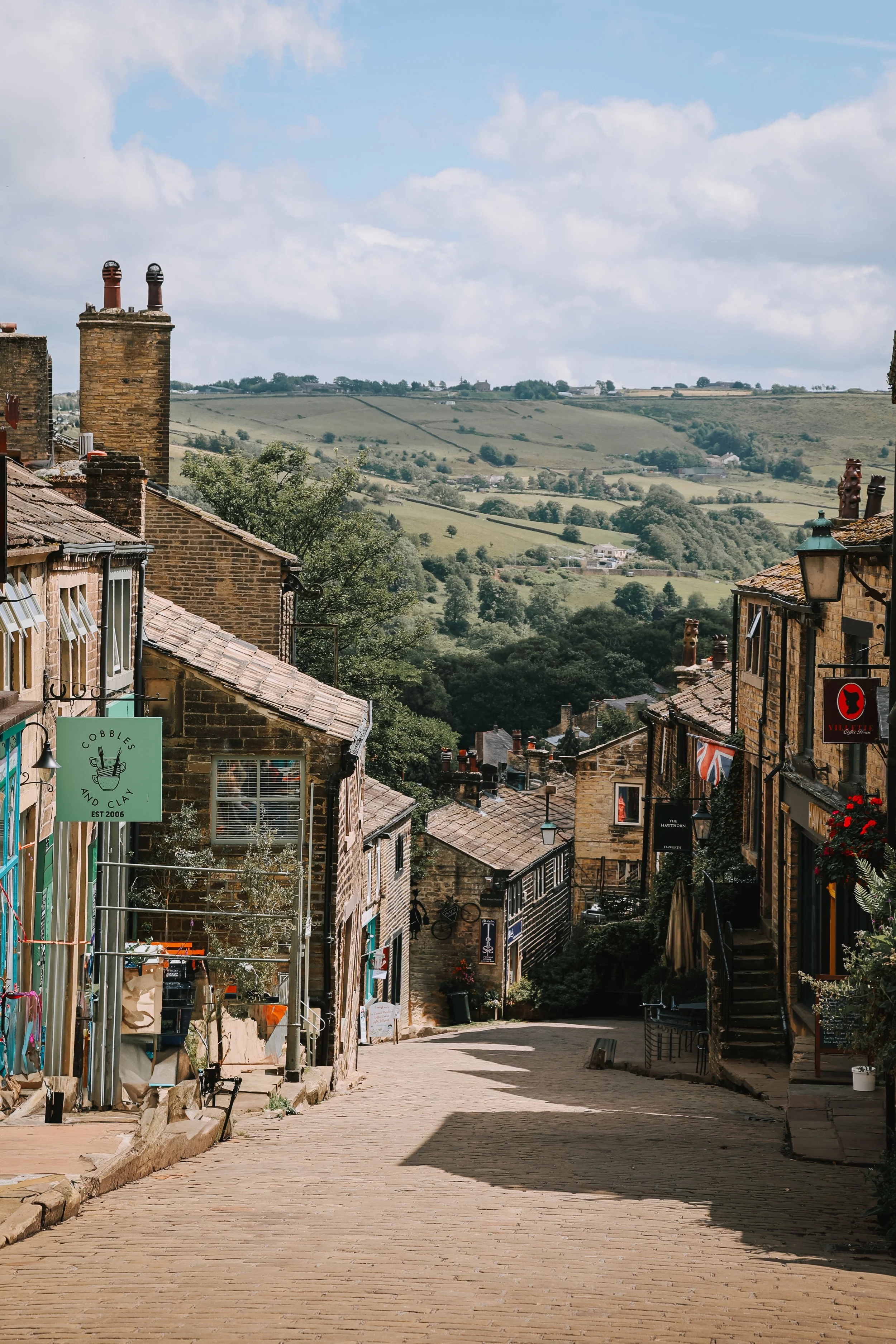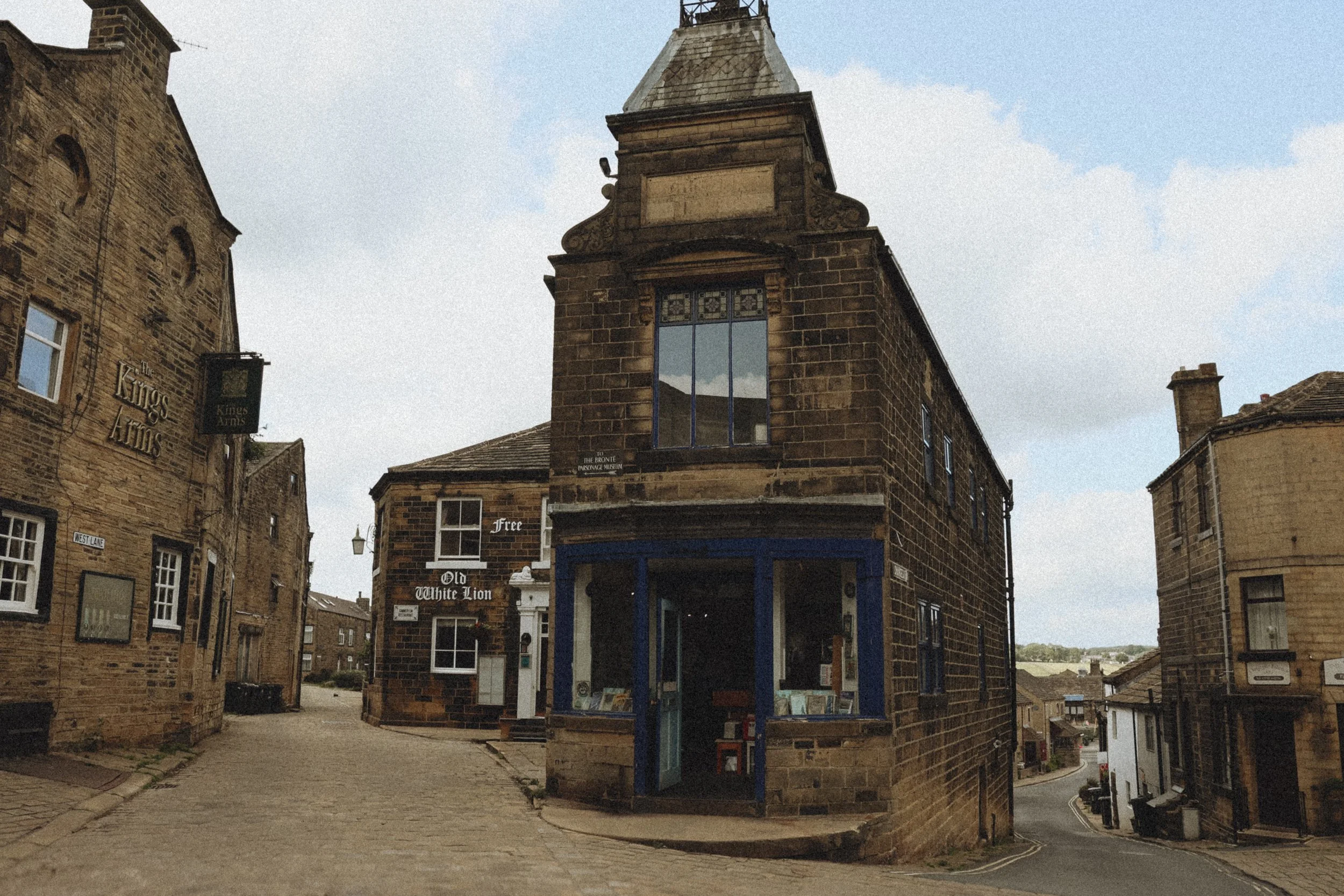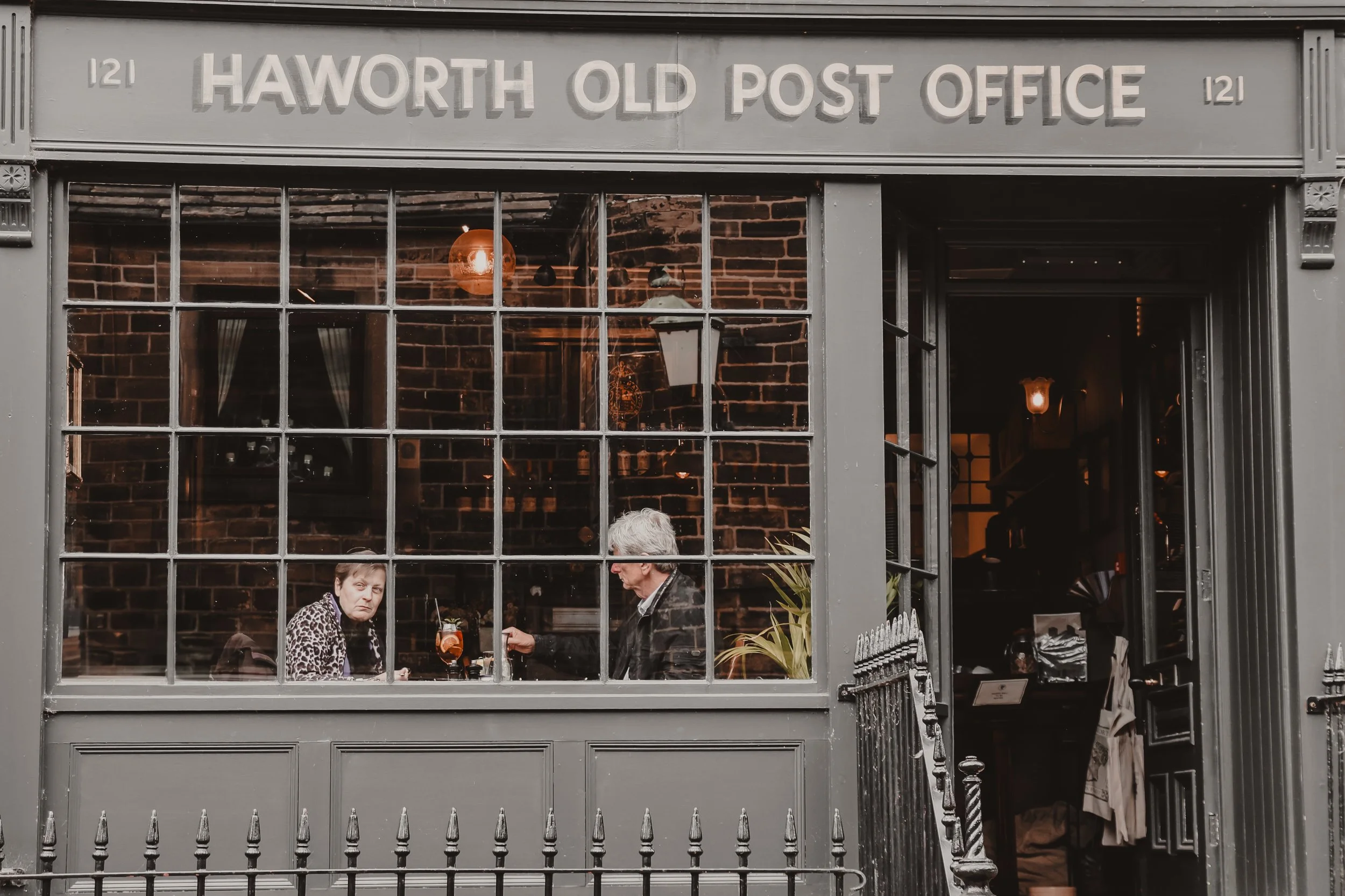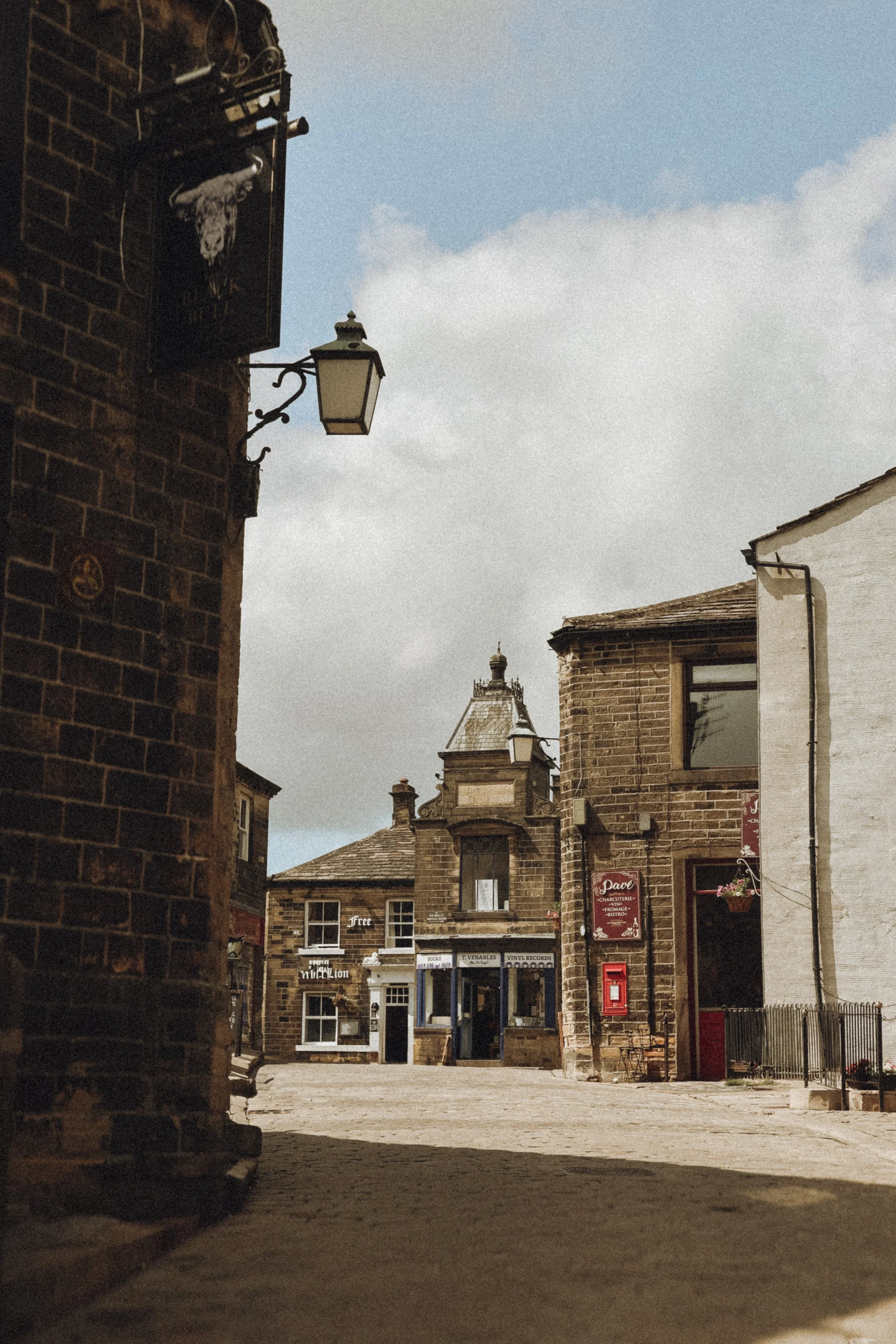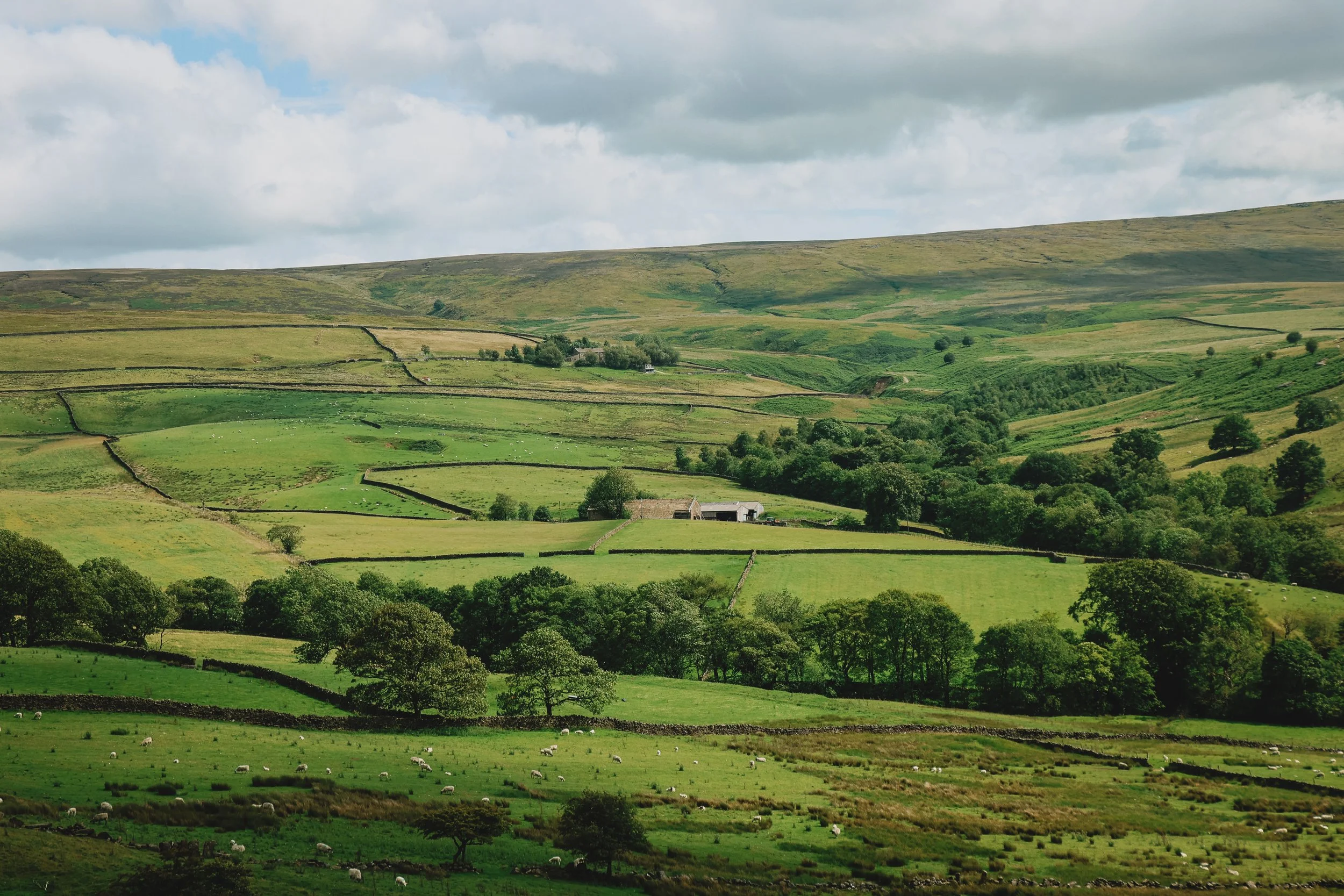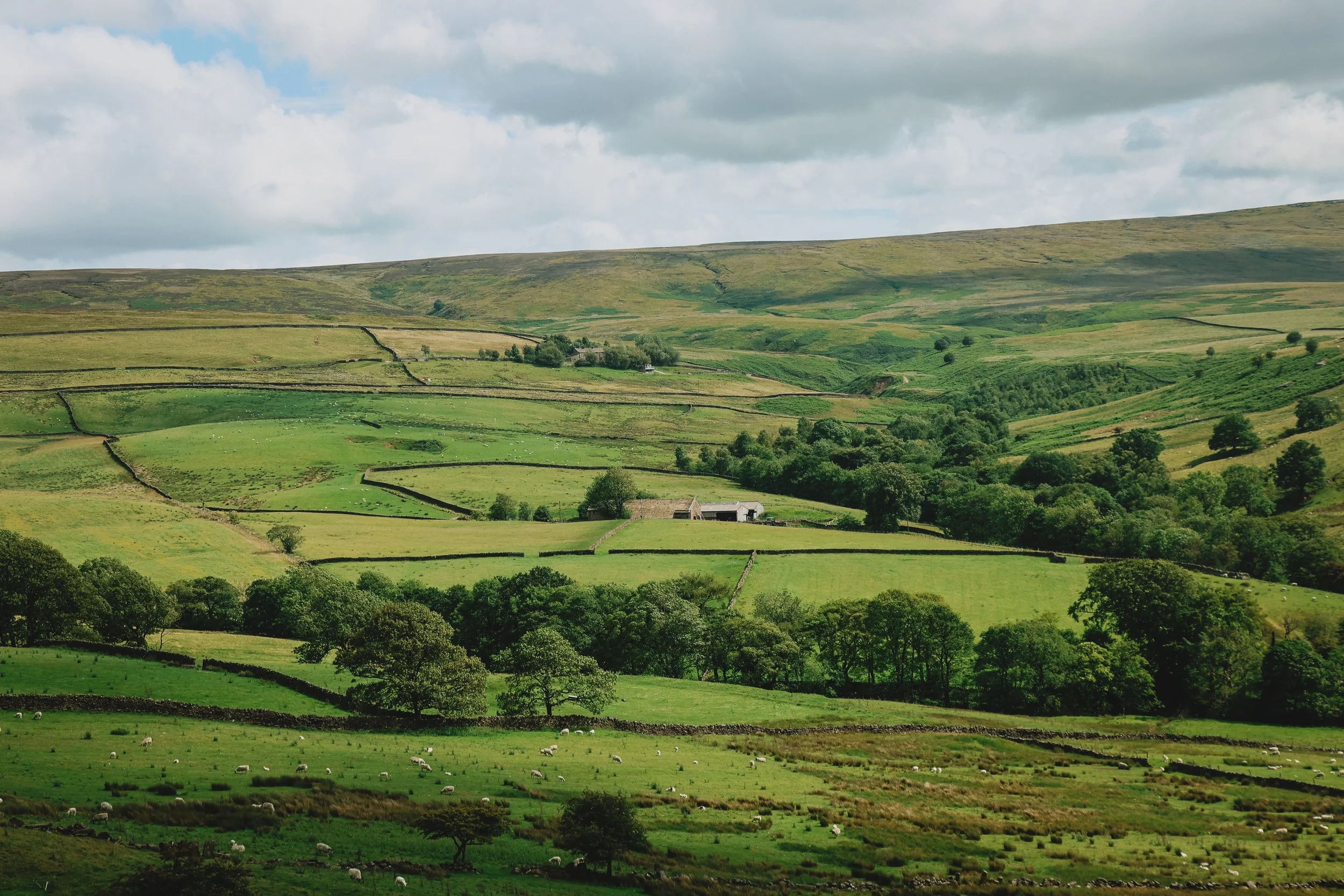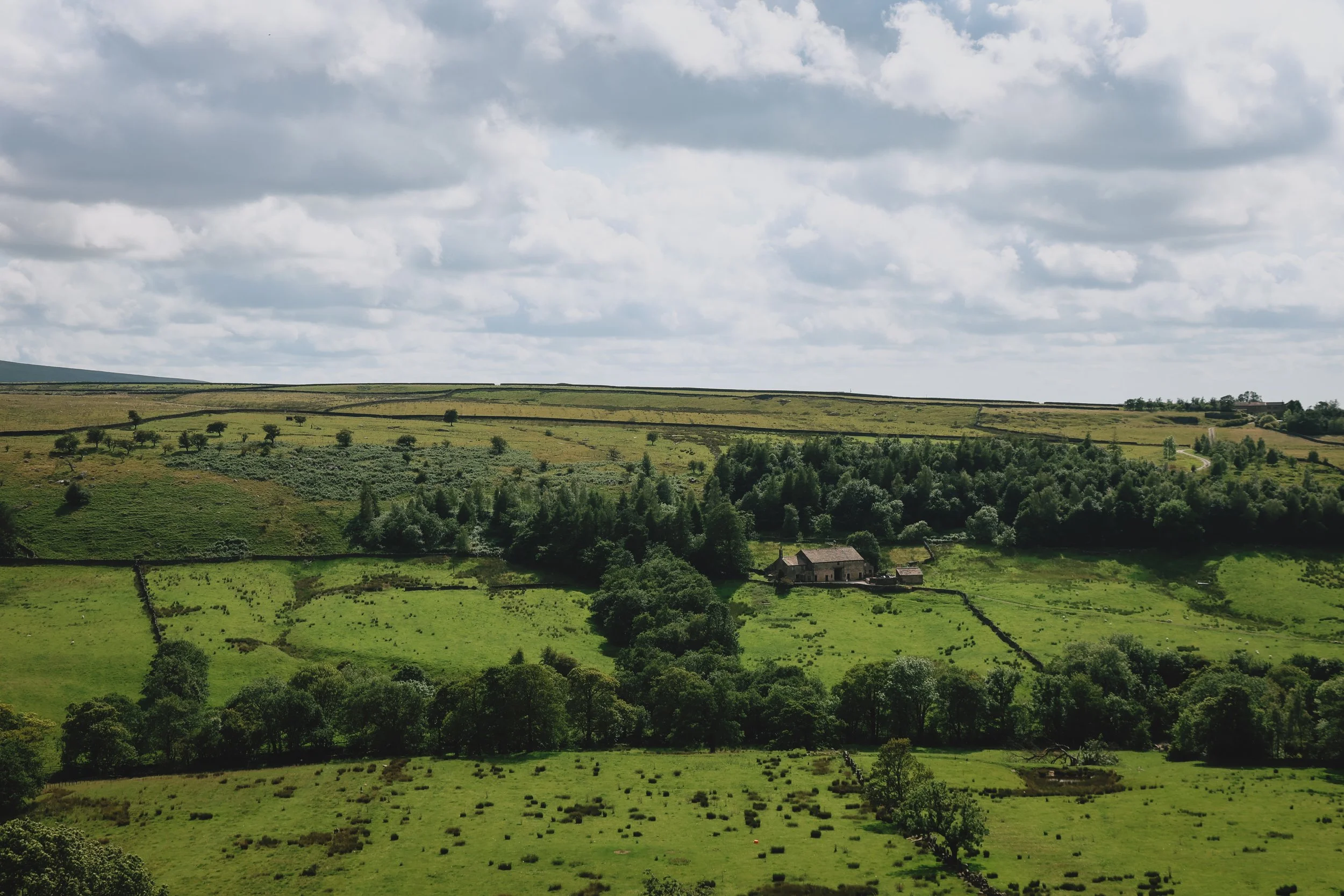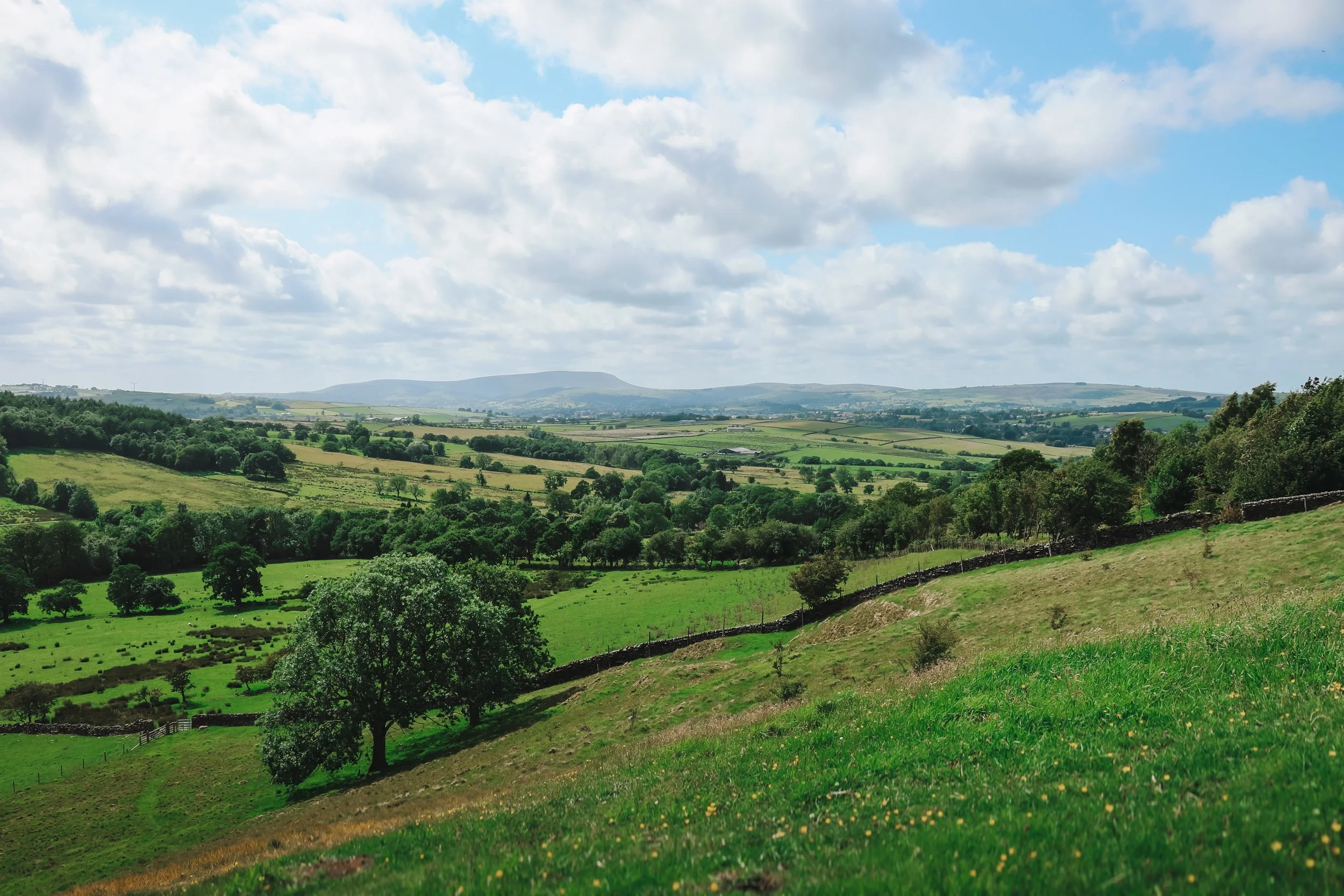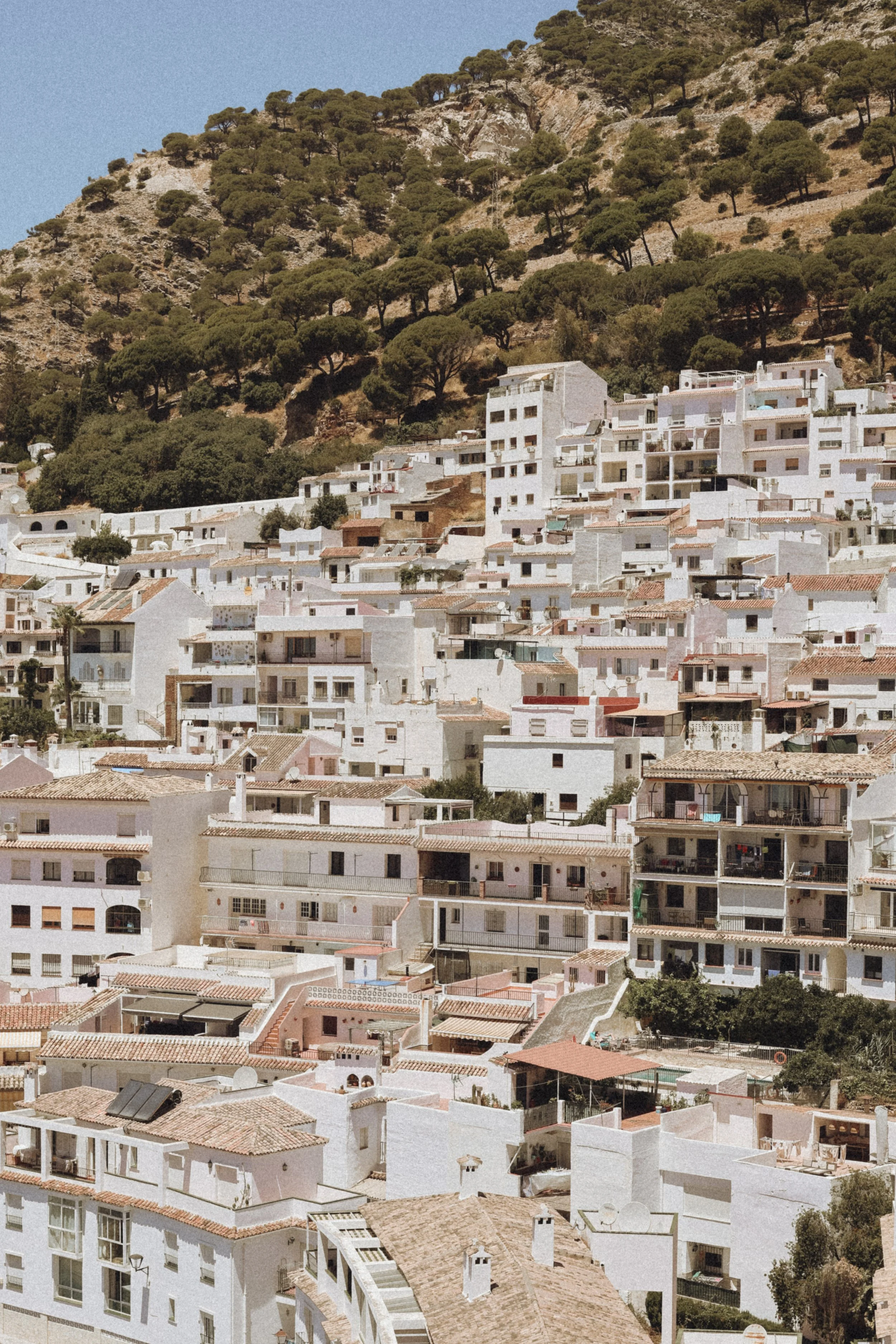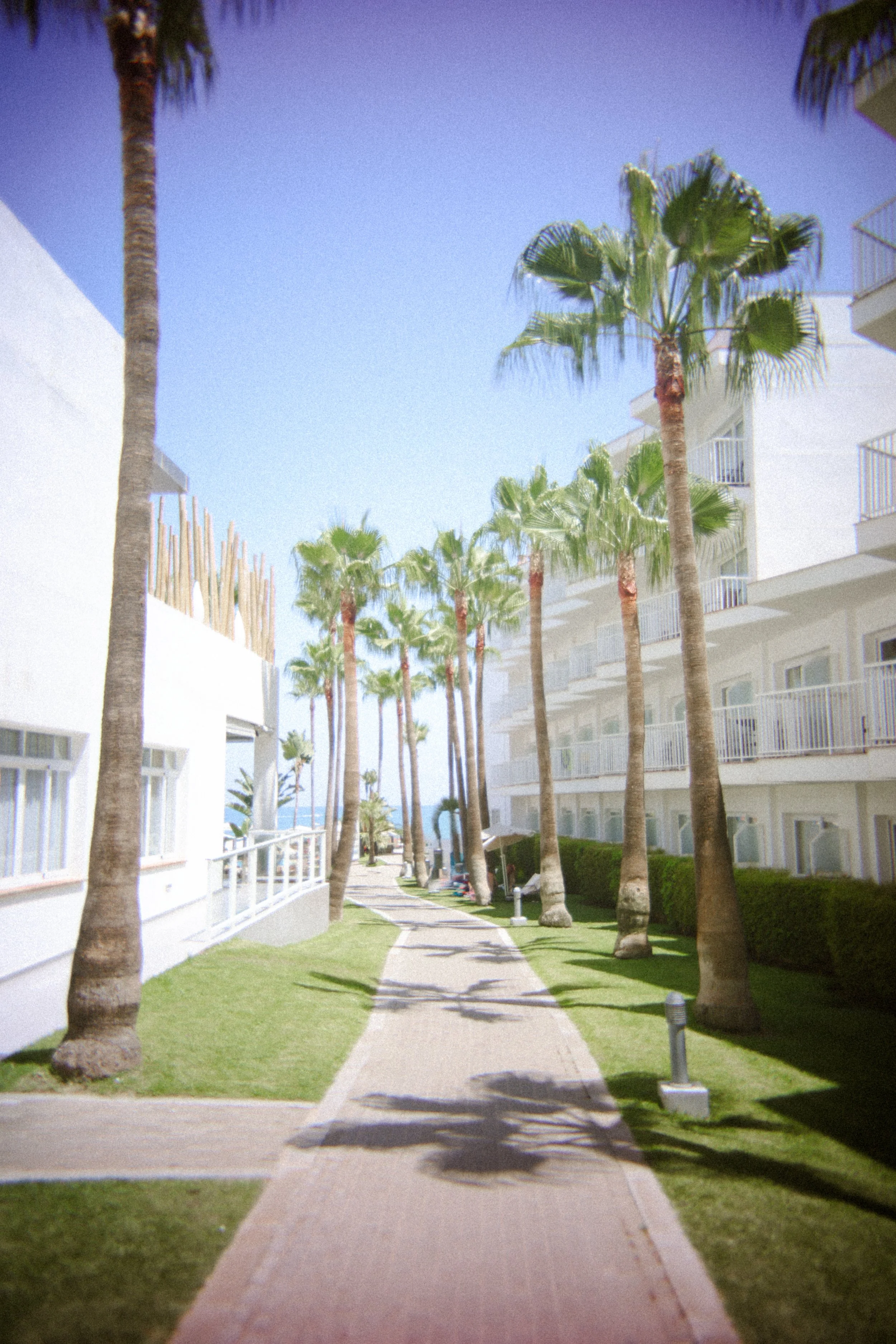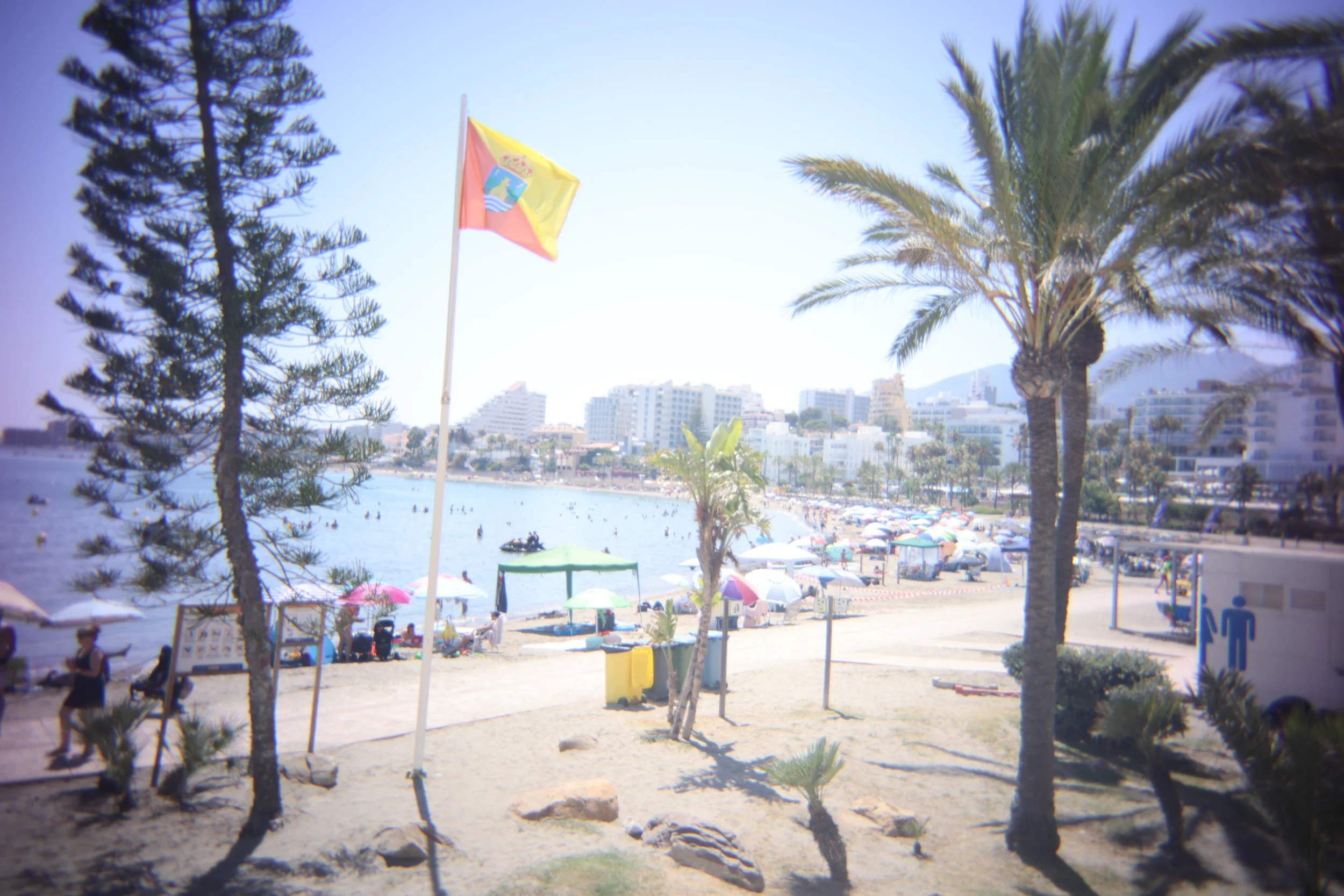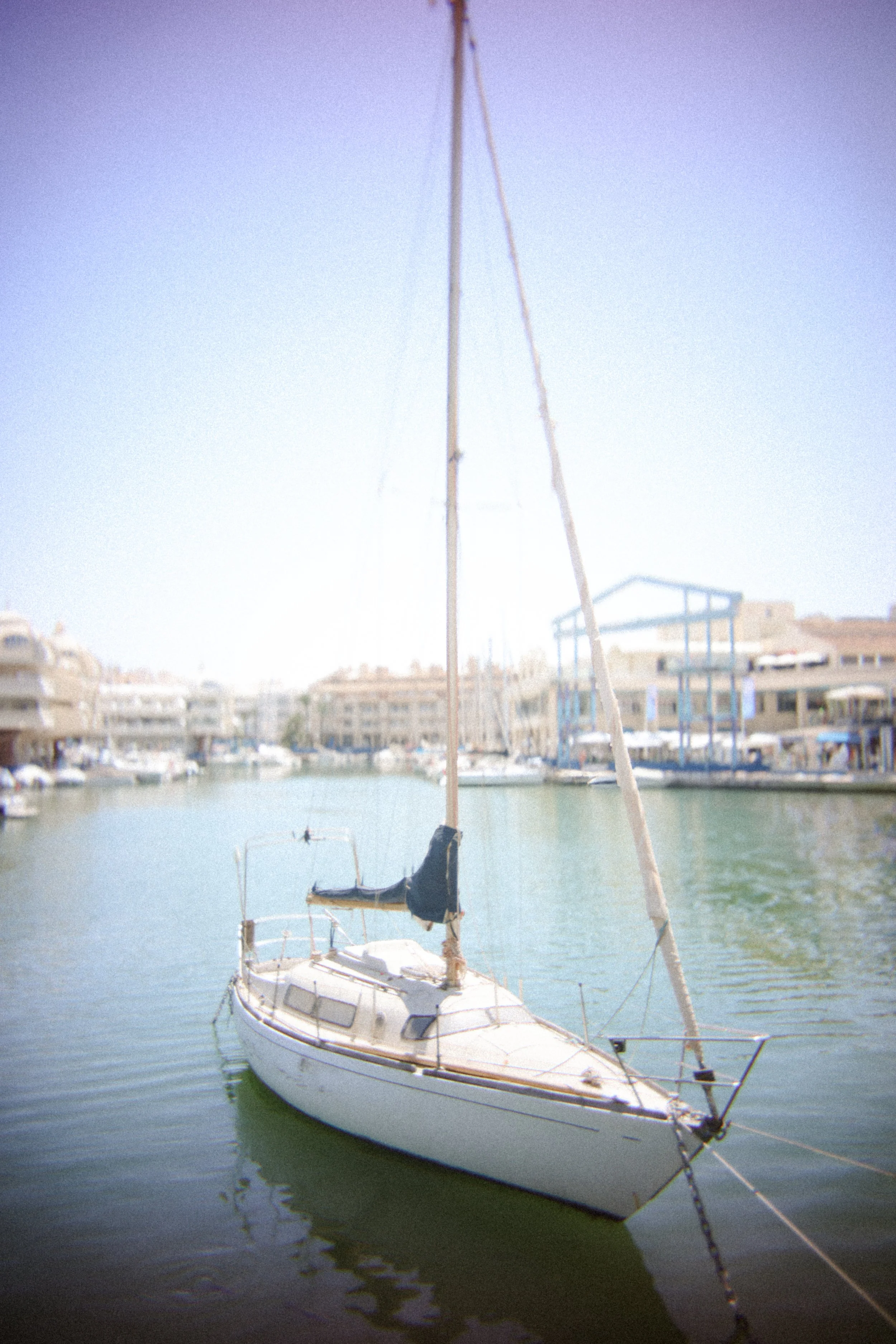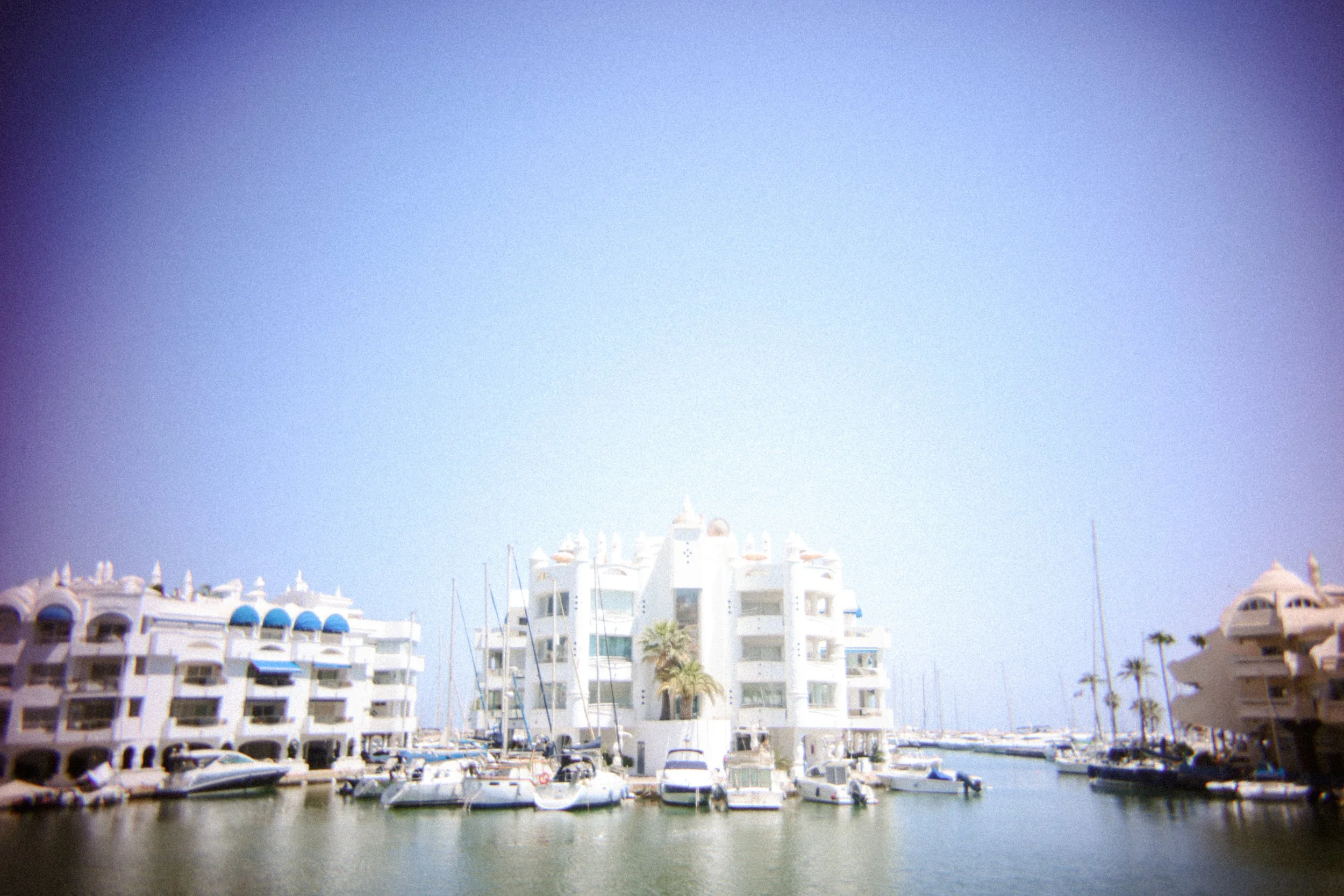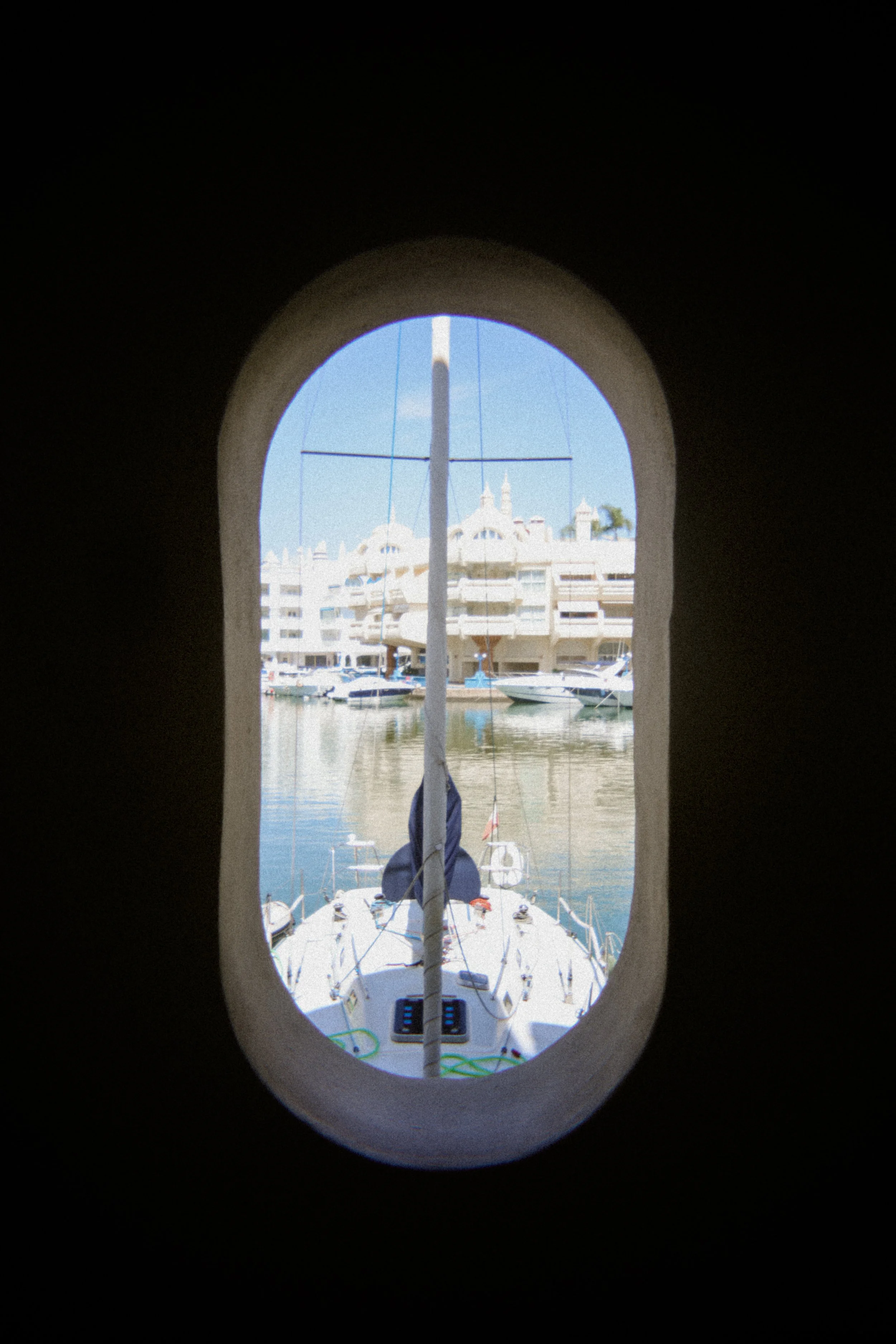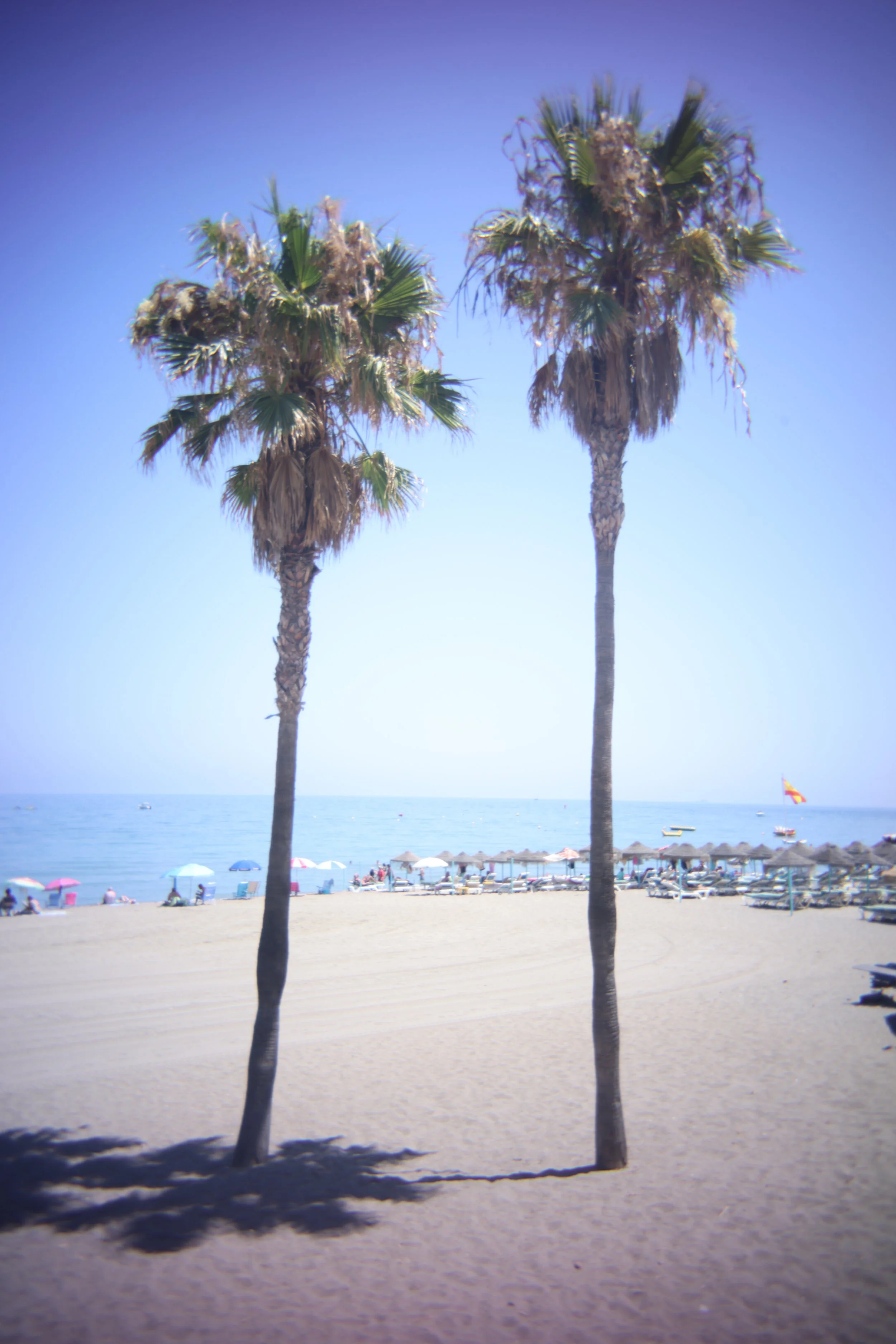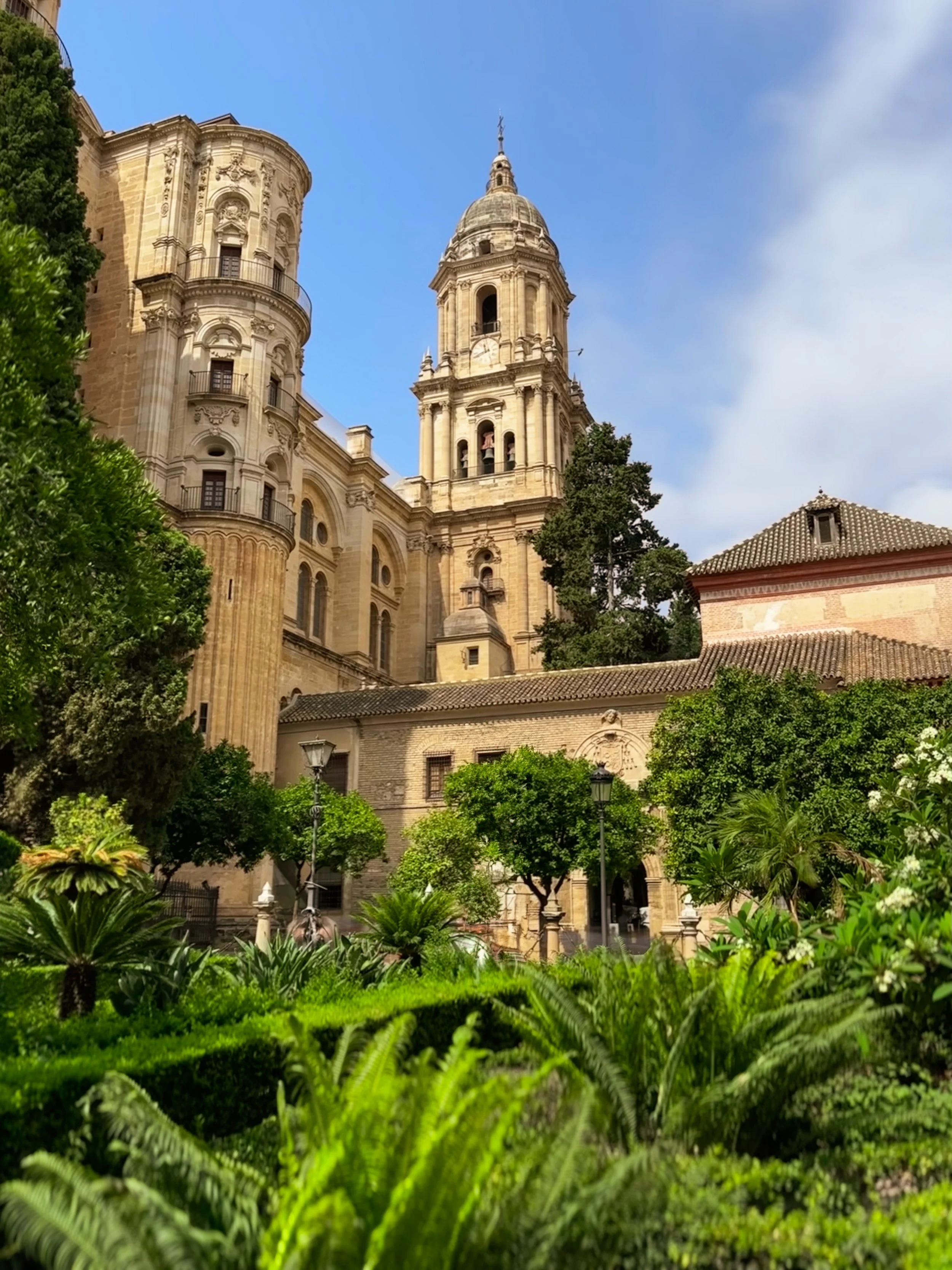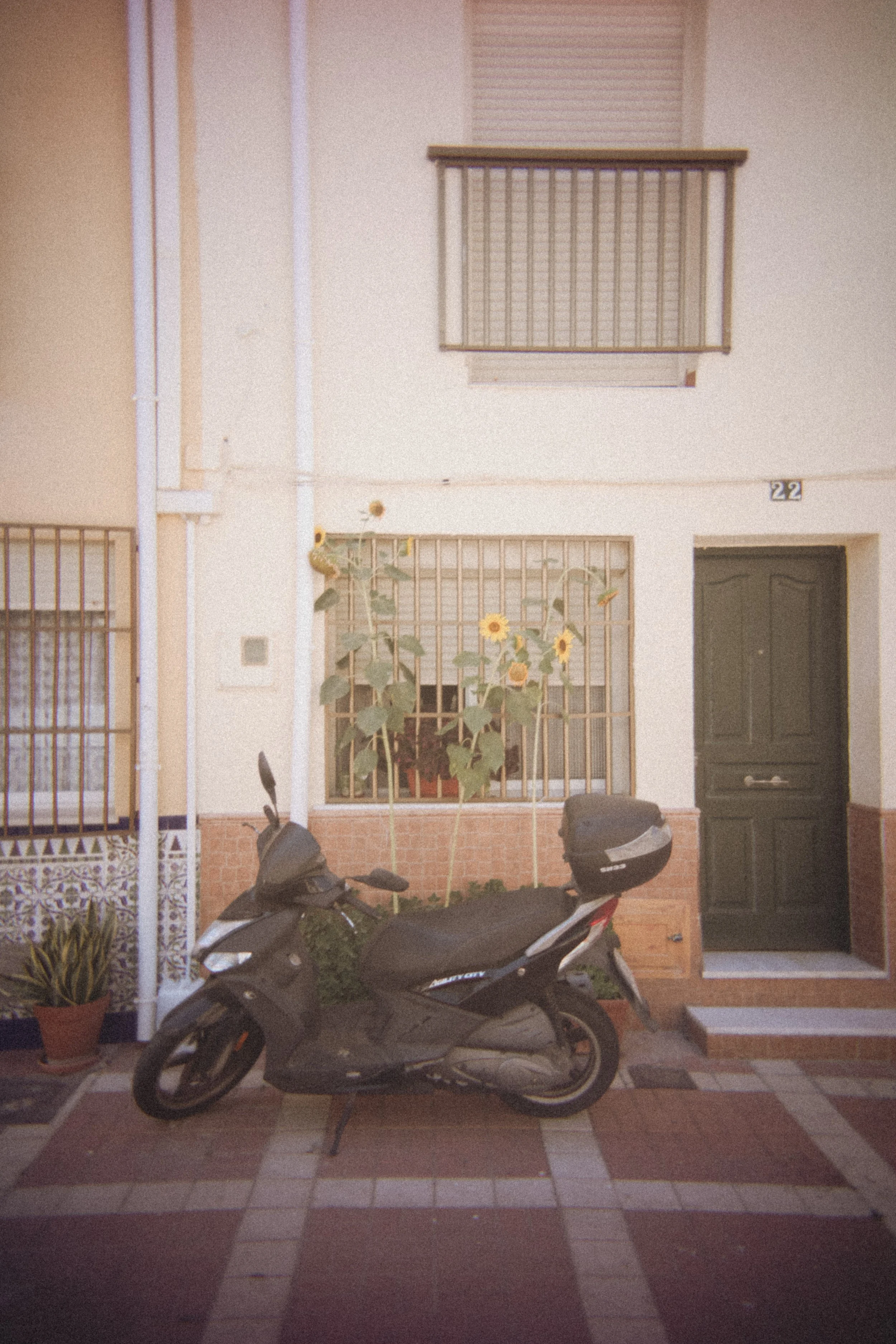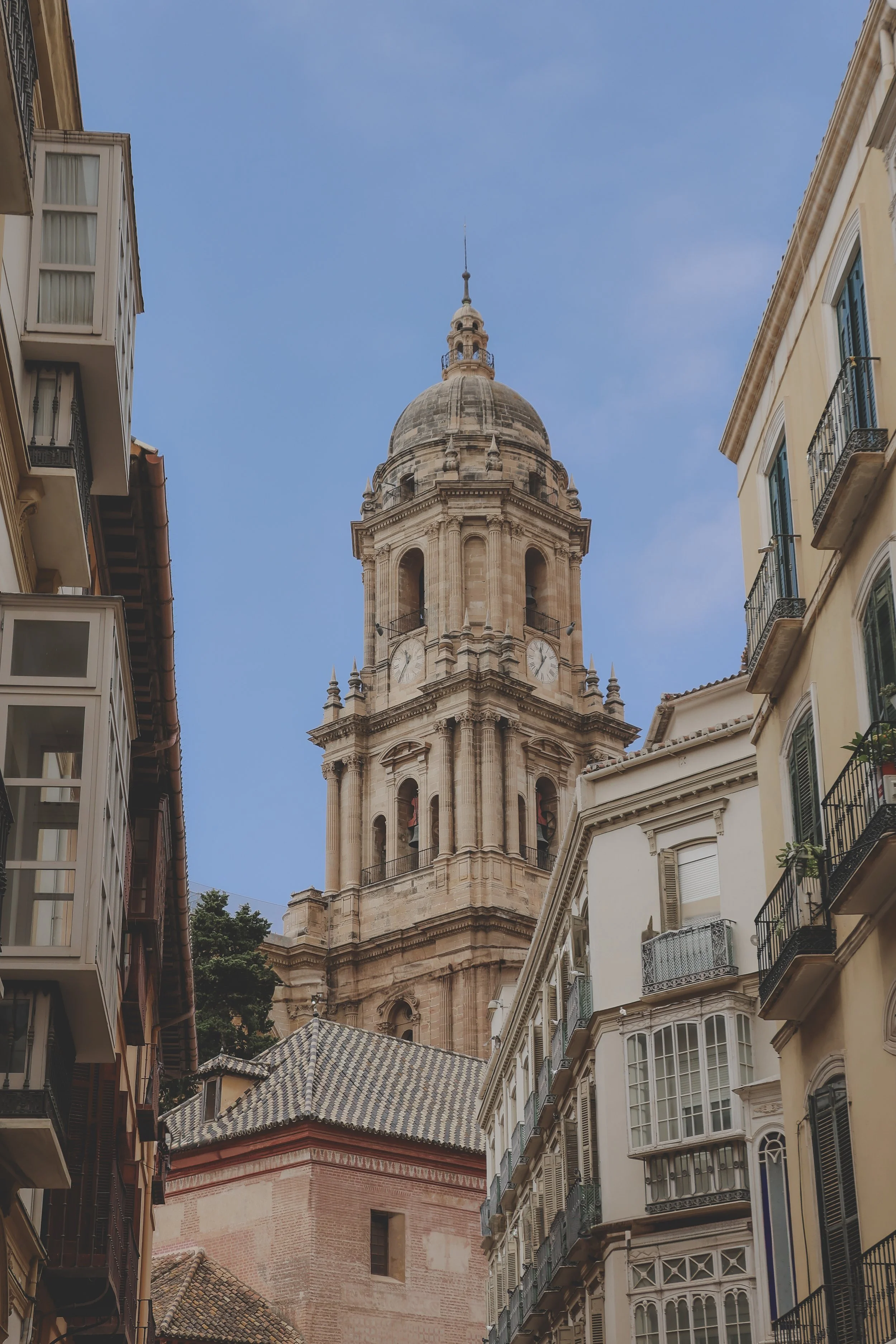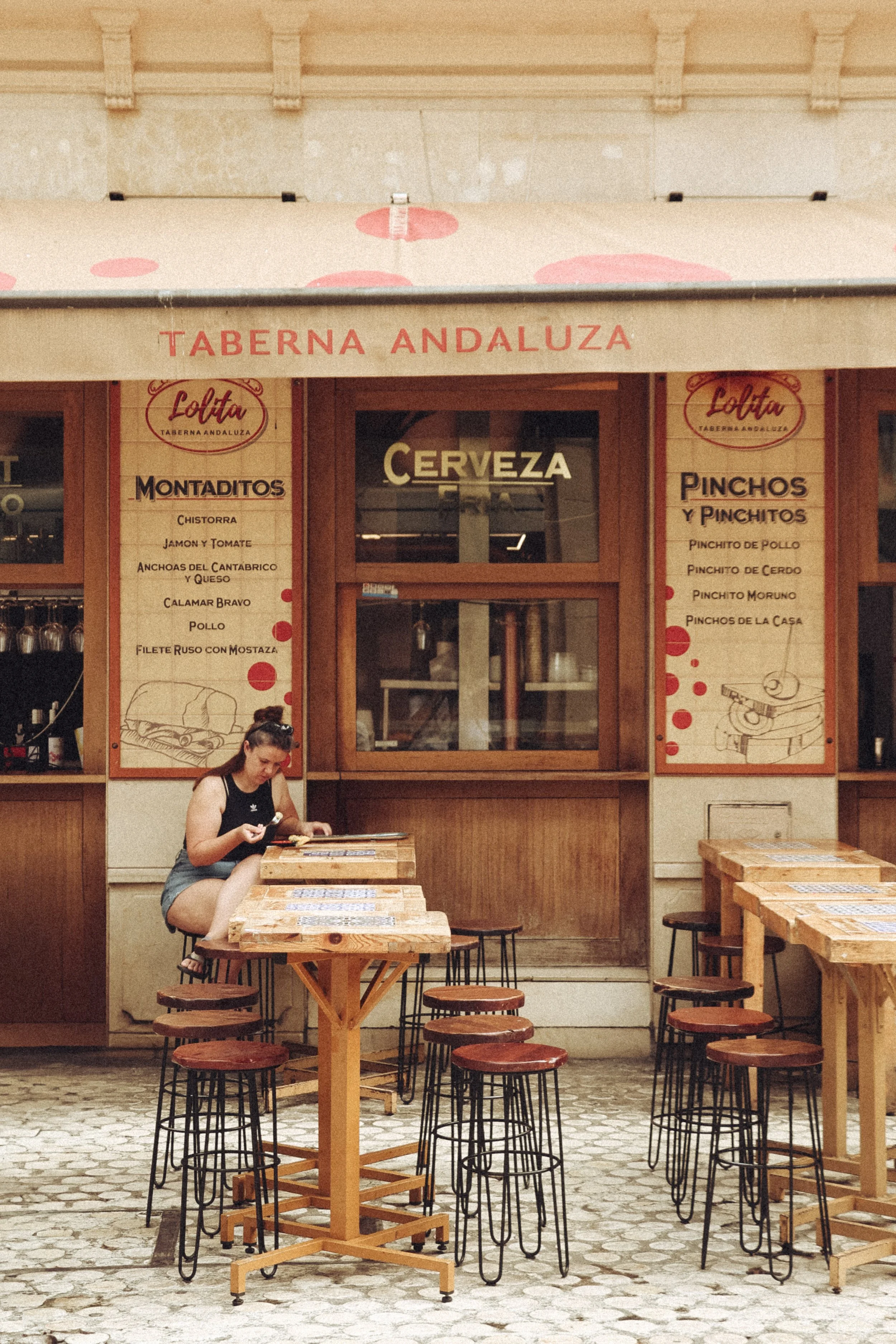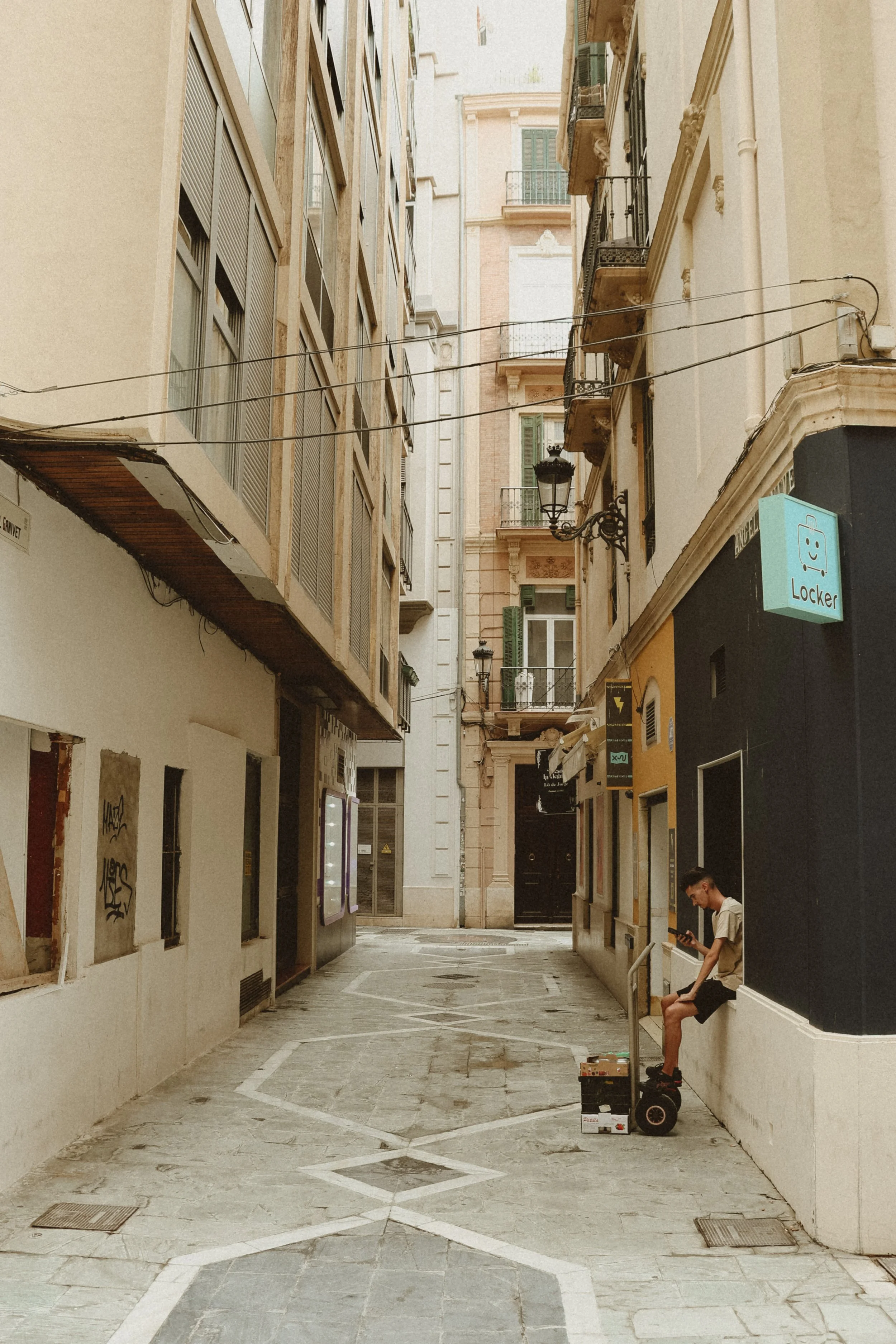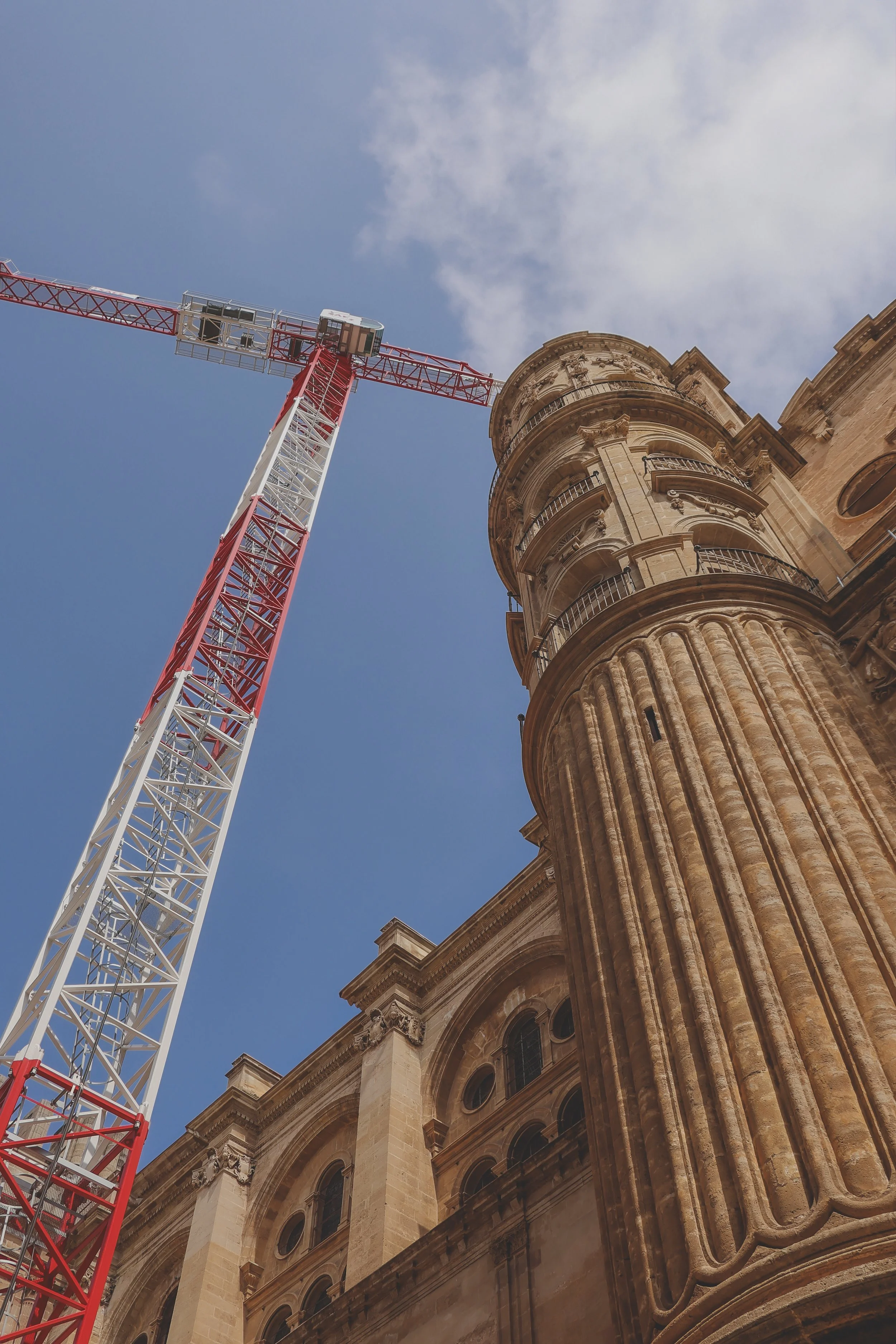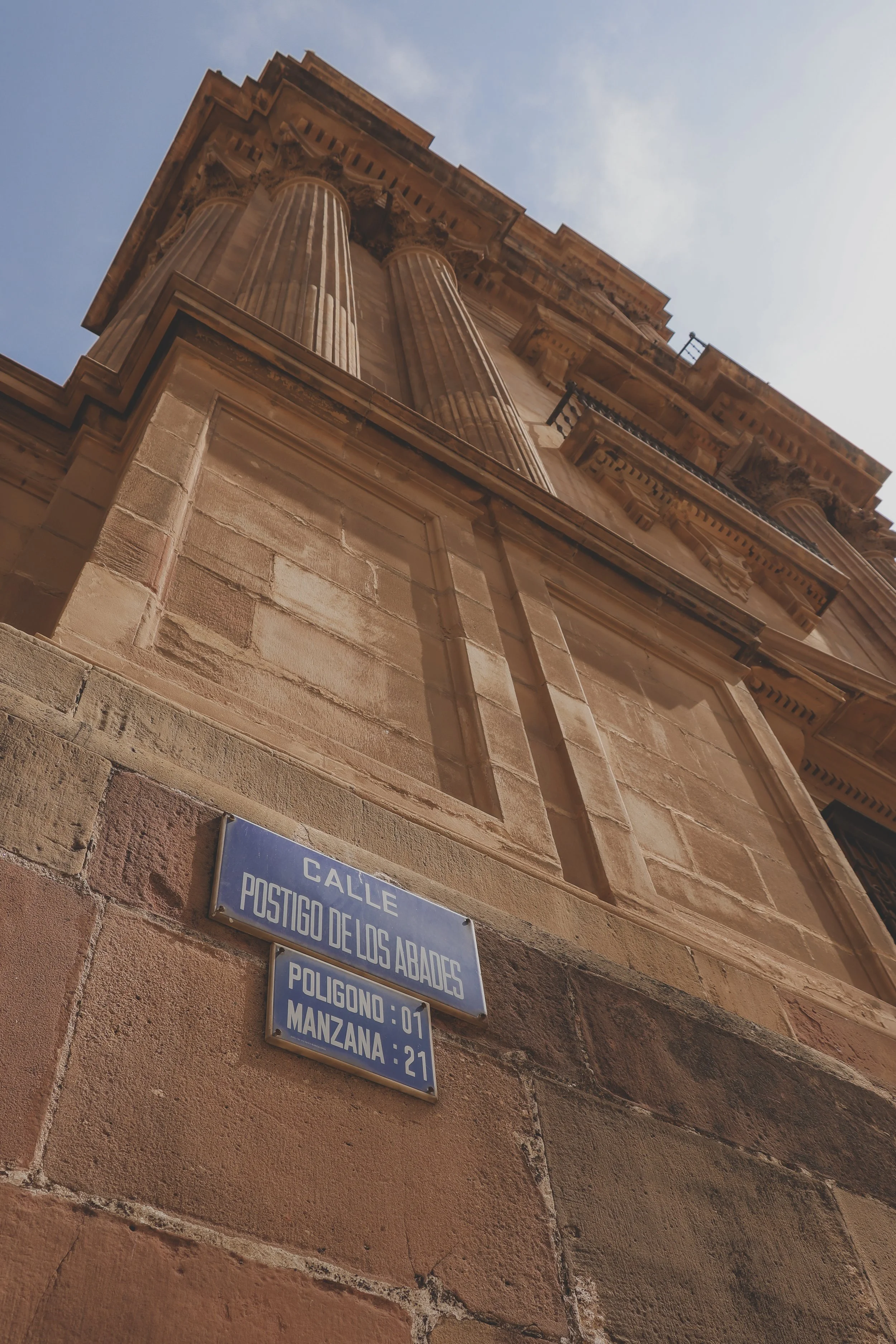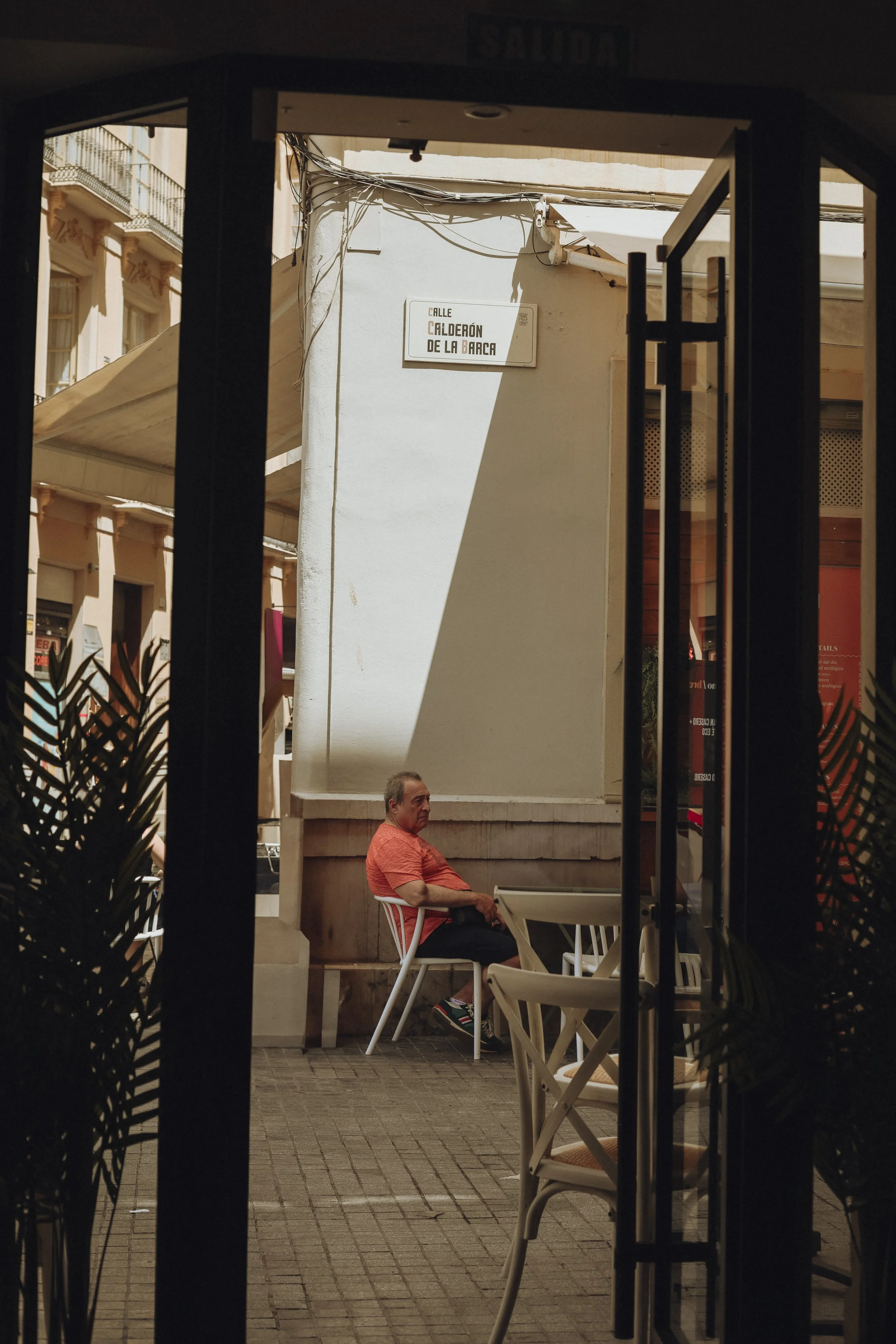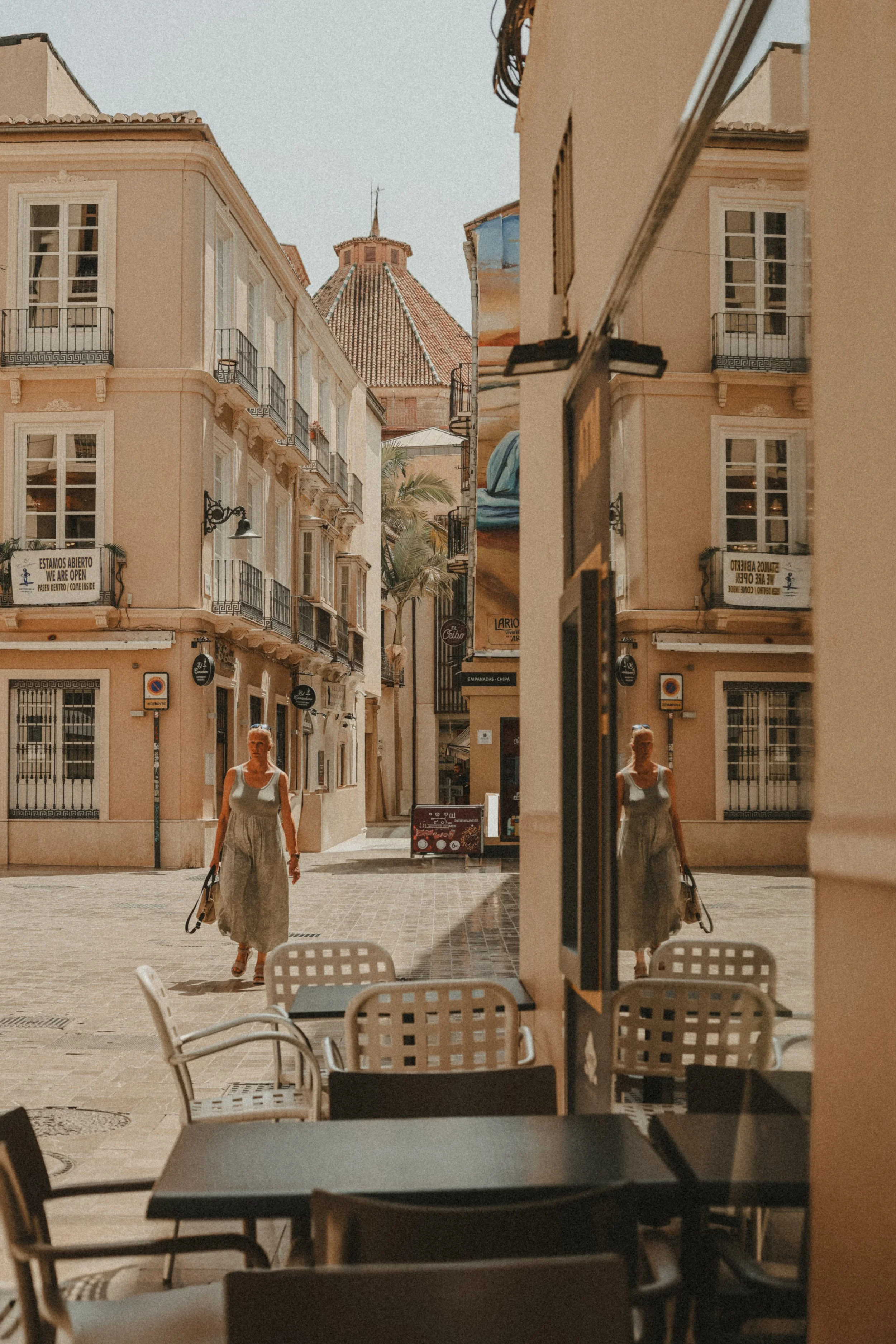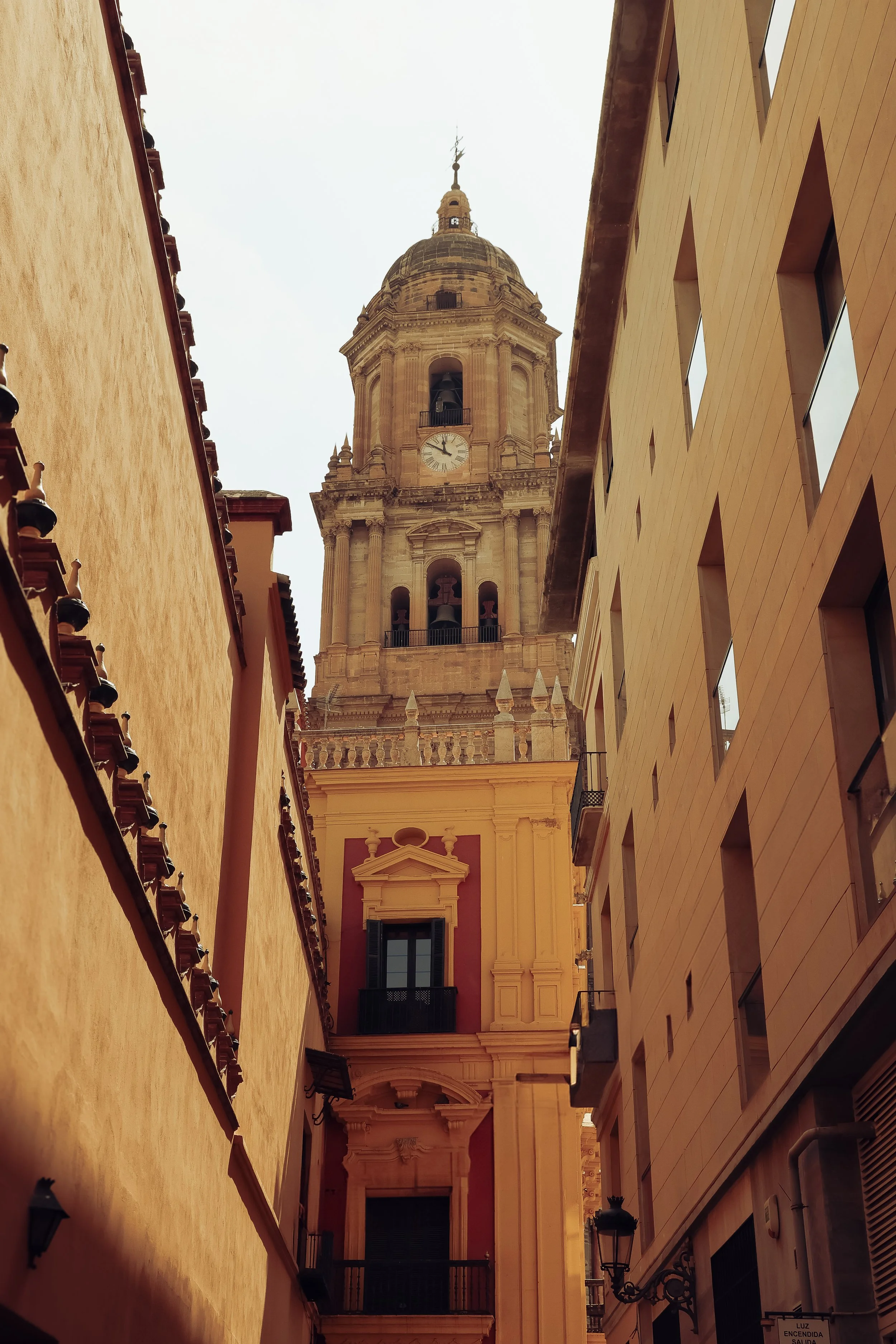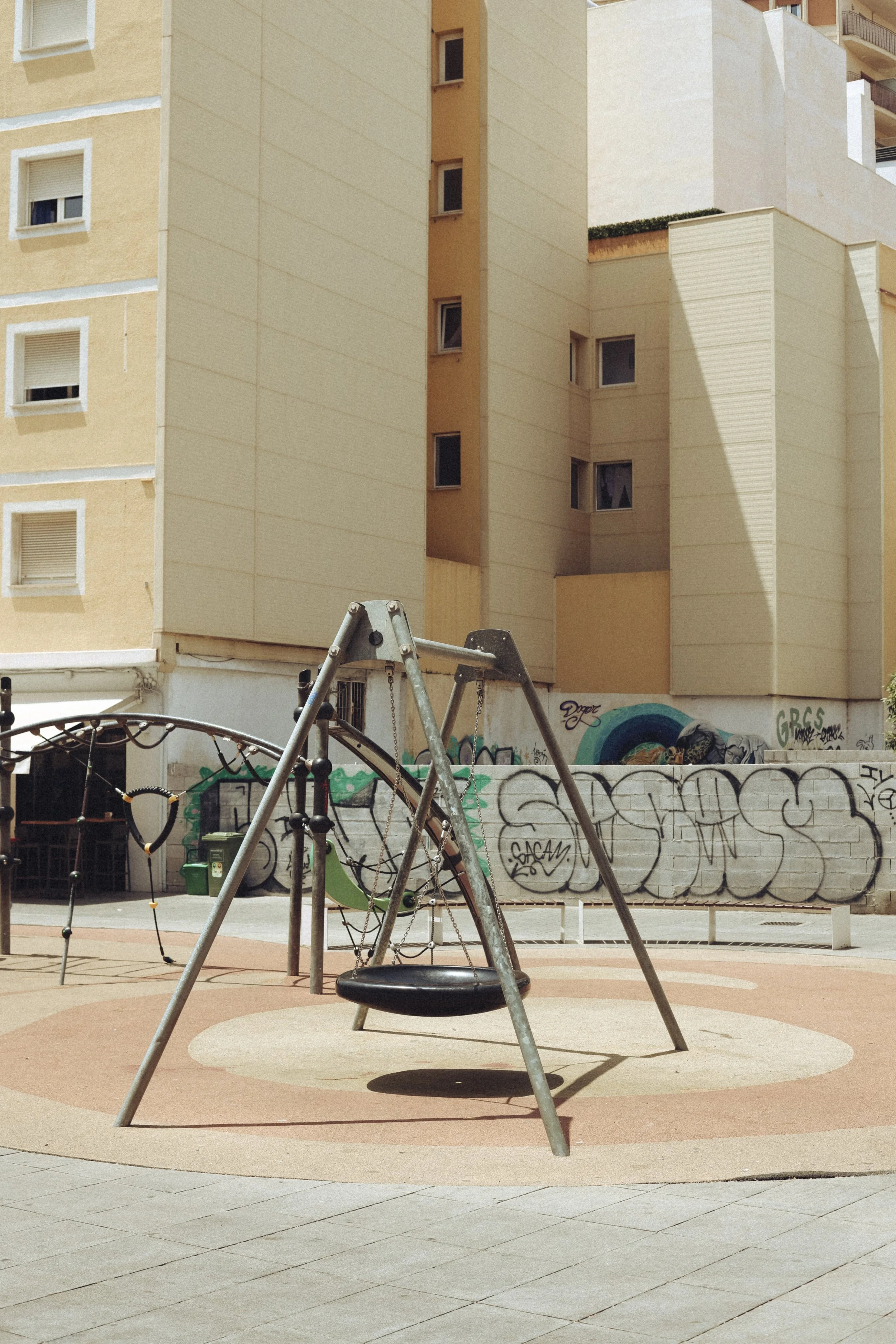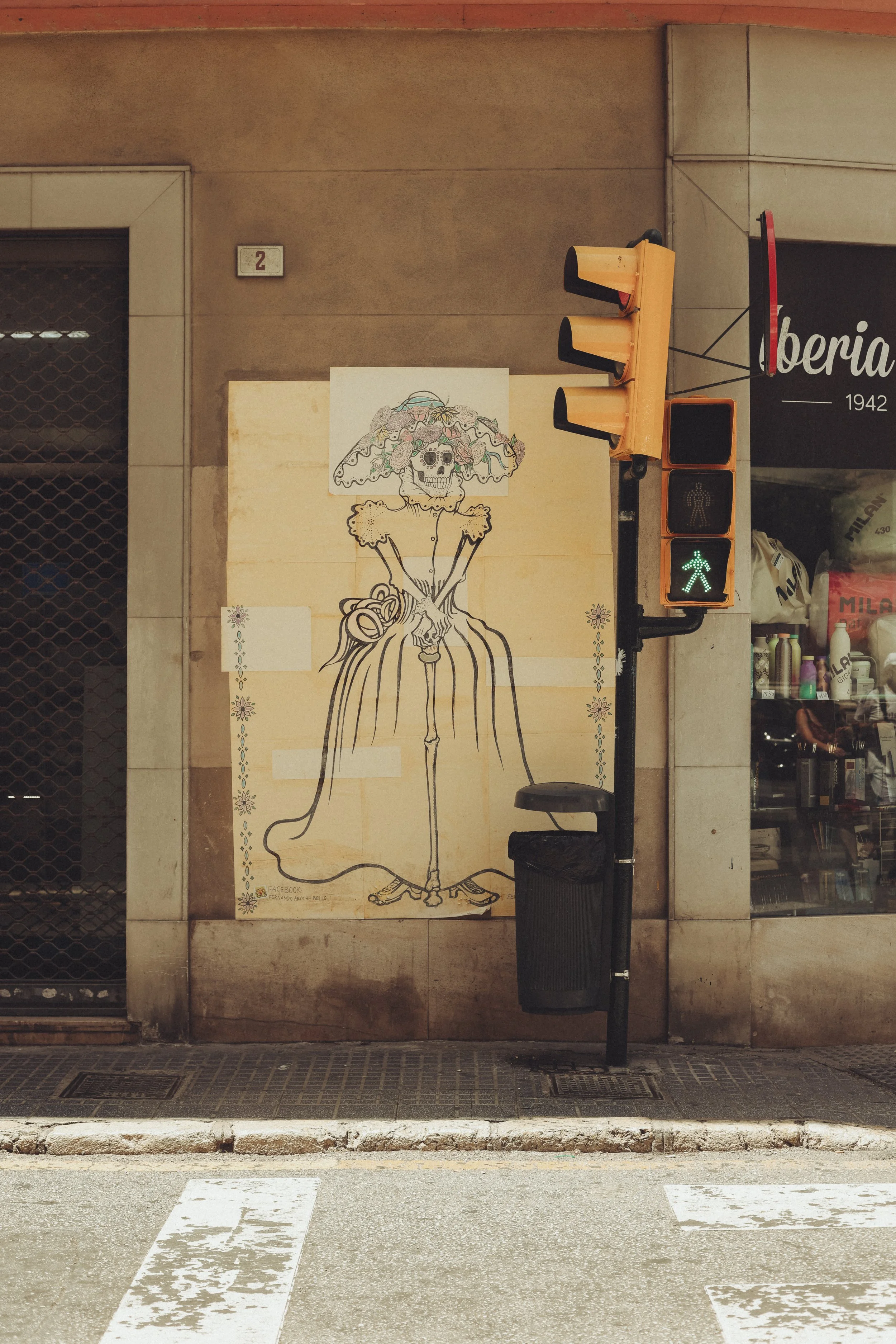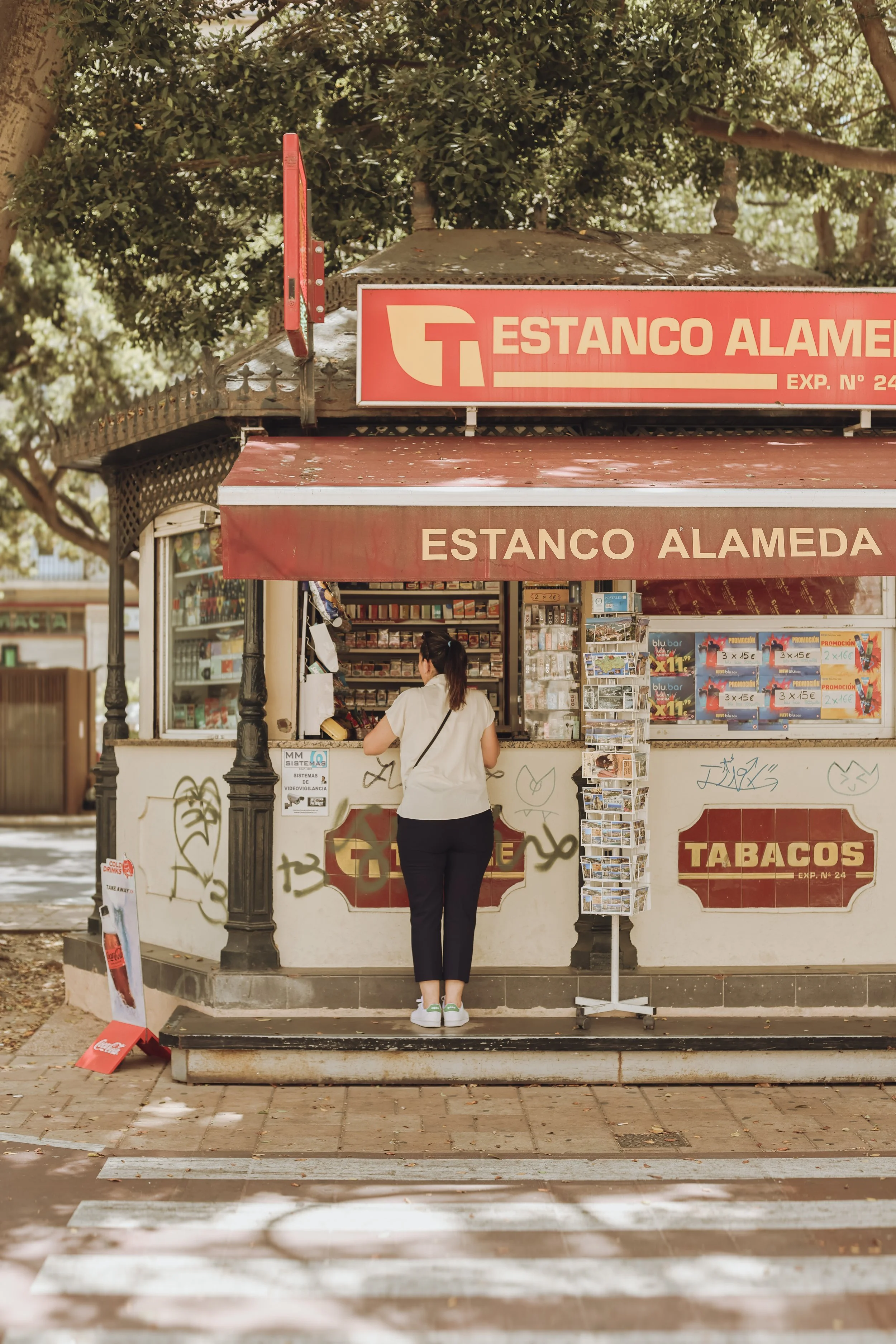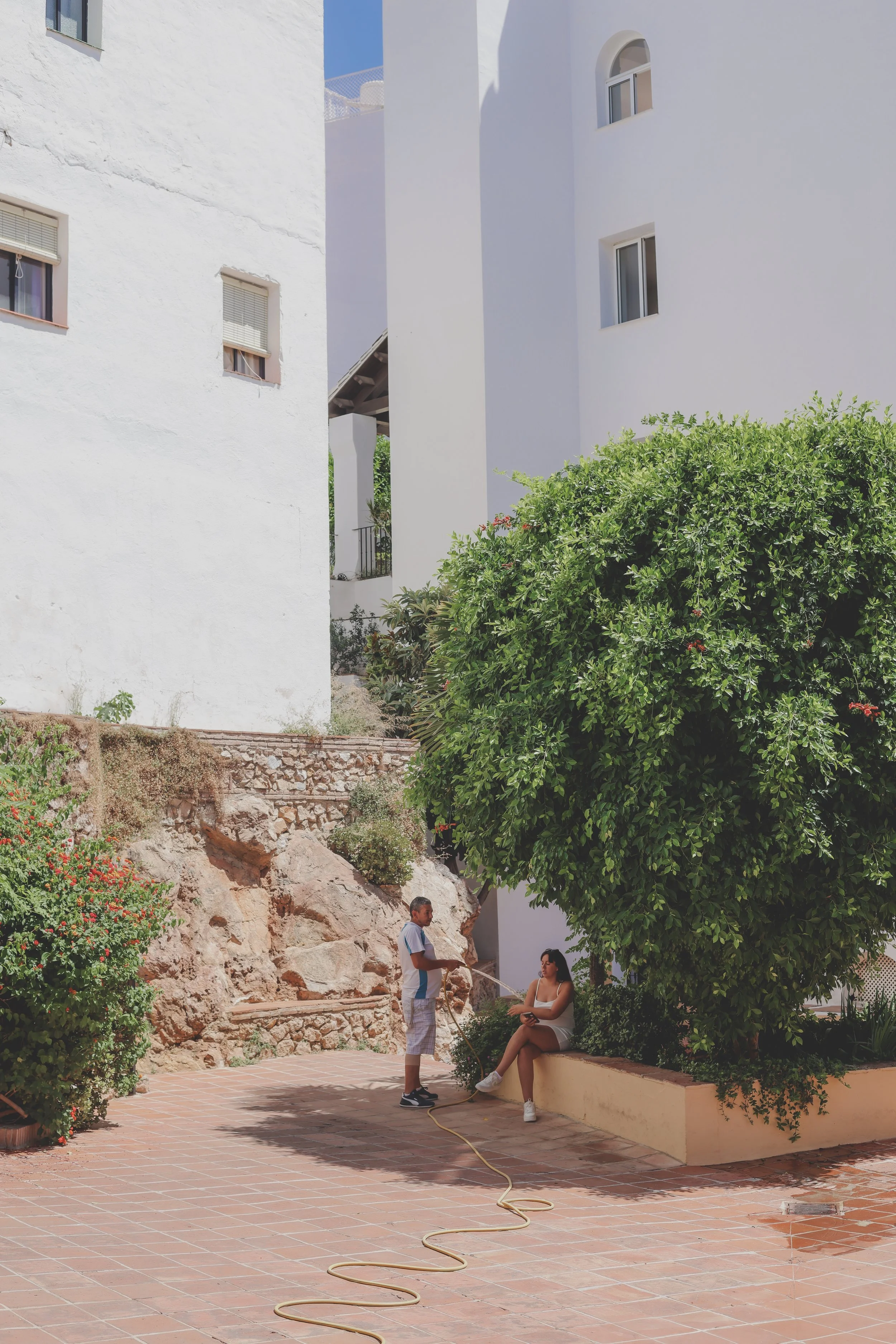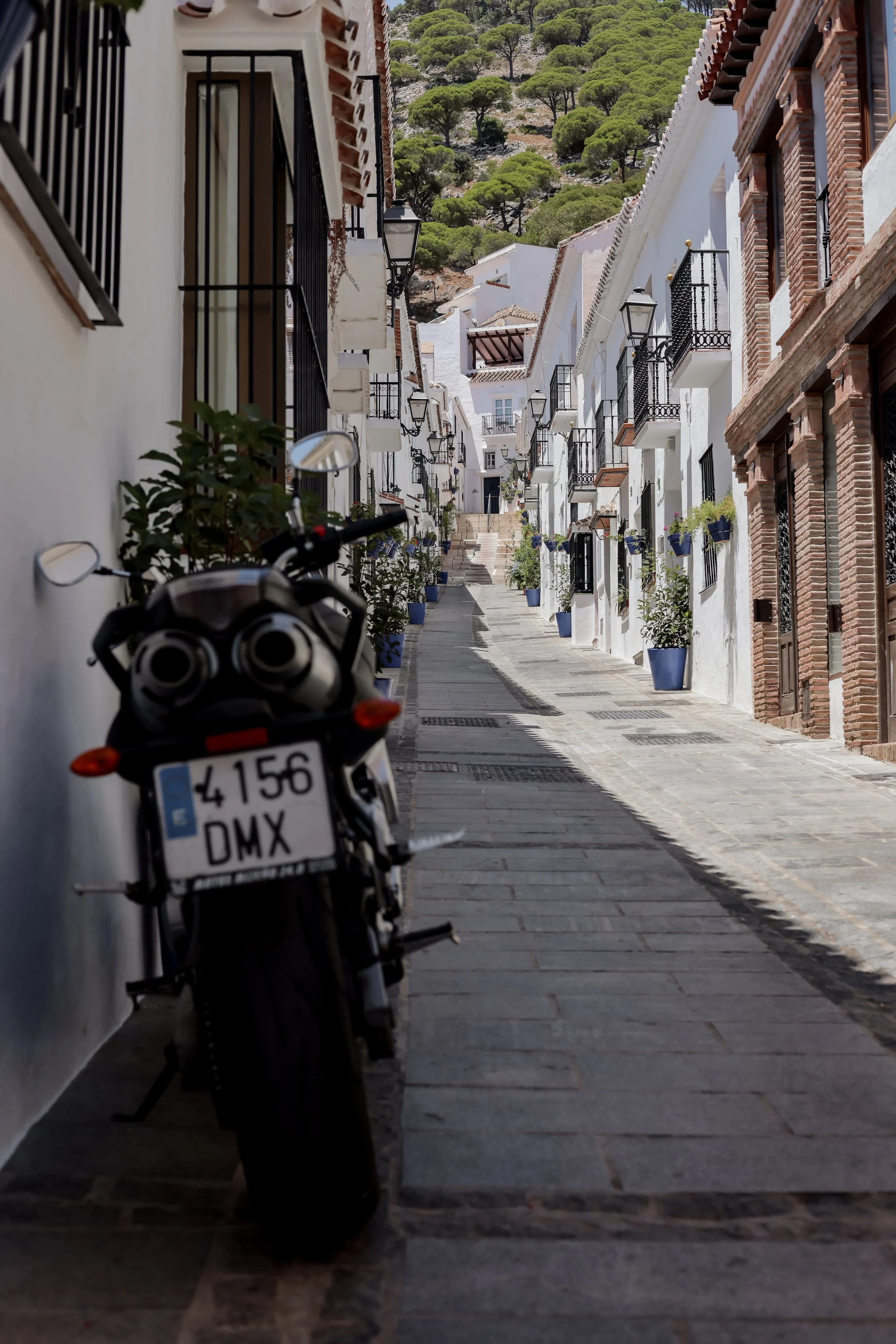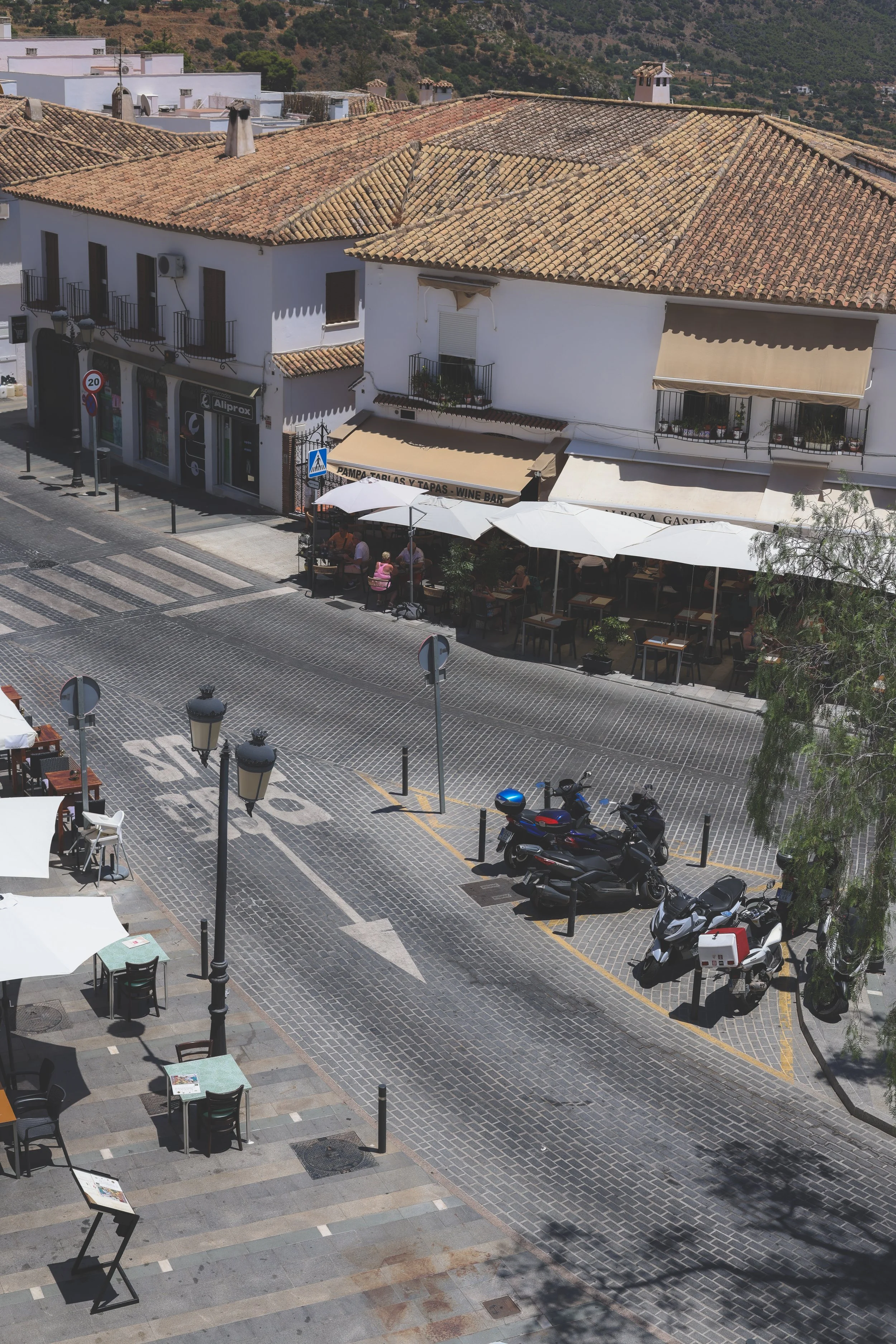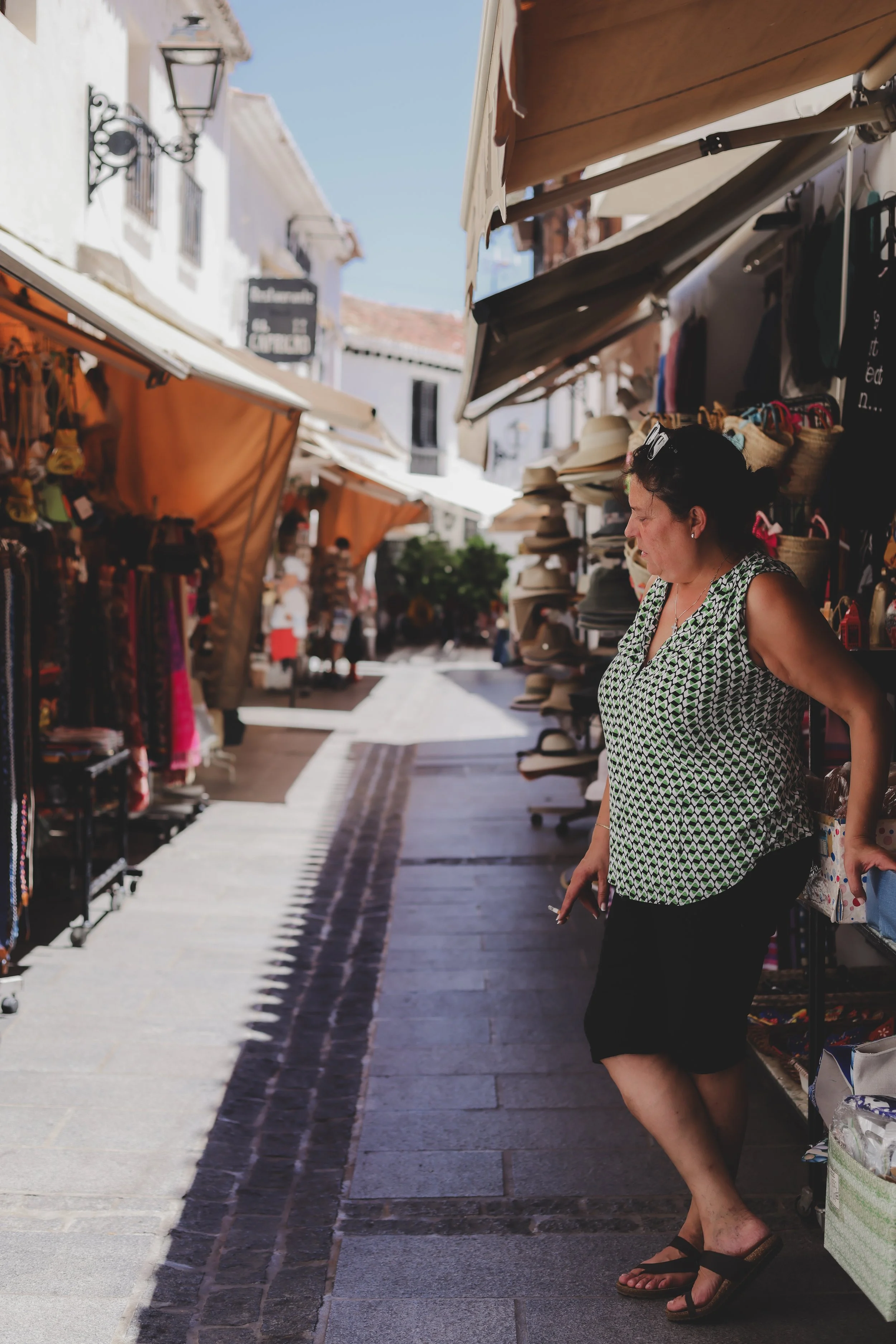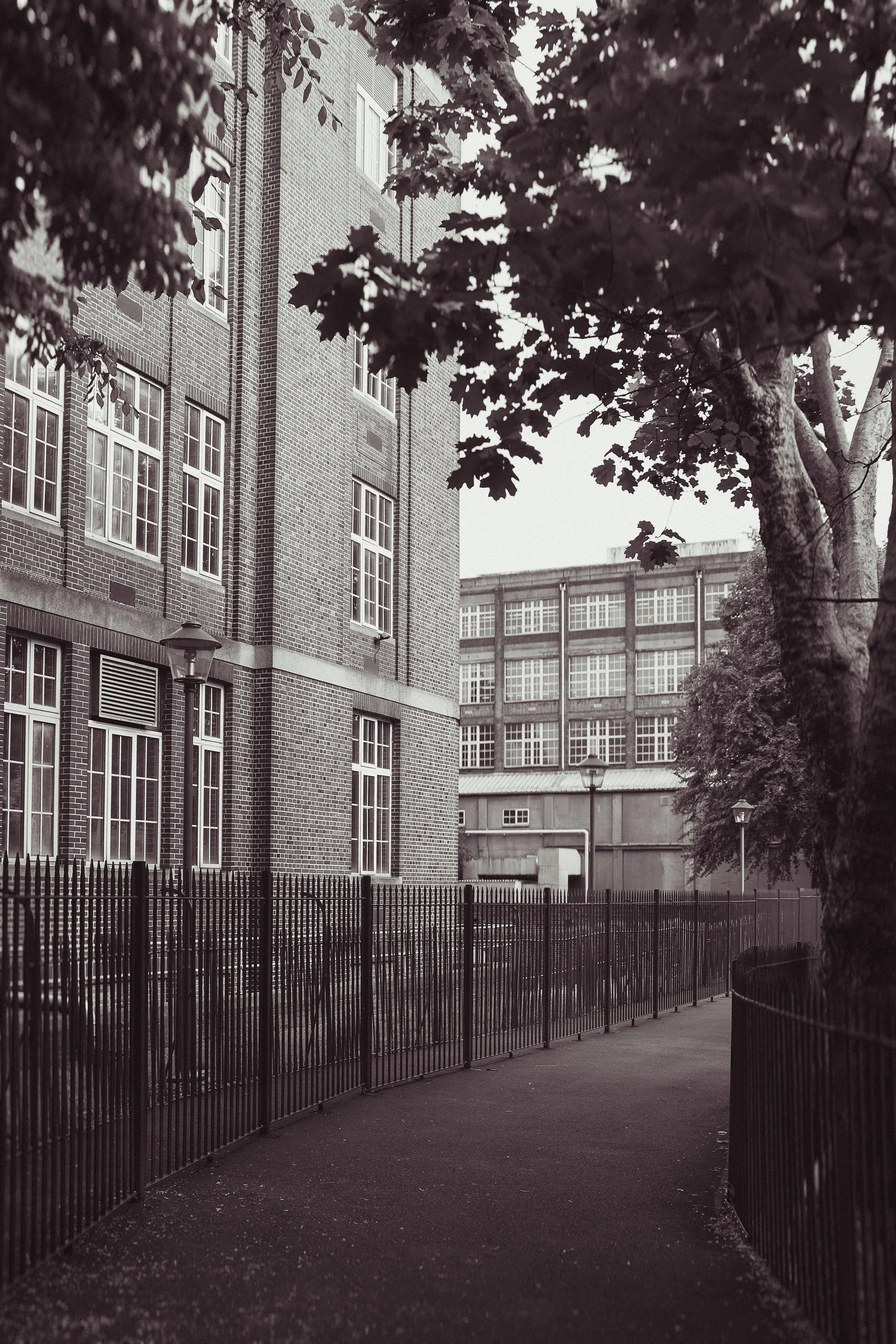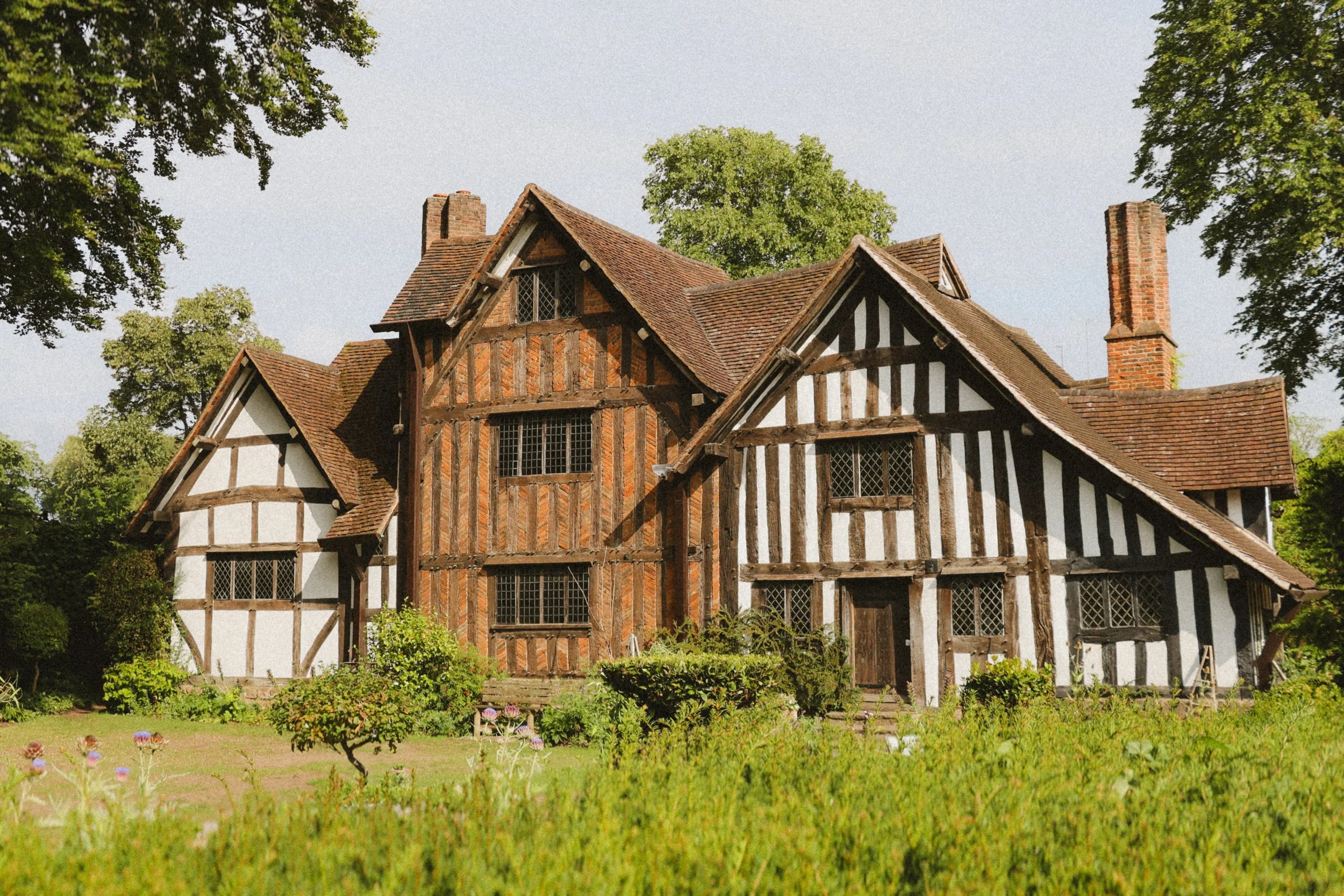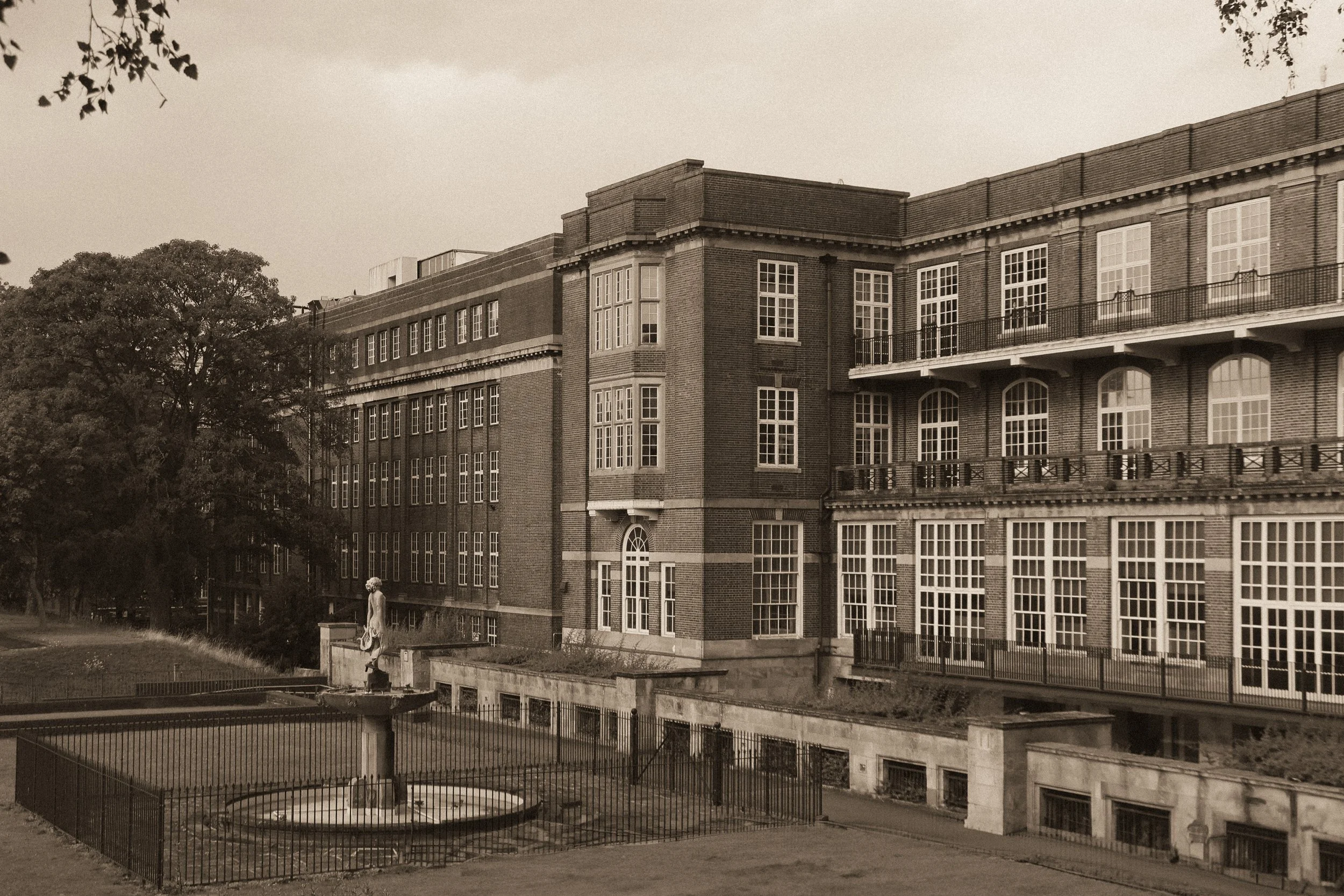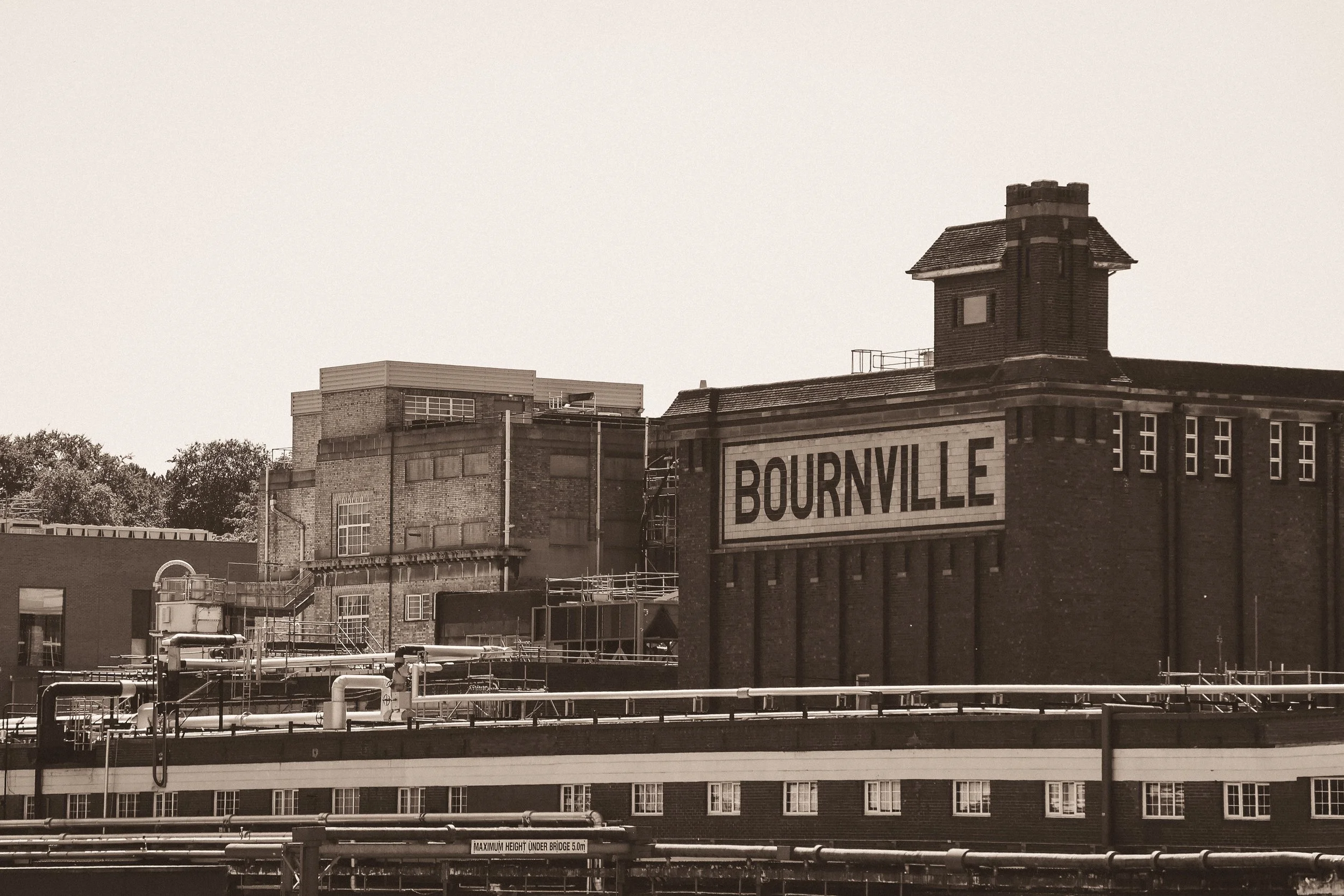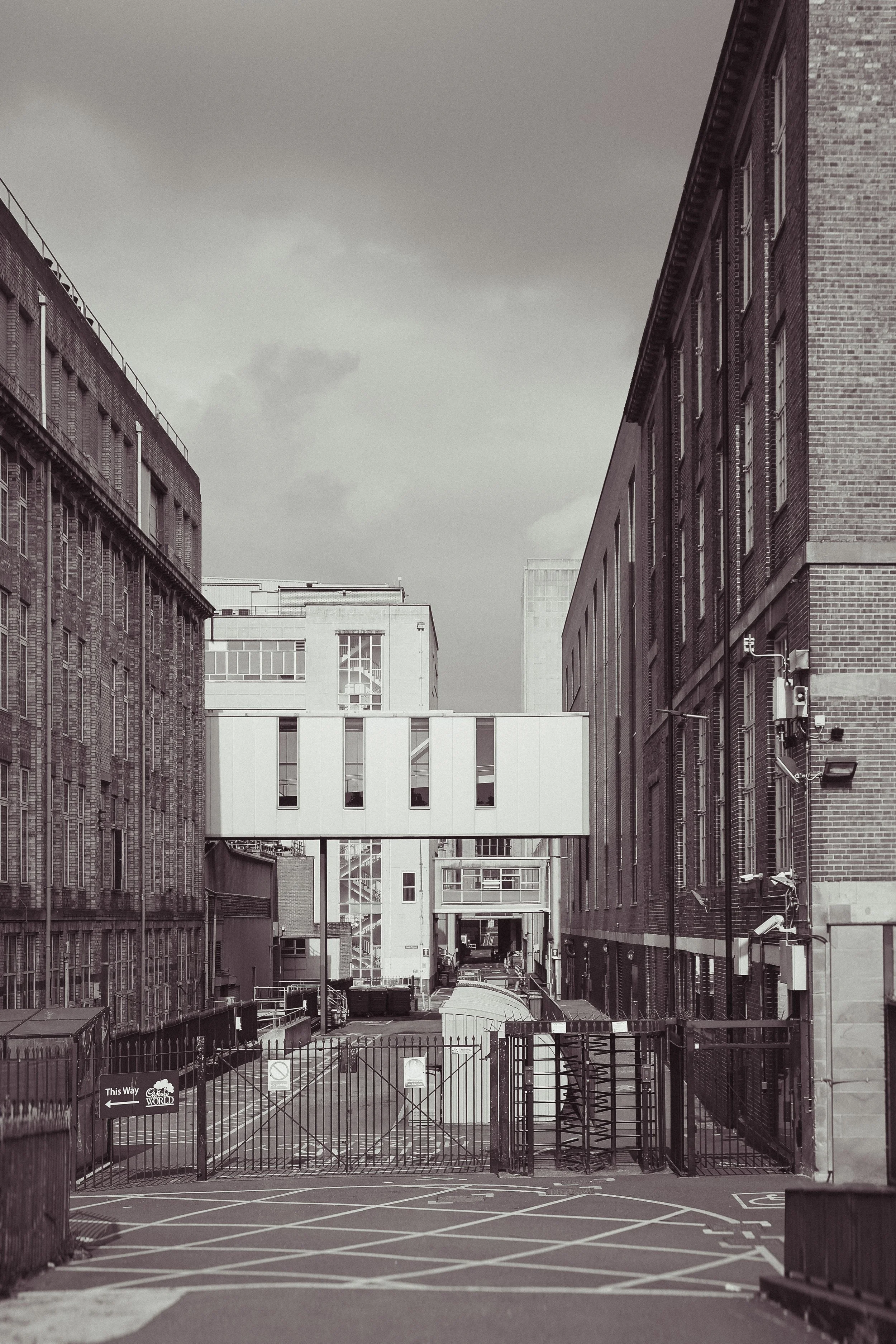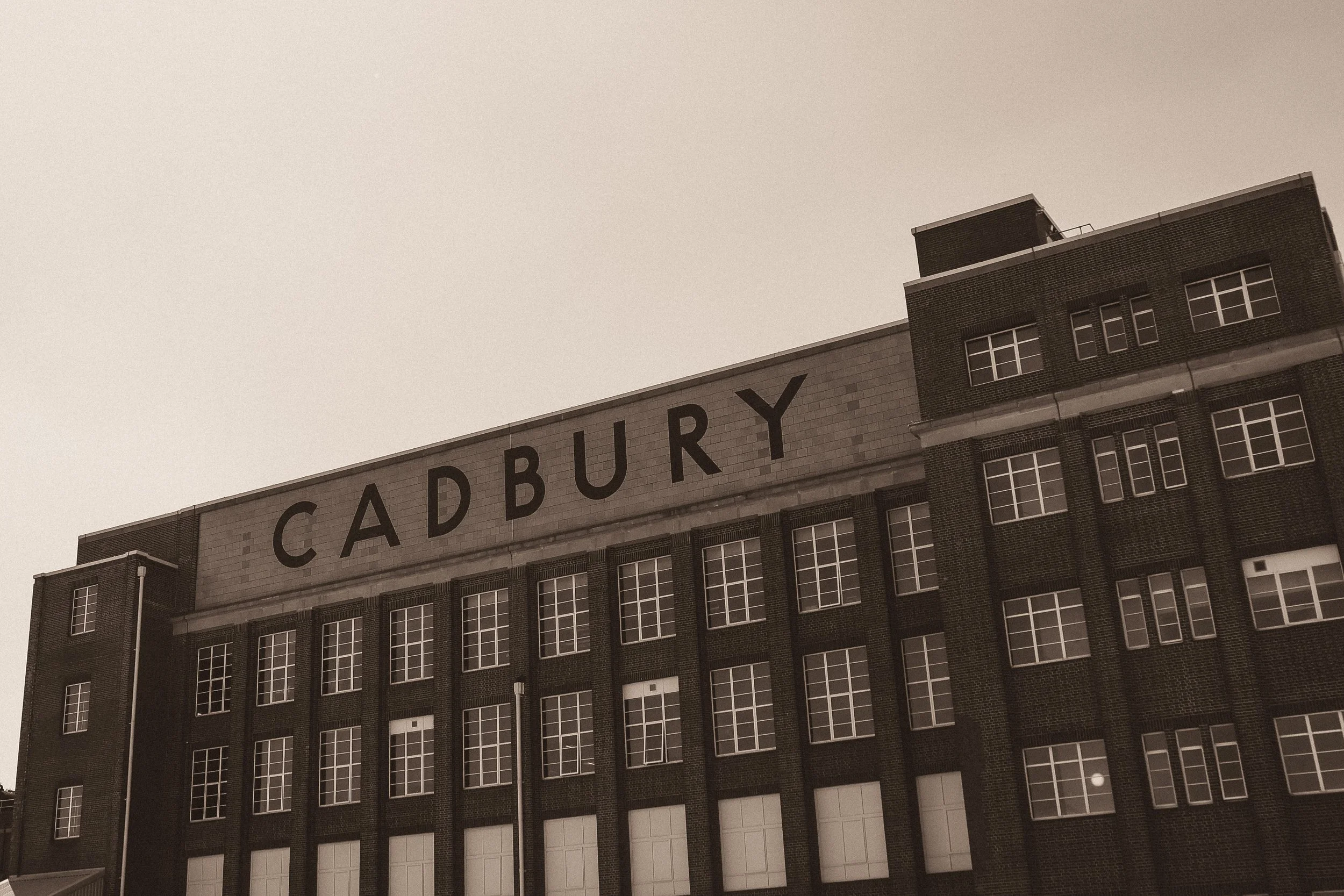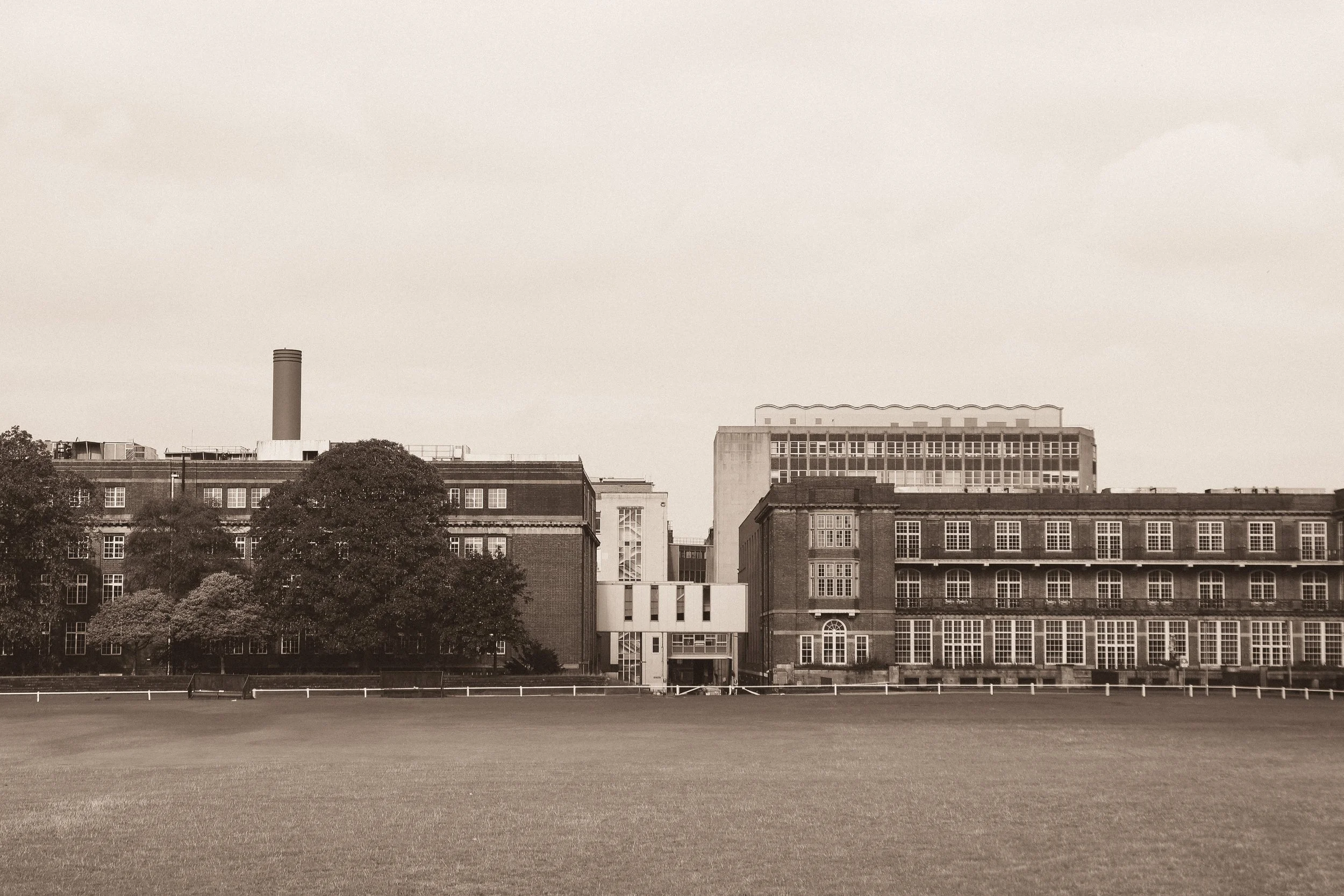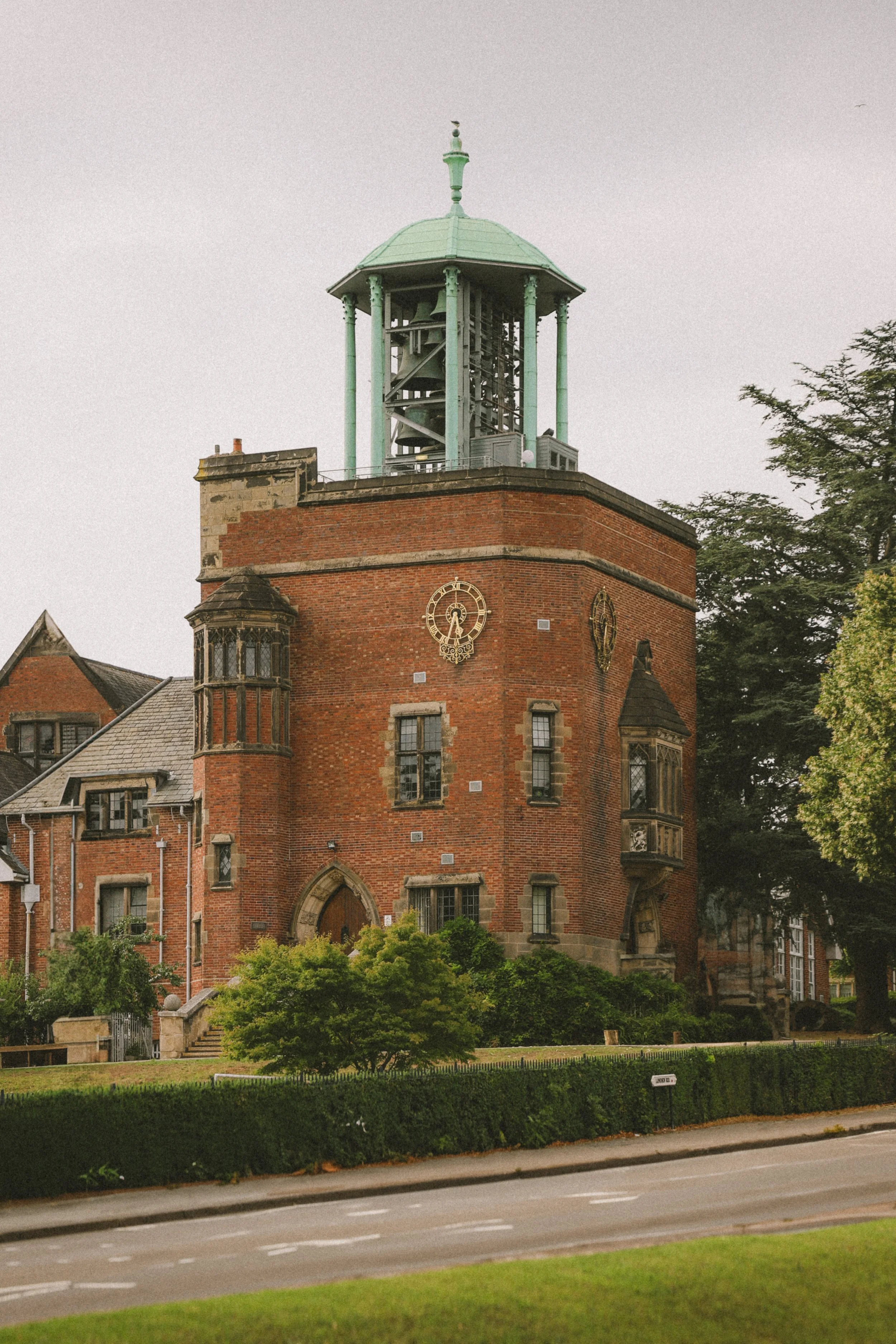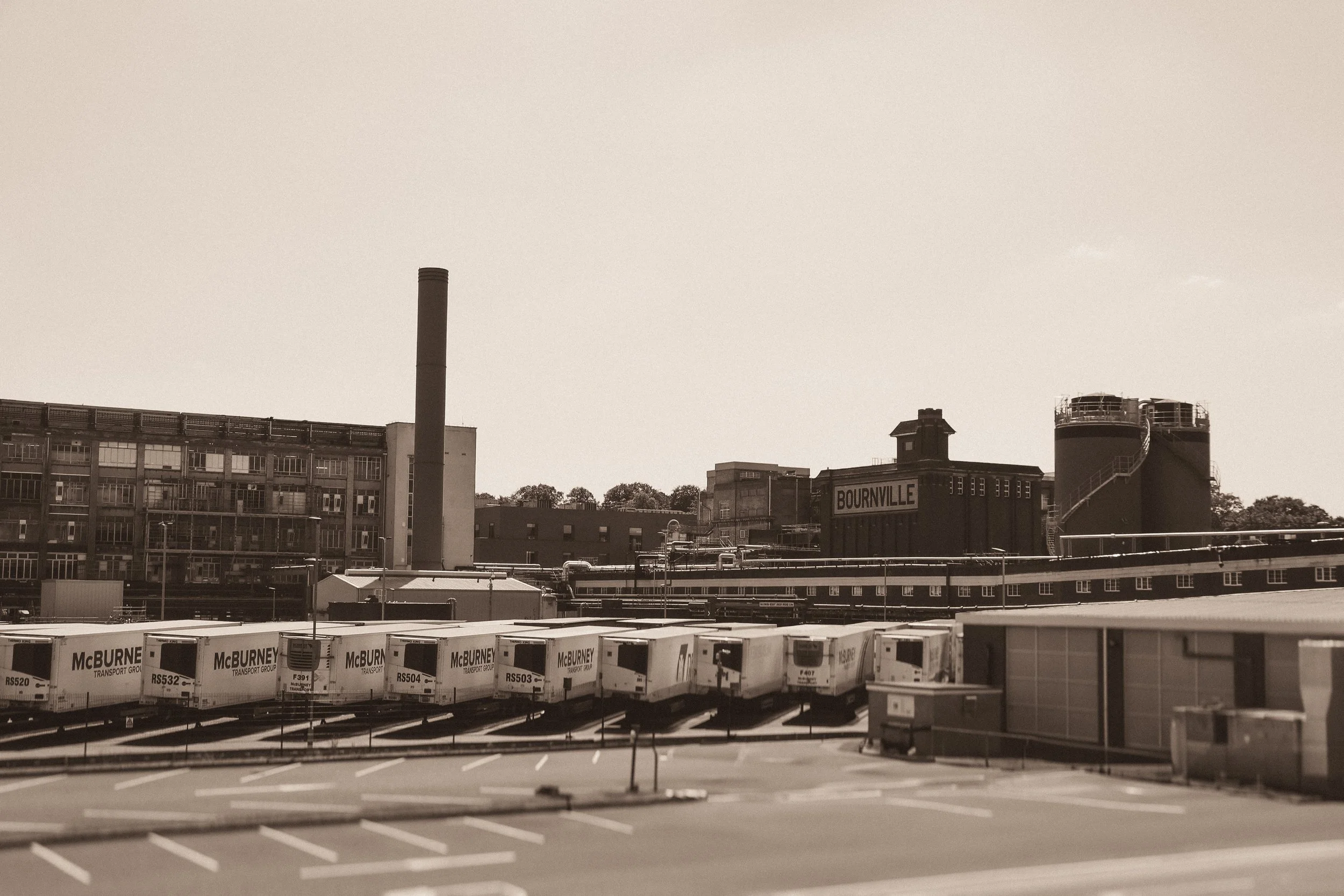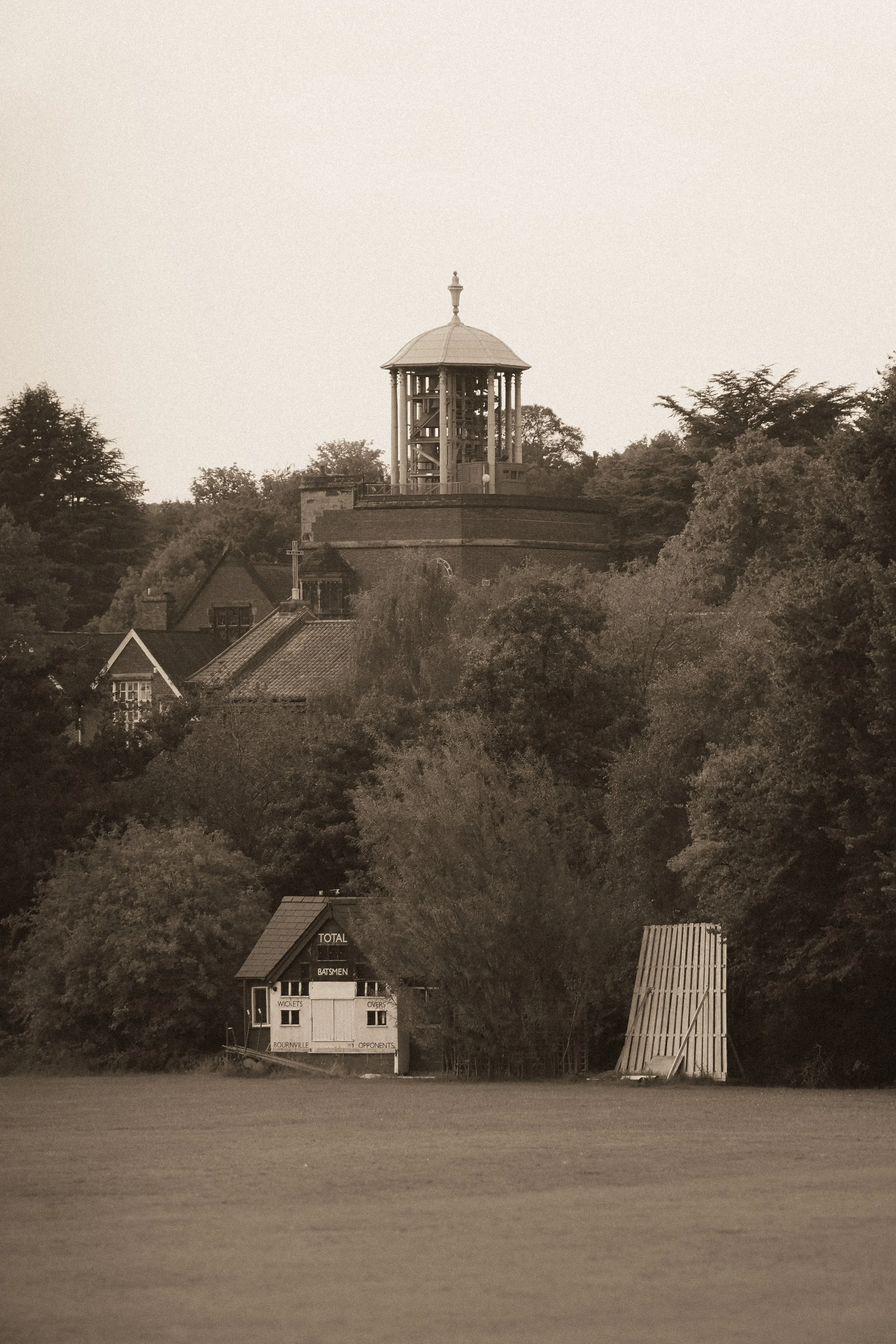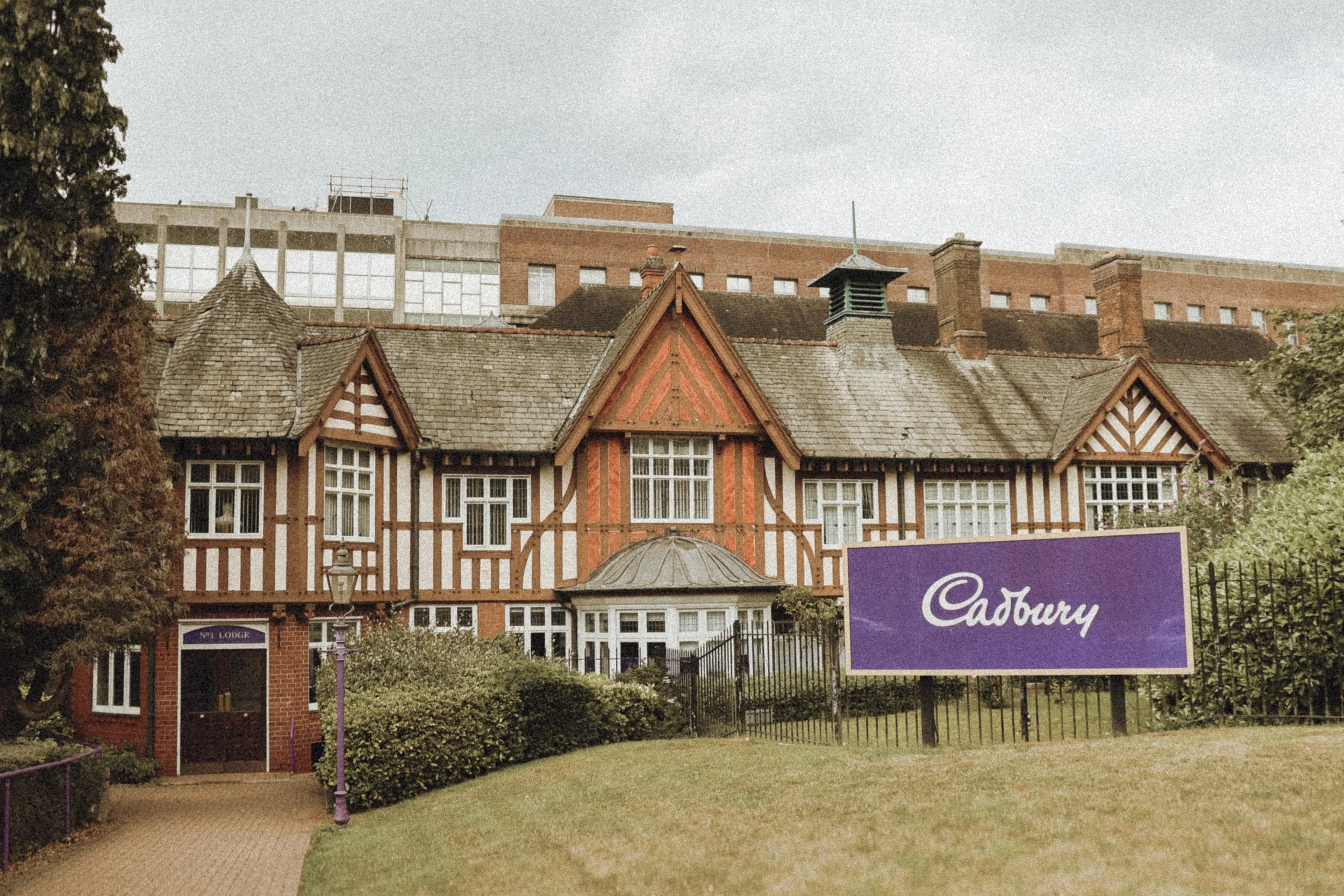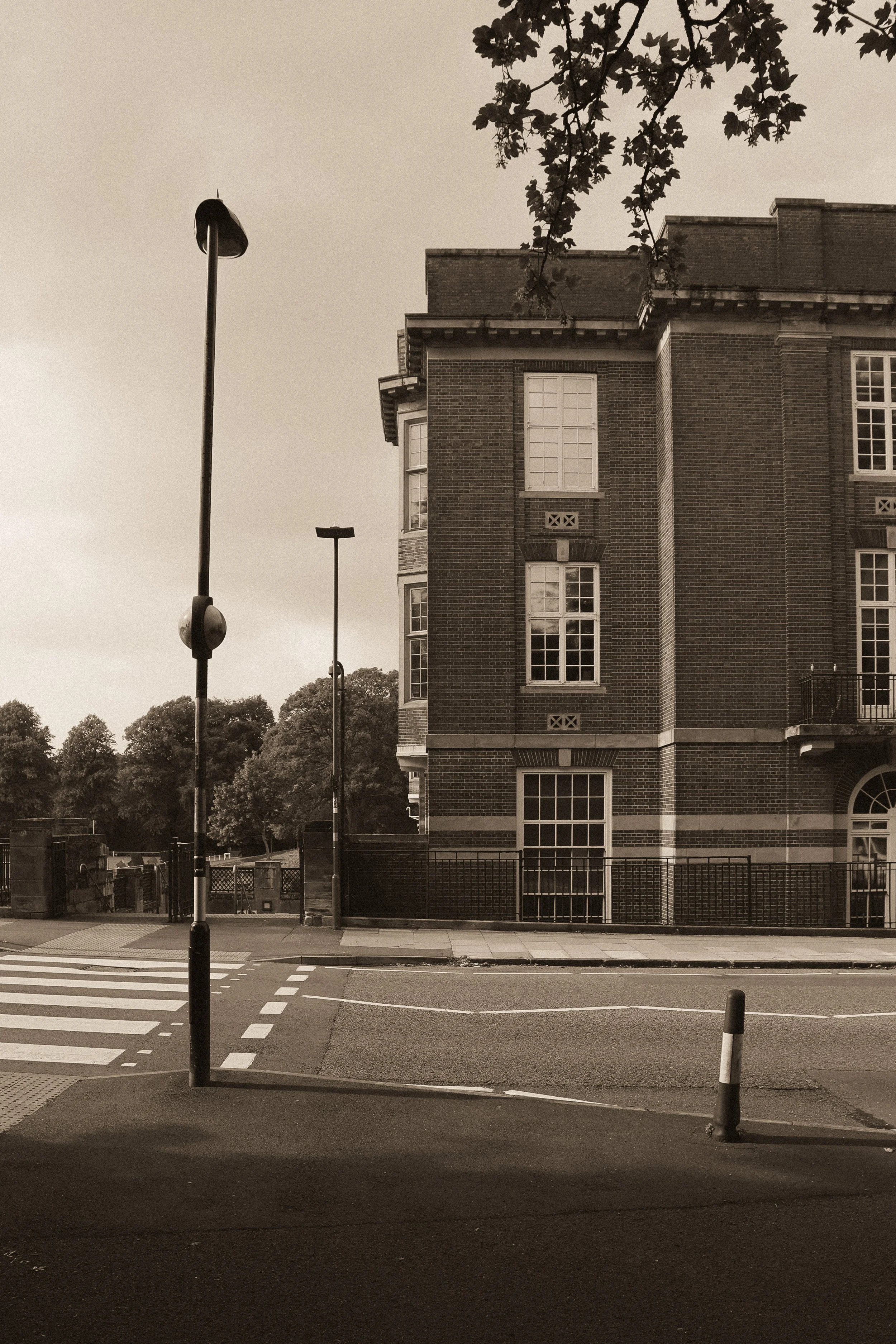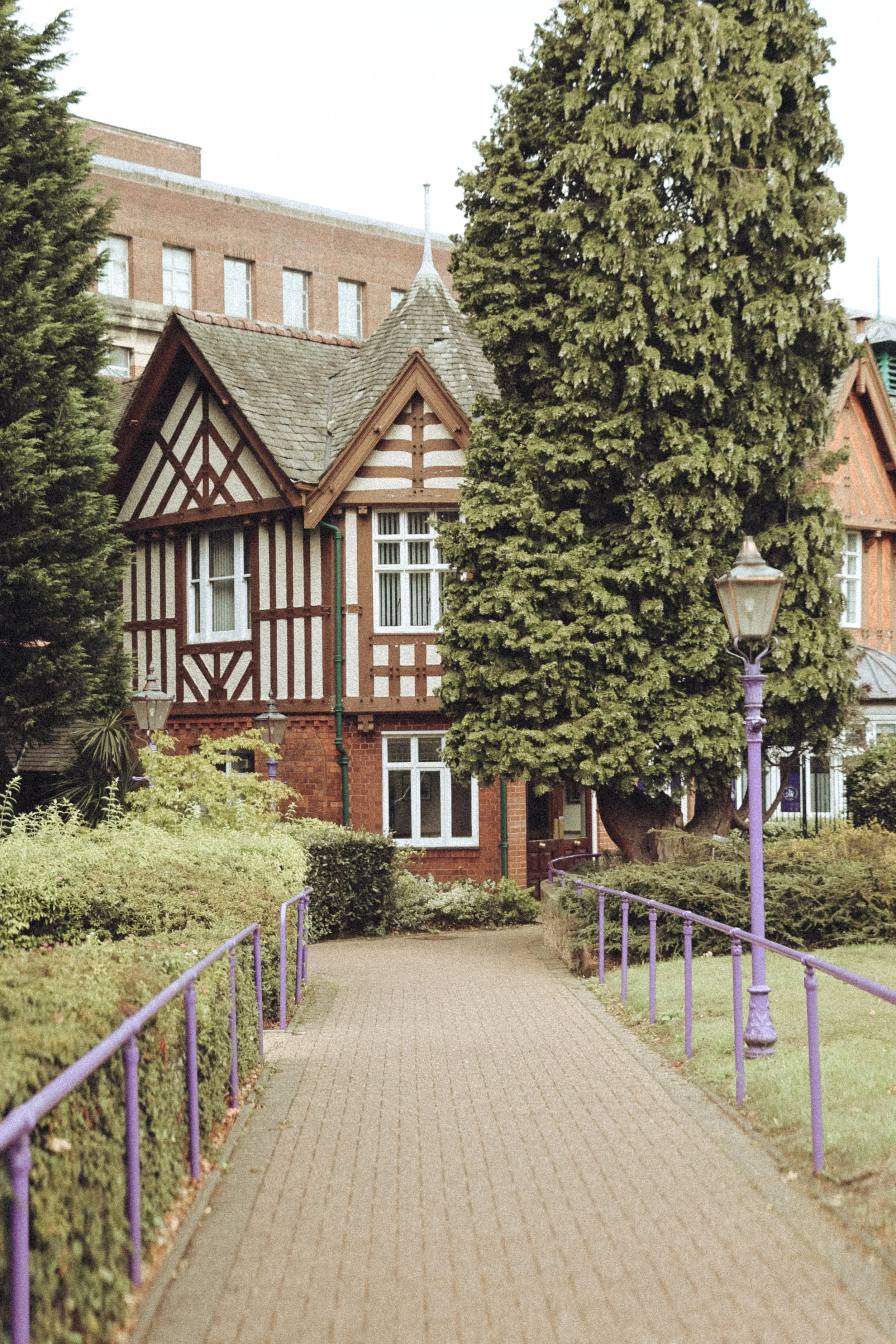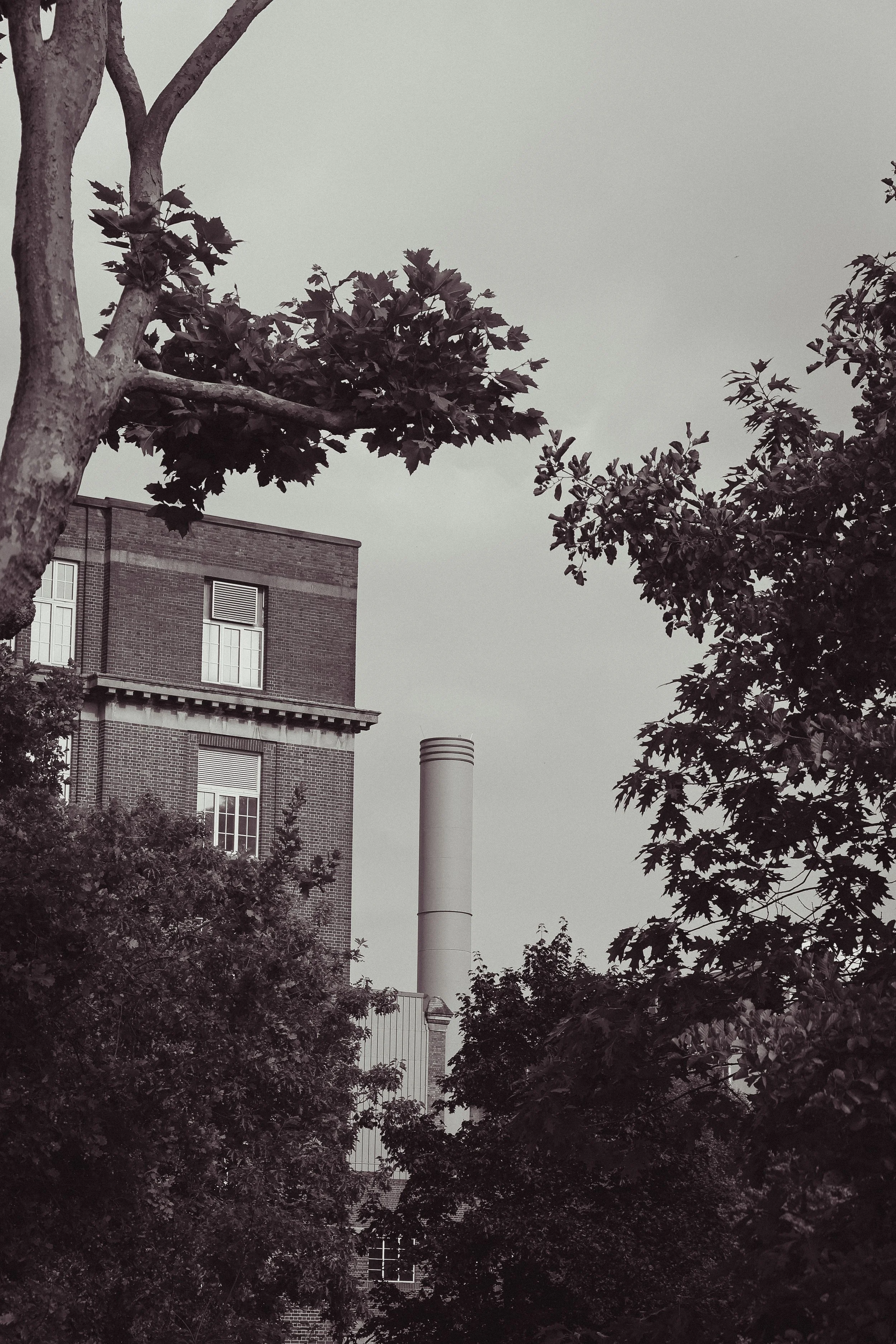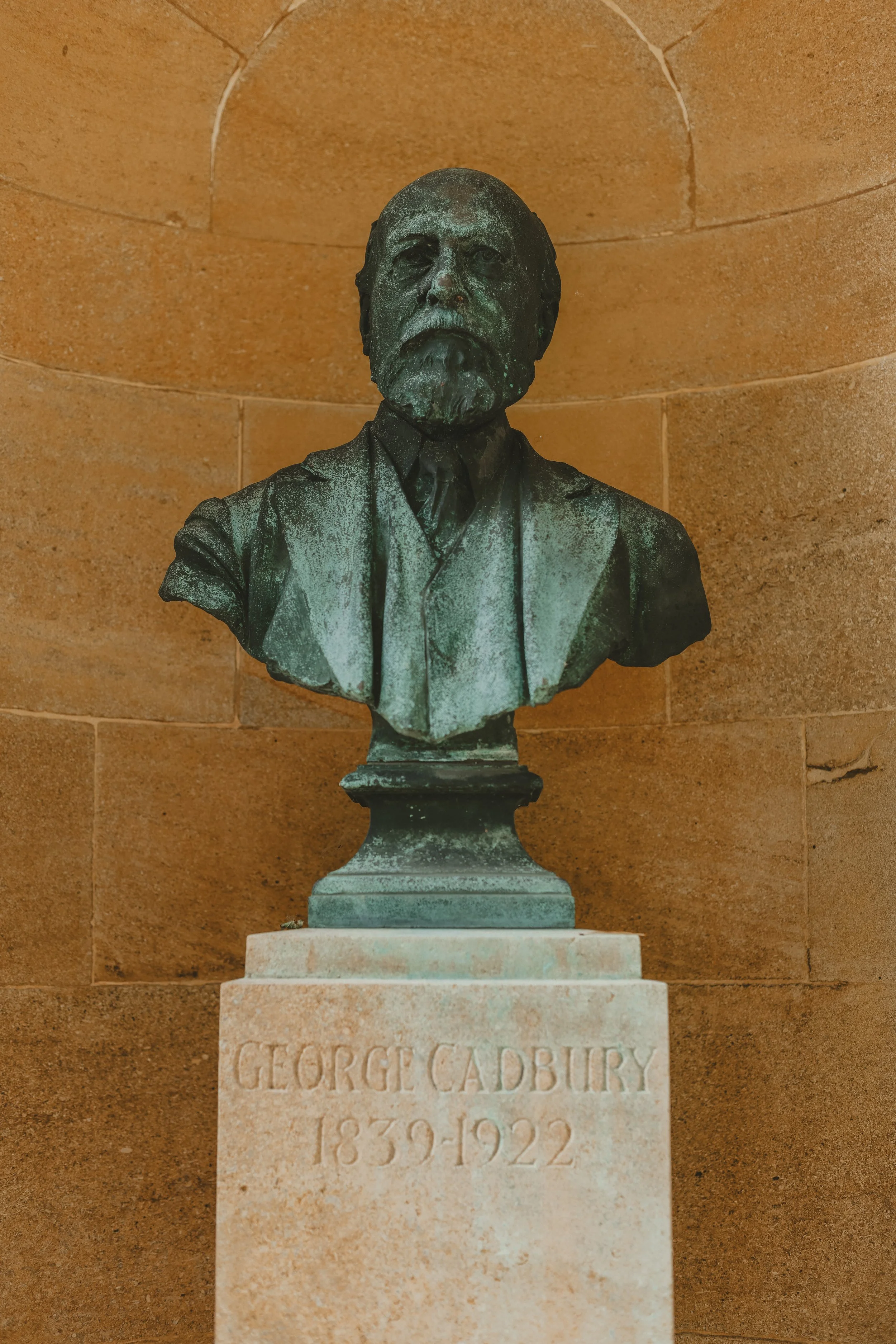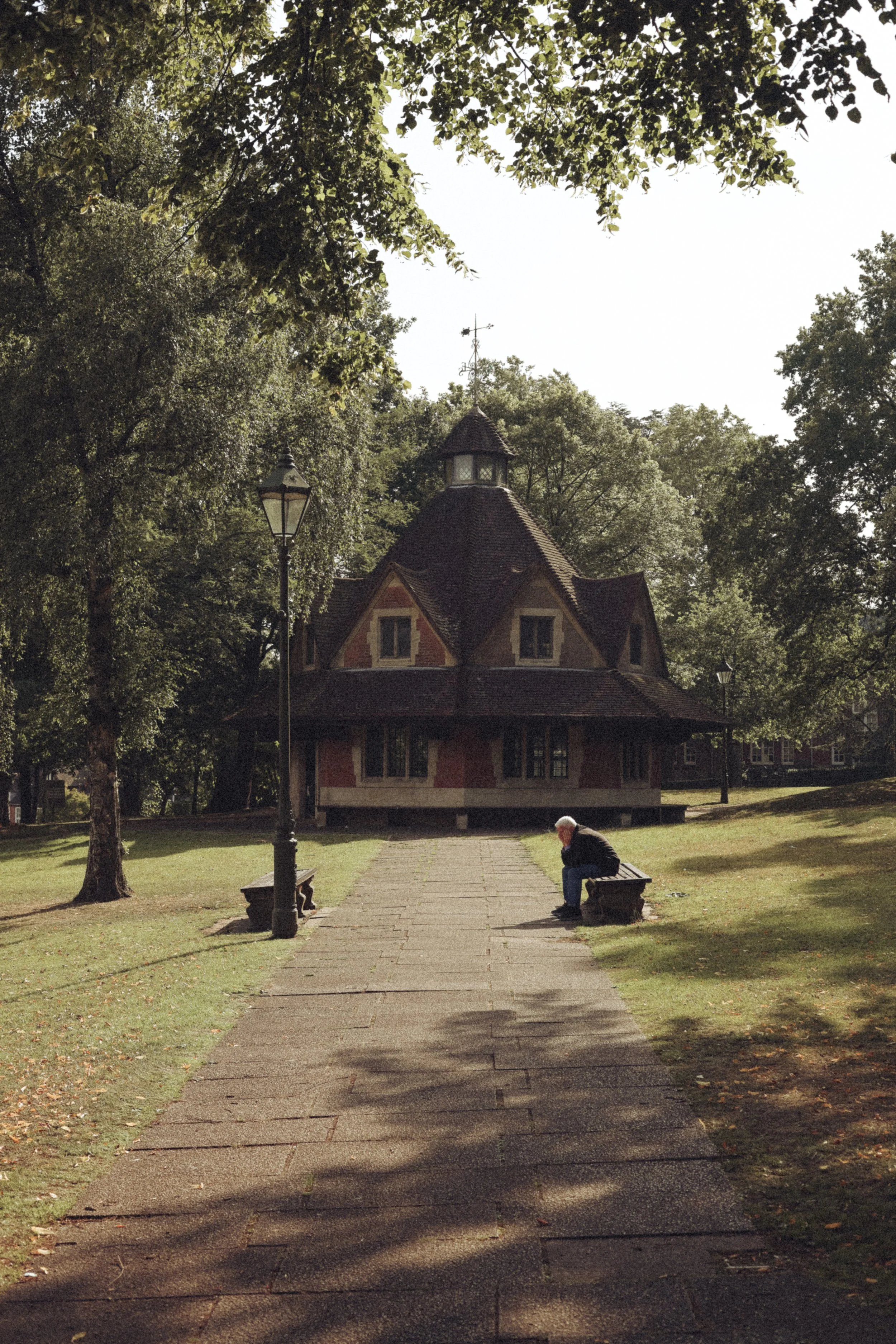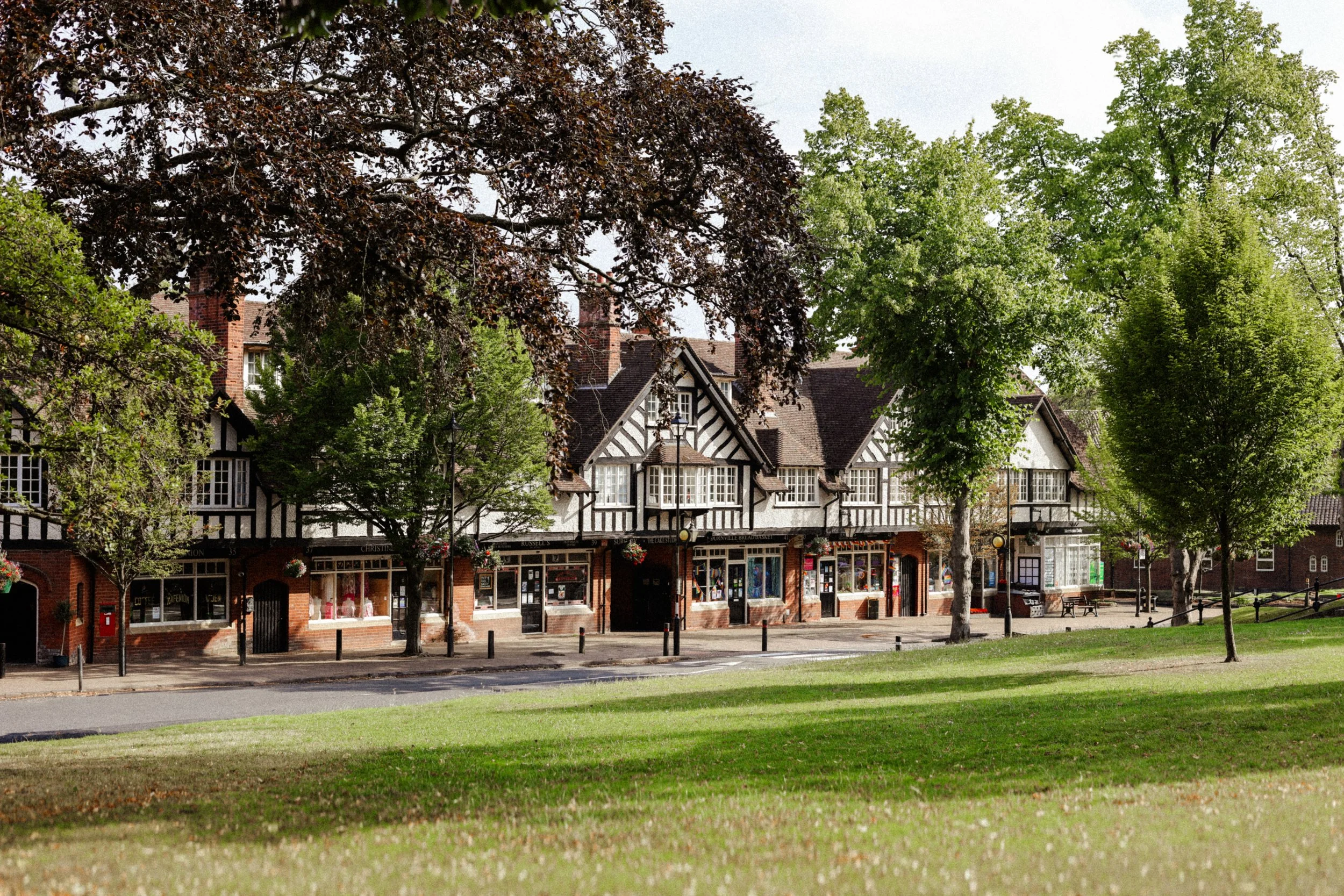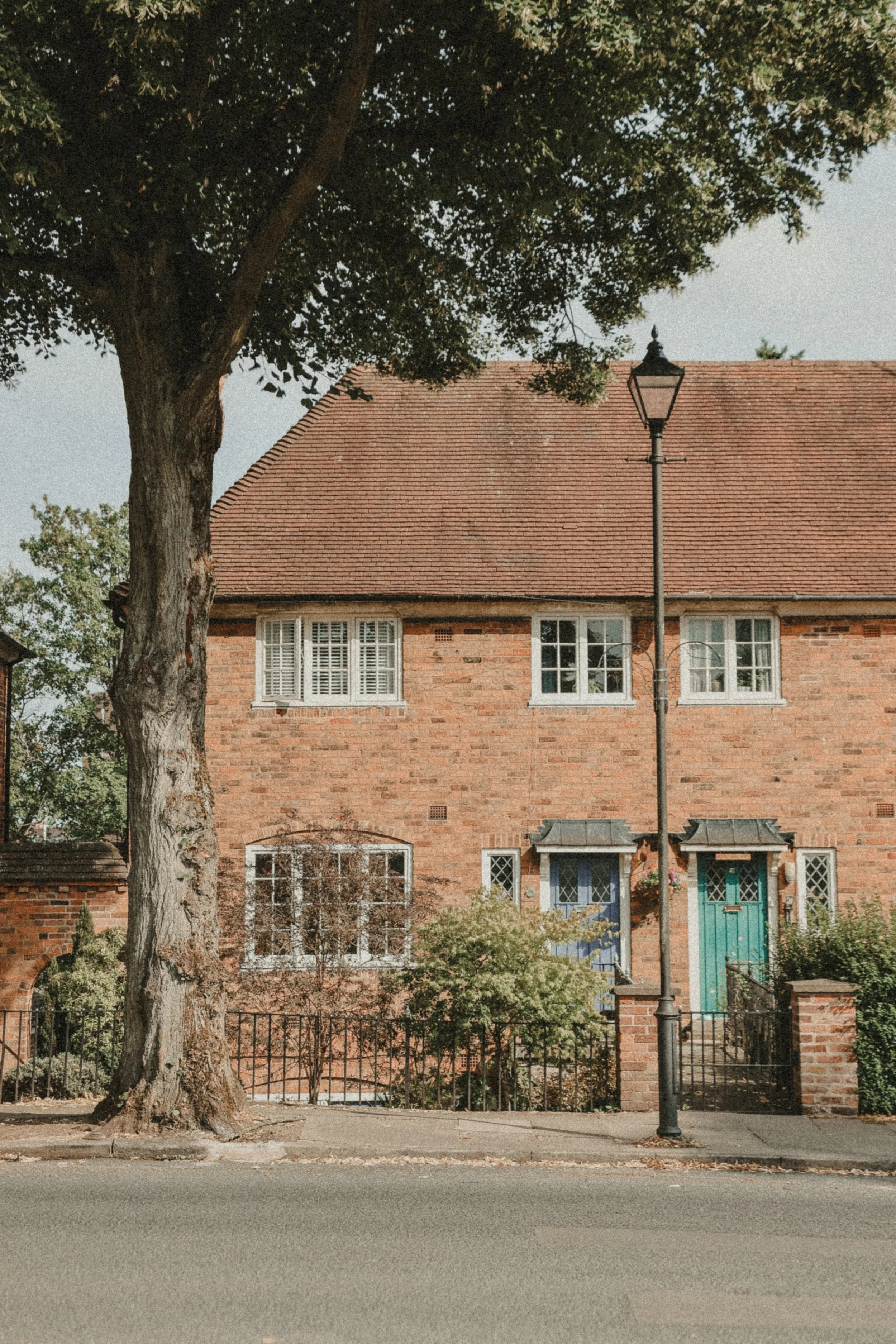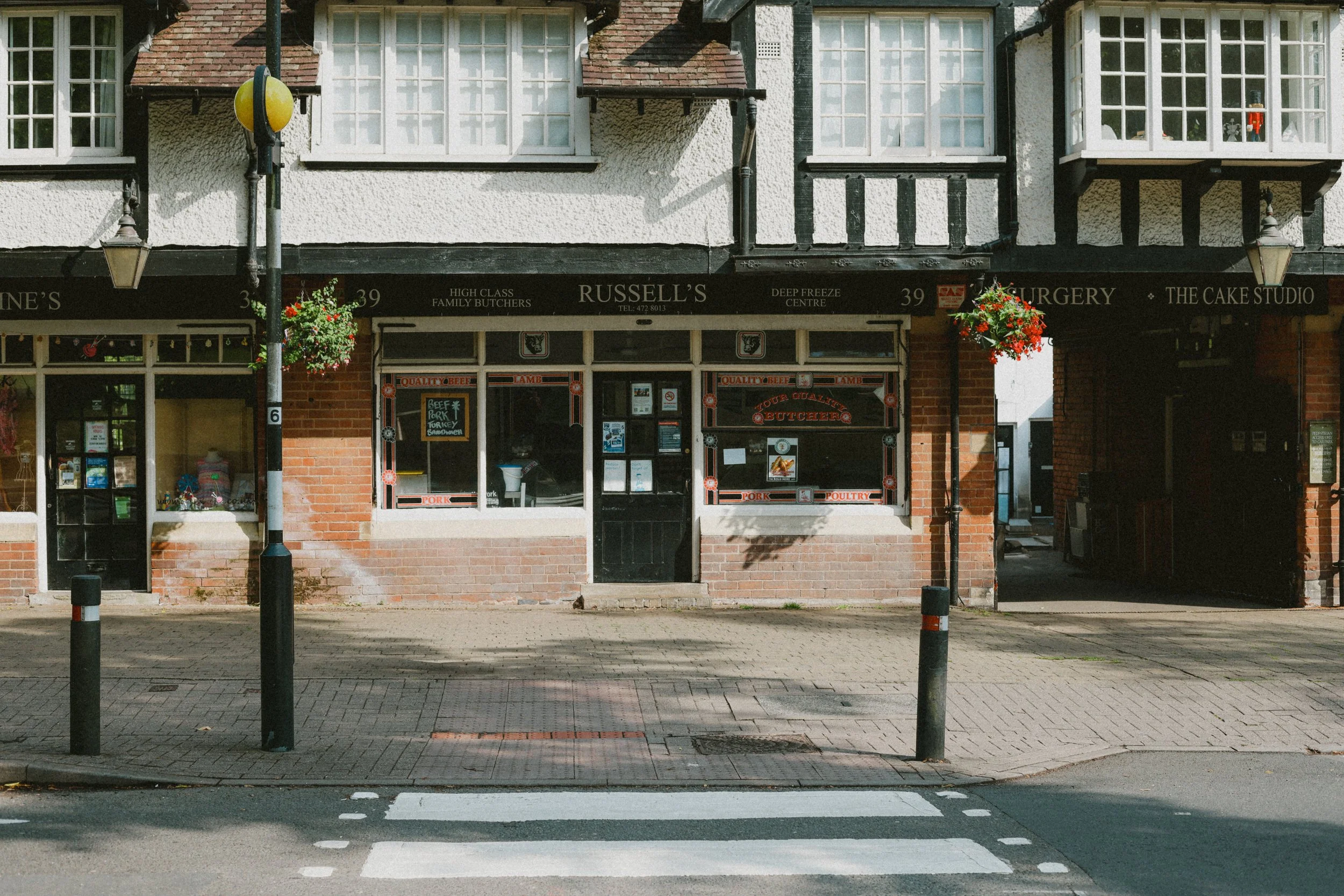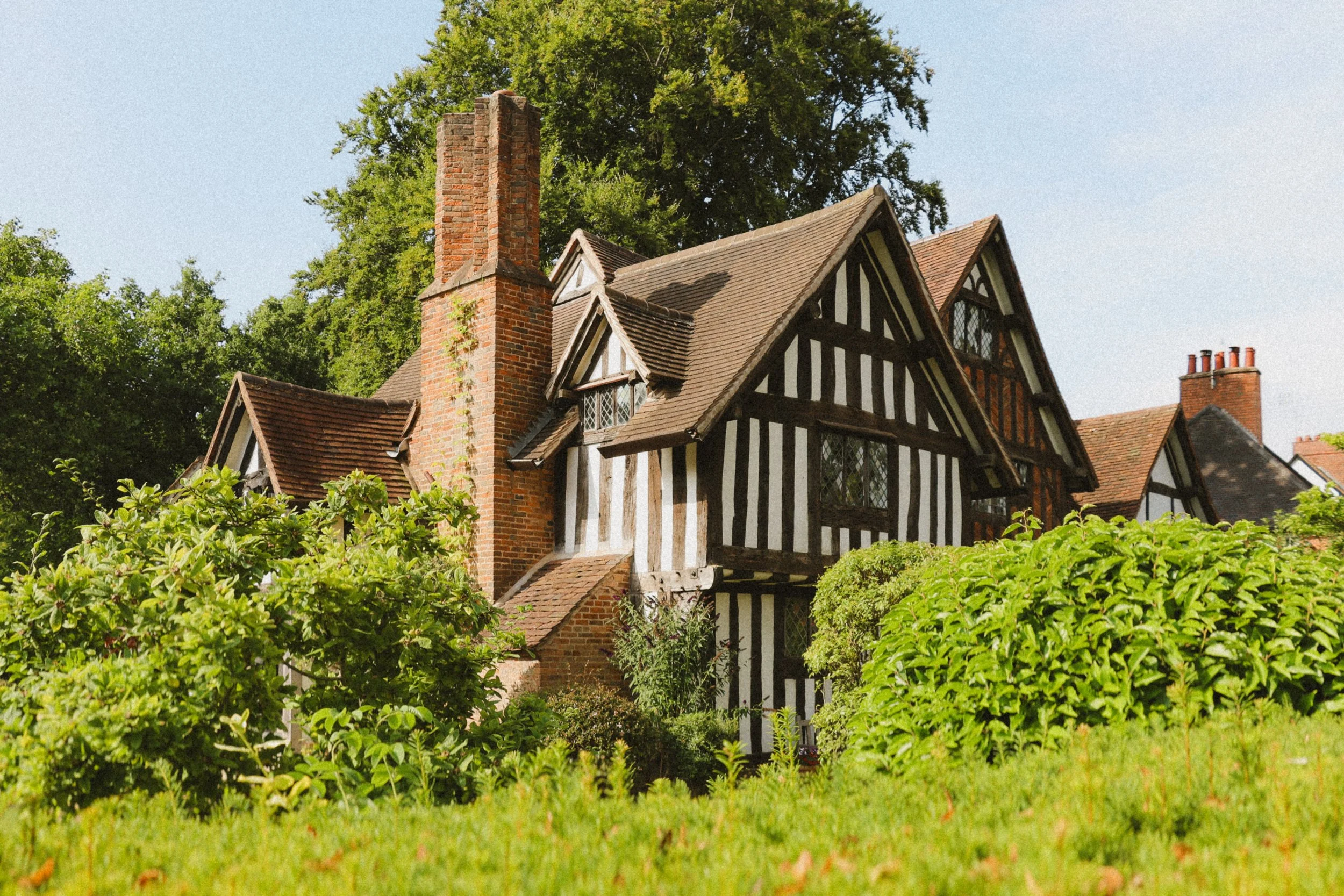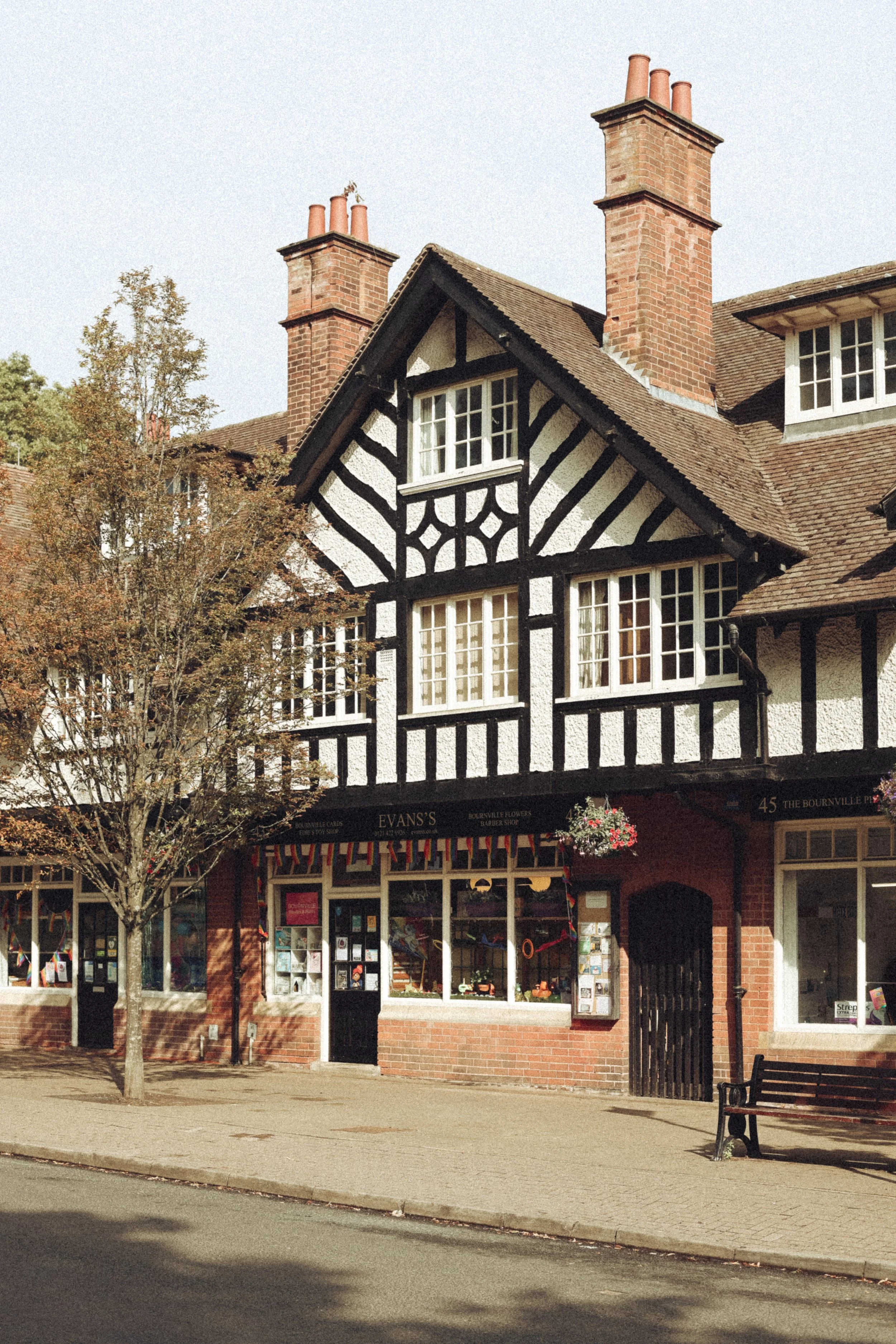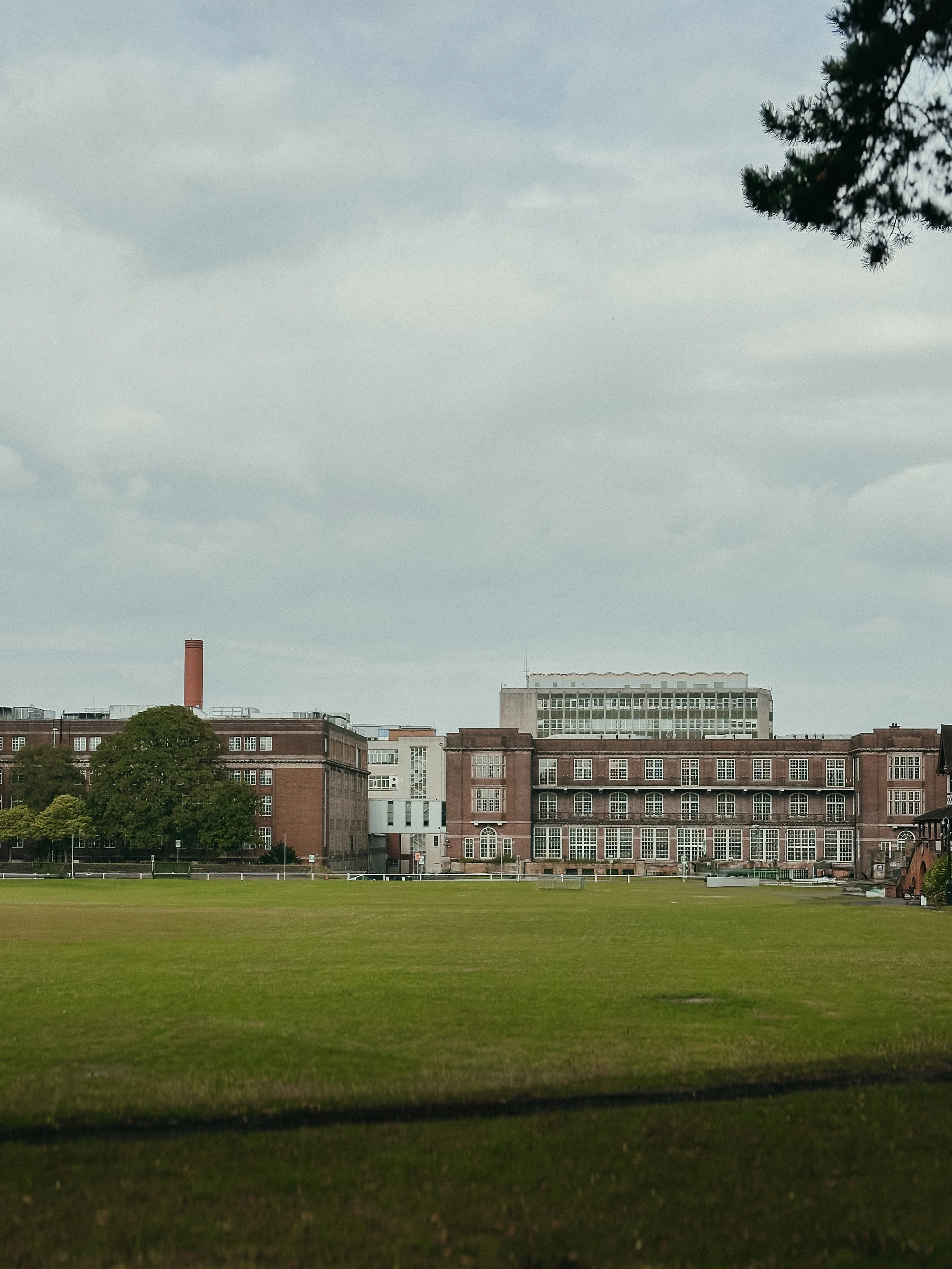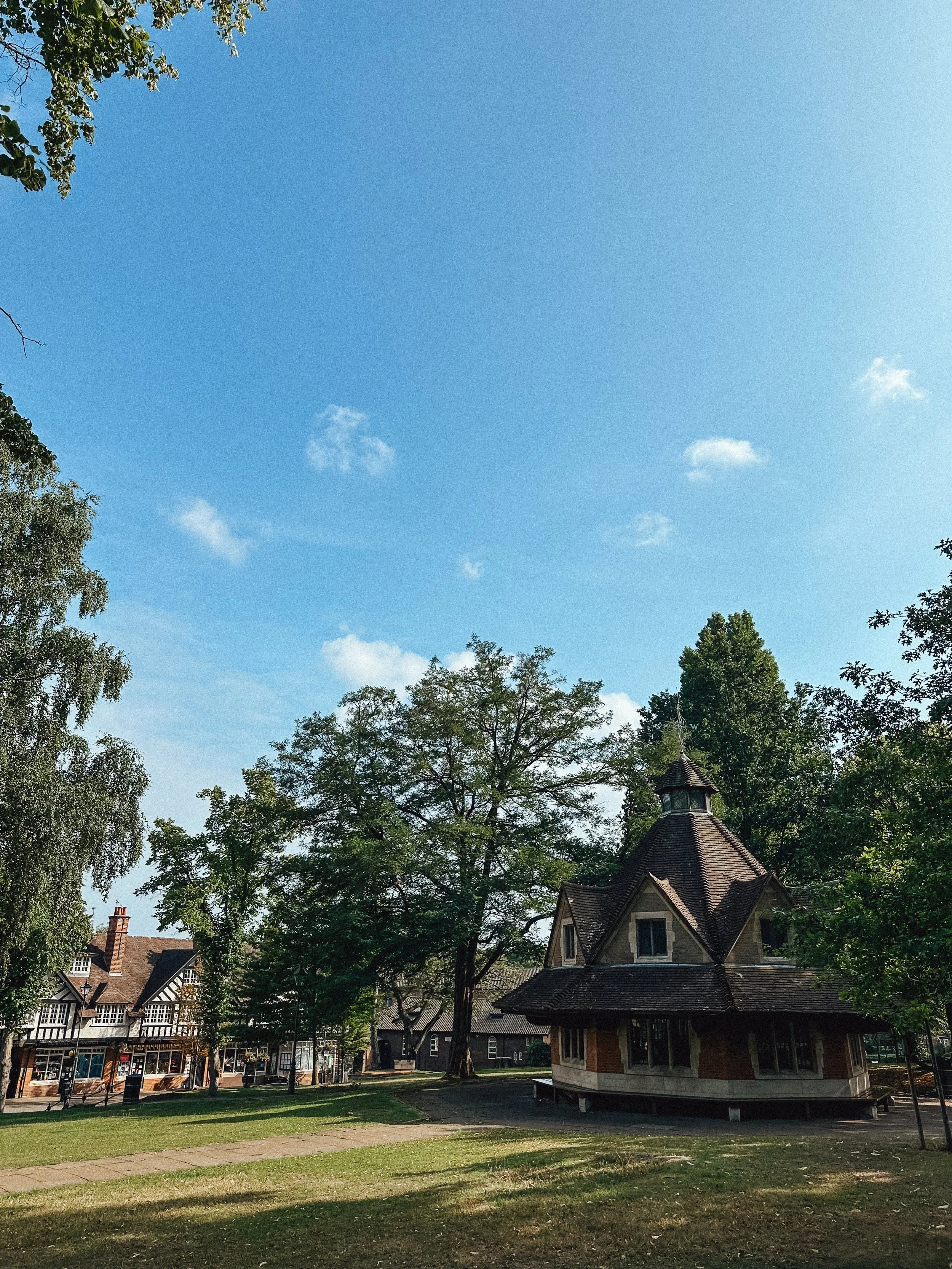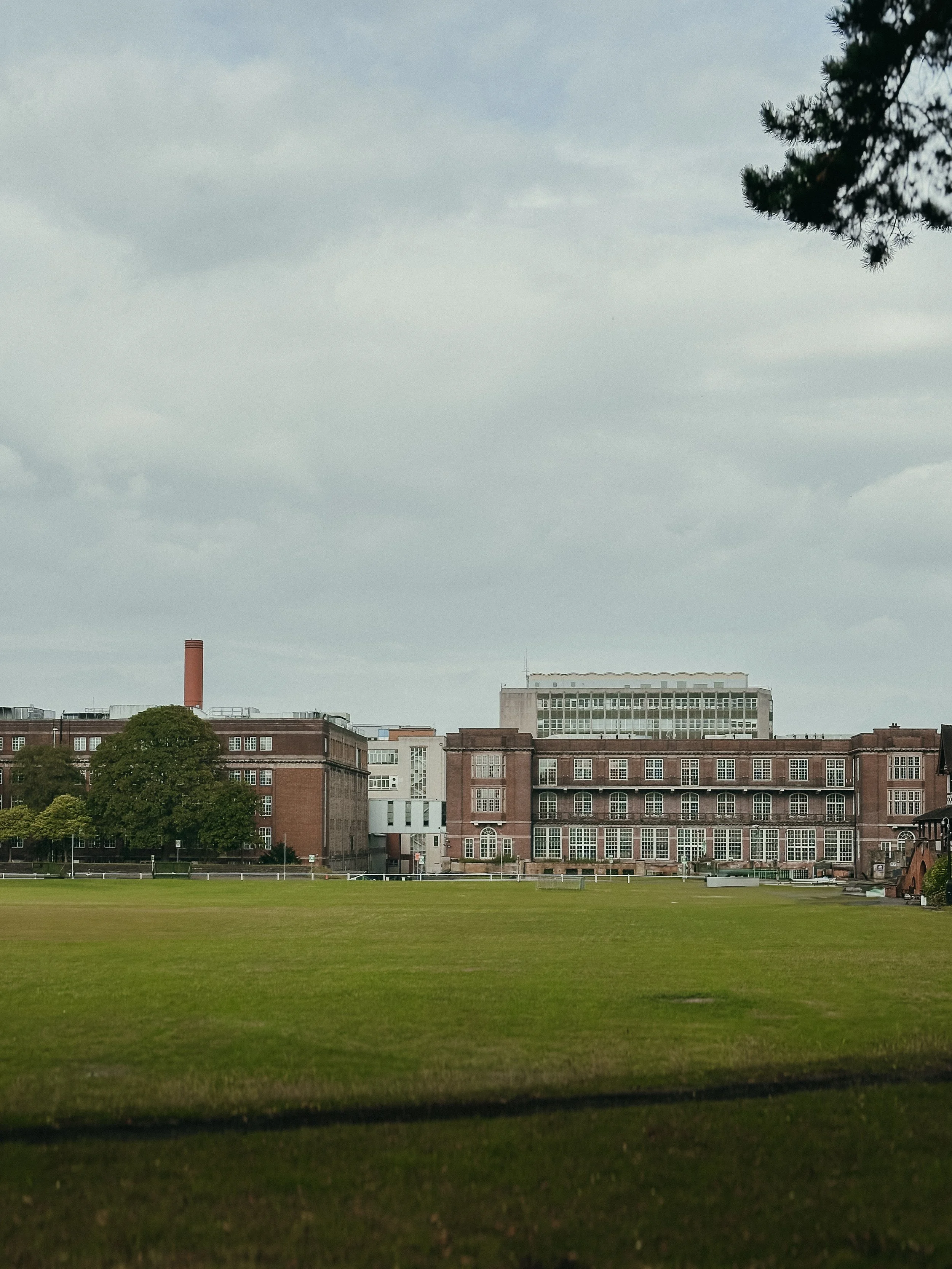Spring/Summer ‘25
Okay, I agree - it has been a while. Nearly four months in fact, but I am back and who knows for how long this time?! But, let’s not dwell too much on the quite terrible excuses I could provide you for not sharing my latest adventures, which I’m sure you’d only be too thrilled to hear.
As I write this, we are a couple of days into September, the weather has already started to change, its dark before 9pm and non-stop Christmas movies have begun on a special, dedicated TV channel should you wish to get all festive four months early (and I’m reliably informed some supermarkets have also started selling mince pies and advent calendars). It’s been quite a quiet summer on the photography front. My camera though is probably enjoying the rest. The problem with being a freelancer (that’s my proper job) in television, you have to make hay when the sun does shine and over the last couple of weeks, it has been metaphorically shining in the industry which has been nice. But, I thought this time around I’d provide a little round-up of some of the destinations I’ve visited over the late spring/summer and compile a few images for your enjoyment.
Ladybower Reservoir & Derwent Dam
If you ever find yourself wandering through the rugged beauty of the Peak District, you’ll eventually stumble across one of its most dramatic sights – Ladybower Reservoir. Tucked between rolling moorland and dense woodland, it’s not just a place for a picturesque walk, but a landscape layered with stories, both natural and man-made.
Ladybower, completed in 1945, is the youngest of three interconnected reservoirs in the Upper Derwent Valley, alongside Howden and Derwent. It’s perhaps best known for its striking “plugholes” – giant overflow structures that look like something out of a science-fiction film when the water runs high. But beneath the calm surface lies a more poignant history: two villages, Ashopton and Derwent, were flooded to make way for the reservoir. On very dry summers, you can sometimes spot the remains of the old village buildings peeking through, a ghostly reminder of the people who once lived there.
Just downstream stands the mighty Derwent Dam, a monumental piece of Edwardian engineering completed in 1916. With its towering stone walls and dramatic spillways, it looks like a castle carved into the valley. The dam gained lasting fame during the Second World War when it was used by the RAF’s 617 Squadron to practice for the legendary “Dambusters” raid on Germany’s Ruhr Valley. The dam’s resemblance to the German Möhne Dam made it the perfect training ground, and echoes of that history still draw aviation enthusiasts from around the world.
Today, Ladybower and Derwent are far more peaceful. Walkers, cyclists, and wildlife lovers come here to enjoy the miles of trails, spotting red grouse on the heather moors or catching the mirror-like reflections of the valley in still water. Whether you’re standing on the dam wall feeling dwarfed by its scale, or pausing on a quiet footpath as the sun dips behind the hills, the area has a way of making you feel small – in the best possible sense.
It’s one of those places where engineering, history, and raw natural beauty meet – and the result is unforgettable.
Haworth
There’s something undeniably atmospheric about arriving in Haworth, the little Yorkshire village forever tied to the Brontë sisters. Cobbled streets climb steeply past stone cottages, and the moors stretch out beyond – wild, windswept, and exactly as you’d picture them if you’ve ever read Wuthering Heights.
Haworth itself feels like it belongs to another century. At the top of the village sits the Brontë Parsonage Museum, once home to Charlotte, Emily, Anne, and their brother Branwell. It’s here, in the small rooms overlooking the graveyard and the moors, that some of English literature’s most enduring novels were written. Walking through, you can almost imagine the sisters pacing the floors, whispering ideas, or scribbling by lamplight.
The surrounding landscape is as much a character in their stories as the people who inhabit them. A walk out onto the moors is practically a pilgrimage – past the ruined farmhouse said to have inspired Wuthering Heights, and on towards Top Withens, a lonely shell of a building that sits dramatically against the sky. The wind whistles, the heather brushes your boots, and it’s not hard to see why the Brontës were so inspired.
But Haworth isn’t all solemn history – it’s also a lively village with cosy tea rooms, second-hand bookshops, and old coaching inns that still welcome travellers much as they did in the sisters’ day. The Keighley & Worth Valley Railway, a heritage steam line, adds another layer of charm, chugging its way through the valley and connecting you back to the golden age of rail travel.
Visiting Haworth feels a bit like stepping into a story – part Gothic romance, part timeless English countryside. Whether you come for the literature, the walking, or simply to soak up the atmosphere of a place that seems to hum with history, you’ll leave with the sense that the Brontës are never too far away.
Torremolinos & Mijas
If Ladybower and Haworth feel steeped in mist and moorland moods, Torremolinos is their sun-drenched opposite. Once a humble fishing village on Spain’s Costa del Sol, it became one of Europe’s first package-holiday hotspots in the 1950s and ’60s. The town still carries echoes of its glamorous heyday – when Hollywood stars and jet-setters sipped cocktails along the seafront – but today it mixes that retro seaside energy with modern Mediterranean charm.
Stroll along the Paseo Marítimo, the long palm-lined promenade, and you’ll find stretches of golden sand dotted with sun loungers and chiringuitos (beach bars) serving grilled sardines cooked the traditional way: skewered and roasted over open flames. The old fishing quarter, La Carihuela, has managed to keep its village-like feel, with narrow streets, flower-filled balconies, and some of the best seafood restaurants in the area.
And when the heat of the coast gets too much, it’s just a short drive inland to Mijas, a complete contrast to Torremolinos’ buzz. Perched high in the mountains, Mijas Pueblo is the classic Andalusian whitewashed village, all winding cobbled lanes, terracotta roofs, and bursts of bougainvillea tumbling over walls. From its viewpoints, the Mediterranean glitters far below, and on a clear day you can even catch a glimpse of Morocco across the straits.
Mijas is steeped in tradition – tiny chapels carved into rock, craft shops selling hand-painted ceramics, and cosy tapas bars tucked into shaded squares. Yet it has its quirks too: for years it was famous for its donkey taxis, which carried visitors up and down the steep streets (though today they’re more symbolic, as animal welfare has rightly become a bigger focus).
Together, Torremolinos and Mijas show two sides of the Costa del Sol: the vibrant, beach-loving energy of the coast, and the timeless, slower rhythm of the mountains. Spend the morning with your toes in the sand, the afternoon wandering cobbled alleys scented with jasmine, and you’ll see why people fall in love with this corner of Spain.
Bournville
Tucked just a few miles from Birmingham’s bustling centre lies Bournville, a village that feels worlds away from the city’s industrial roots. Known as the “home of chocolate,” it’s not only the birthplace of Cadbury’s, but also one of the most fascinating examples of a model village in Britain.
Back in the late 19th century, the Cadbury brothers – George and Richard – decided to move their growing chocolate-making business out of the crowded city centre to a cleaner, greener site. They built not just a factory, but an entire village for their workers: neat red-brick houses, tree-lined streets, and generous green spaces designed to give families a healthier, happier way of life. Today, walking through Bournville, you can still feel that vision. The houses are beautifully kept, the gardens are lush, and there’s a distinct sense of community spirit.
Of course, no visit would be complete without a stop at Cadbury World, where you can dive into the story of chocolate itself – from the Mayan jungles to the creation of Dairy Milk – and, of course, indulge in a few samples along the way. But beyond the chocolate, Bournville has plenty of quieter gems: the village green where cricket is still played in summer, the Rest House gifted to George Cadbury by employees, and the striking Bournville Carillon, a tower with 48 bells that chimes across the village.
What makes Bournville so special is the way it blends history, industry, and idealism. It’s not just about chocolate bars and sweet treats – it’s about a pioneering social experiment that showed business could be combined with care for people’s wellbeing. A walk around its leafy streets is a reminder that even in the heart of Britain’s industrial powerhouse, there’s room for vision, community, and a little sweetness.


